In this series, the Giants.com crew is presented with four statements, and they must decide whether they are "fact" or "fiction".
Blake Martinez's talent does not match his recognition around the league.
John Schmeelk: Fact - Martinez does not get nearly enough credit for the consistent brand of football he plays. His ability to read, diagnose and attack what opposing offenses are doing is second to none. The common refrain upon his arrival is that he struggled in coverage, but he proved to be an asset in zone coverage for the Giants last season. He is a tackling machine in the run game, and makes plays at and behind the line of scrimmage. He rarely misses a tackle. There might be some athletic limitations in terms of raw speed, but a smart coach, such as defensive coordinator Patrick Graham, won't put him into situations where he has to carry a speedy tight end or running back down the field in man coverage. He is a good NFL starter and I'm not sure how many people around the league realize it.
Dan Salomone: Fact - His 657 total tackles since he entered the NFL in 2016 are second only to Seattle's Bobby Wagner, a seven-time Pro Bowler and six-time first team All-Pro selection. Martinez has never earned a single honor in either category.
Lance Medow: Fact - Blake Martinez has finished in the top three in the NFL in tackles in each of the last four seasons (2017-20), collecting at least 144 tackles and played in all 16 games in each of those campaigns. While the numbers jump off the page, you also can't overlook the impact he had on the Giants' defense in his first season with the team. Martinez has never made the Pro Bowl and has never been named All-Pro. He's not a flashy player. More often than not, he does the dirty work and the box score rarely does him justice.
The deep pass is the best part of Daniel Jones' game heading into Year 3.
John Schmeelk: Fact - It was the best part of his game in his second season. On passes that traveled at least 20 yards in the air last year, Jones completed 20 of 43 attempts for 652 yards with six touchdowns and no interceptions, according to Pro Football Focus. He was extremely efficient and accurate on those throws. According to PFF, no other quarterback with at least 12 such attempts had a higher pinpoint accuracy or generally accurate rate. It was a big jump from his first season, when he struggled with the deep ball. There are some analytic studies that indicate deep throw accuracy is not normally steady from year to year, but if Jones is able to maintain his high level of play, it gives him high-end potential as a quarterback.
But do not discount his running ability. He is not the best scrambling quarterback, yet used designed runs to keep defenses honest on read-options; he also made explosive plays and opened up holes in their traditional running game.
Dan Salomone: Fact – Despite the offense's struggles, the Giants still ranked third in passer rating on attempts more than 21 yards (128.2). The mobility is a close second for Jones, but the deep pass will be what sets him apart in the long run.
Lance Medow: Fiction - Jones' mobility and threat as a runner is the best part of his game heading into his third season in the NFL. That's not to say he doesn't have a good deep pass or there hasn't been continued growth in that department, but his ability to move outside of the pocket to extend plays and take off as a runner adds a new dimension to the Giants' offense. We saw that in both games against the Eagles last season. He had an 80-yard run in Week 7 and then added a 34-yard rushing score in Week 10. Let's also not forget the 49-yard run through the Washington defense in Week 6. Unfortunately, hamstring and ankle injuries limited his mobility later in the season and you saw how much that changed the offense and how defense's approached him. When fully healthy, you have to account for Jones' ability as a runner as much as you do as a passer and it makes him that much more dangerous.
View photos of Giants quarterback Daniel Jones throughout his NFL career.

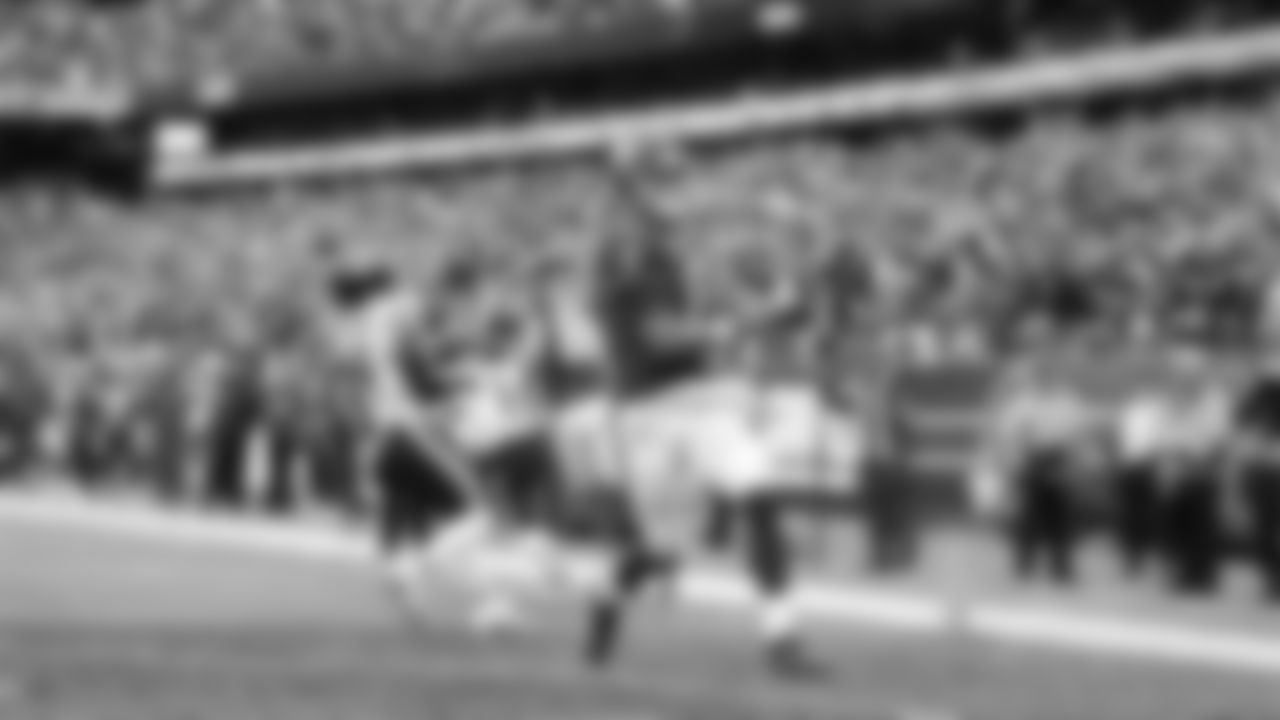

Daniel Jones (8)

Daniel Jones (8)


The New York Giants take on the Baltimore Ravens at Metlife Stadium in East Rutherford, NJ on Sunday October 16, 2022. (Ben Solomon/New York Giants)

Daniel Jones (8)
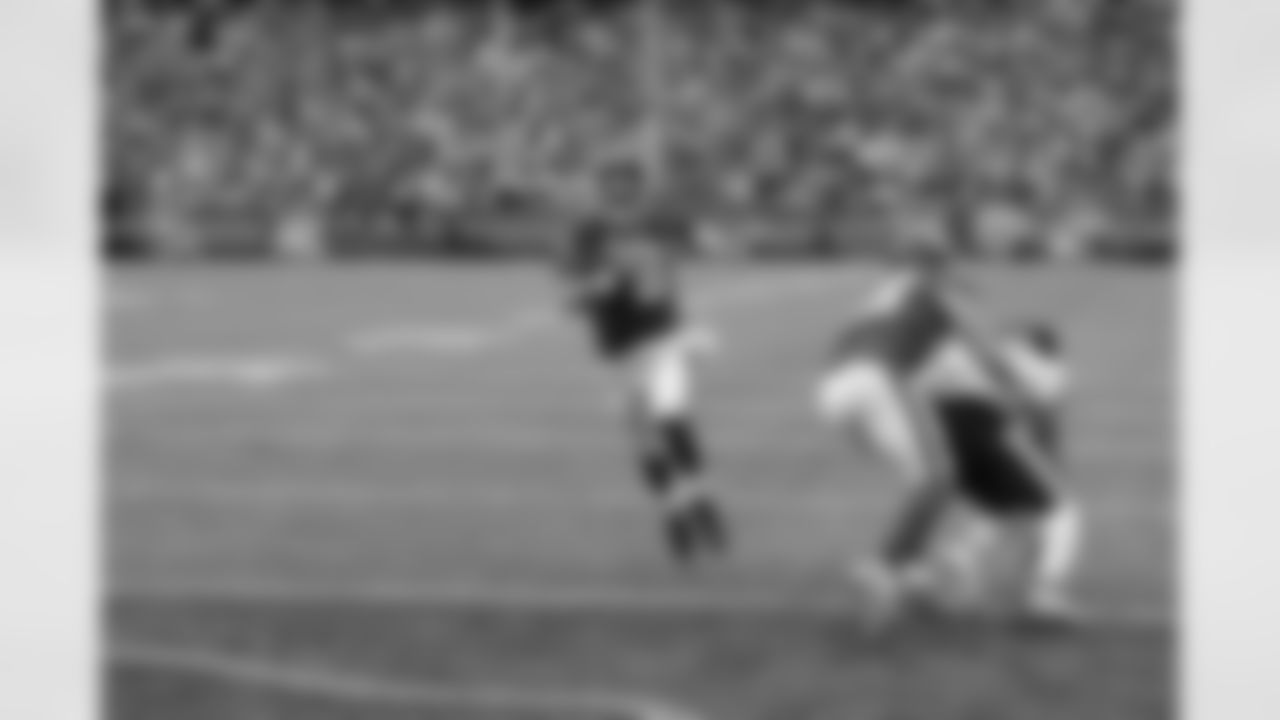
New York Giants quarterback Daniel Jones (8) runs for a touchdown during a footballl game against the Chicago Bears on Sunday October 2, 2022 in East Rutherford, New Jersey (Evan Pinkus/NY Giants)
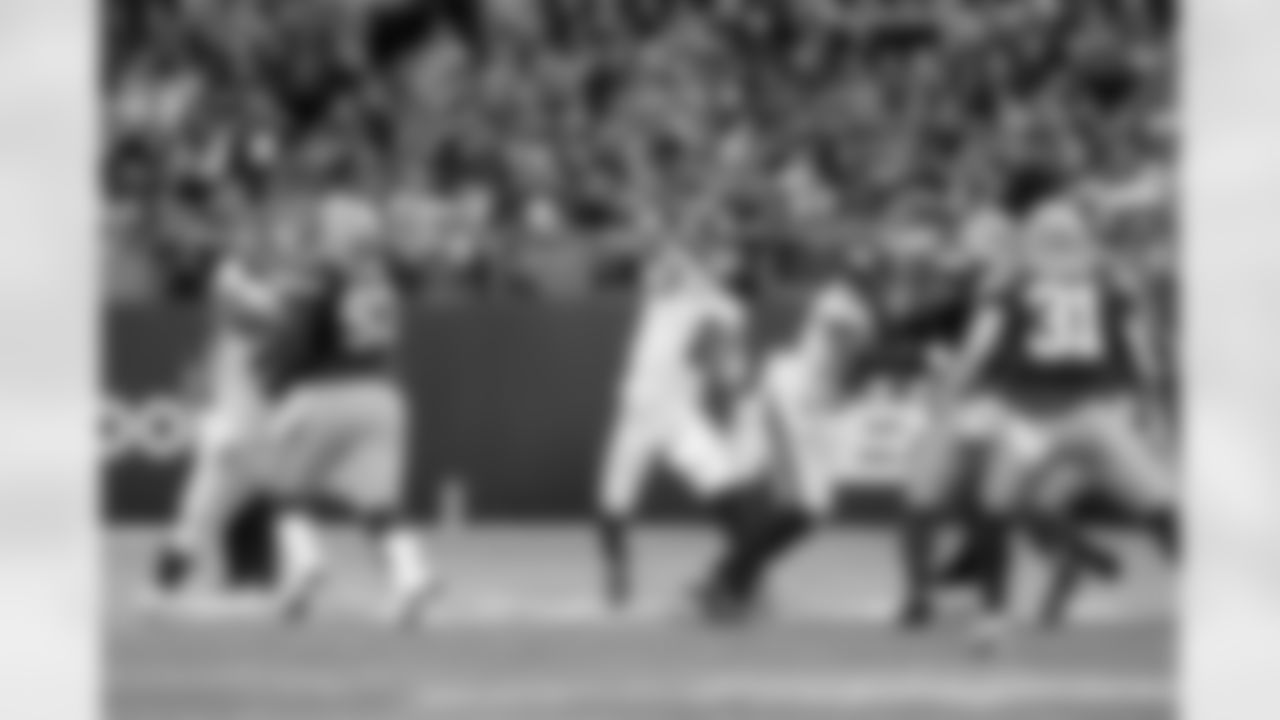
Daniel Jones (8)
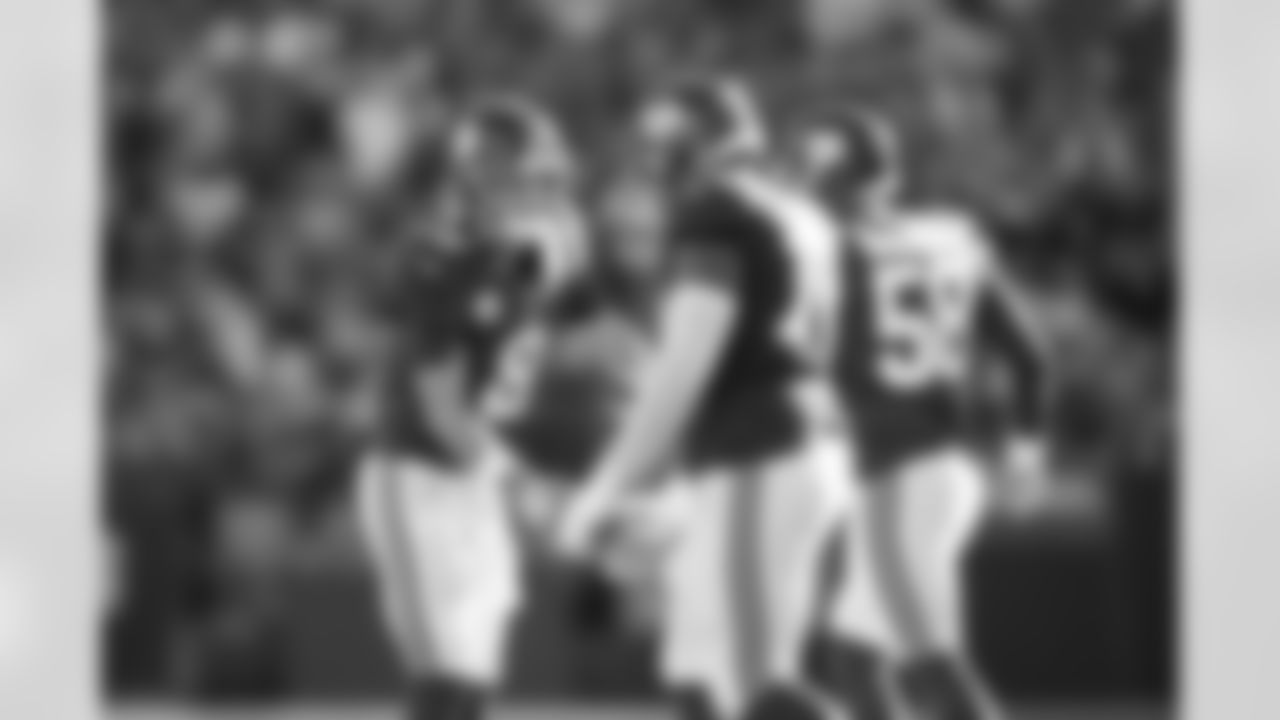
Daniel Jones (8), Andrew Thomas (78)

New York Giants quarterback Daniel Jones (8) runs the ball during week 1 football game against the Tennessee Titans on Sunday September 11, 2022 in Nashville, Tennesse (Evan Pinkus/NY Giants)

Daniel Jones (8)

Daniel Jones (8)
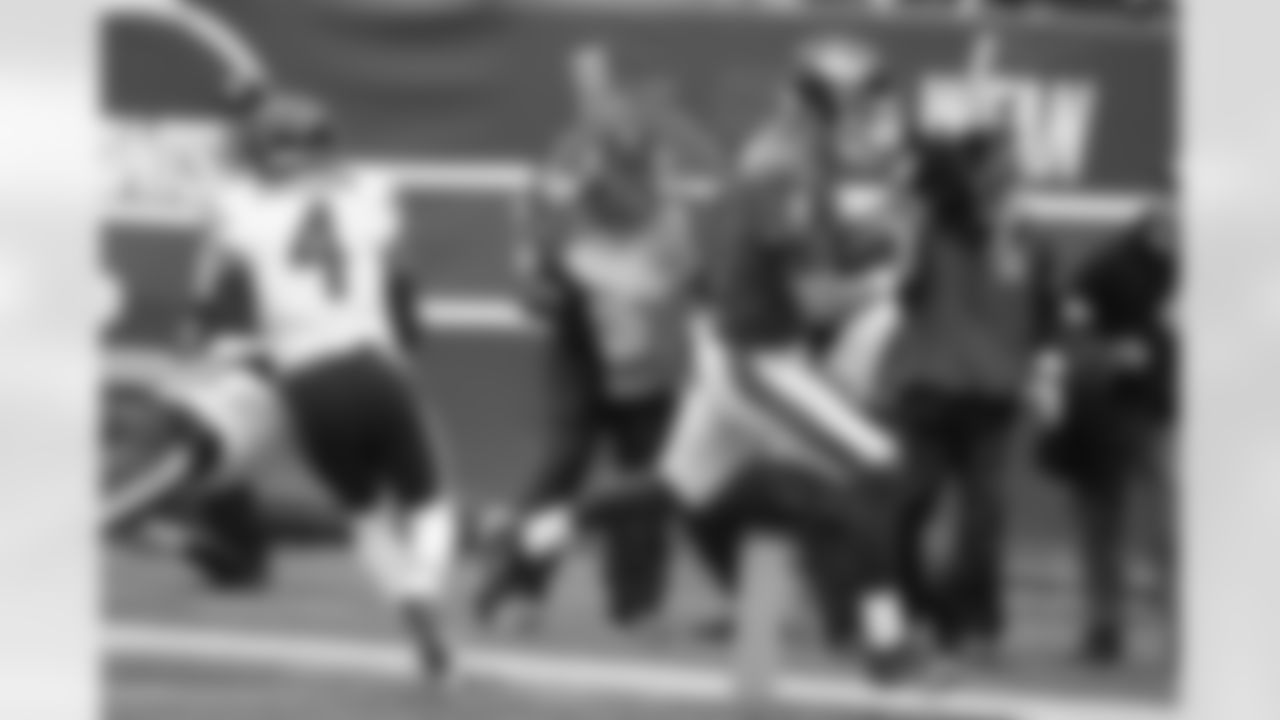
New York Giants quarterback Daniel Jones (8) during a football game against the Chicago Bears on Sunday October 2, 2022 in East Rutherford, New Jersey (Evan Pinkus/NY Giants)
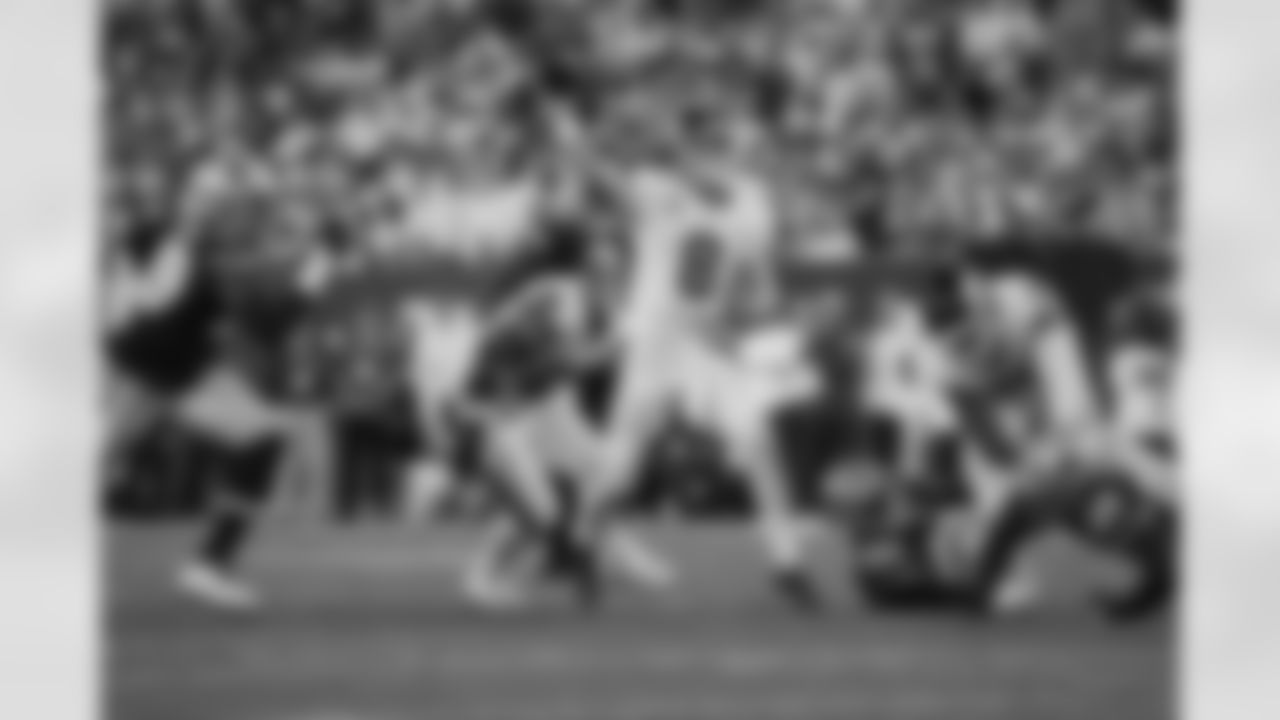

Daniel Jones (8)
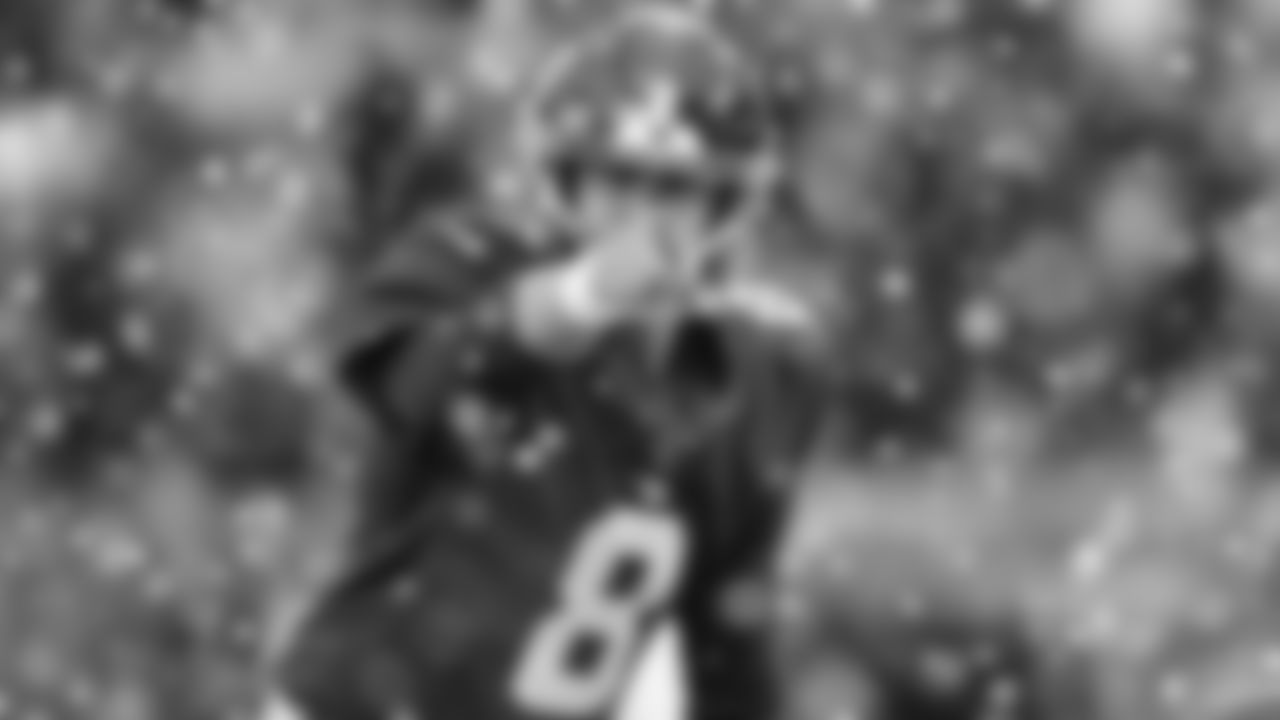
New York Giants quarterback Daniel Jones (8) during a week 13 regular season game against the Green Bay Packers at MetLife Stadium on Sunday December 1st, 2019 in East Rutherford, New Jersey

Daniel Jones (8)
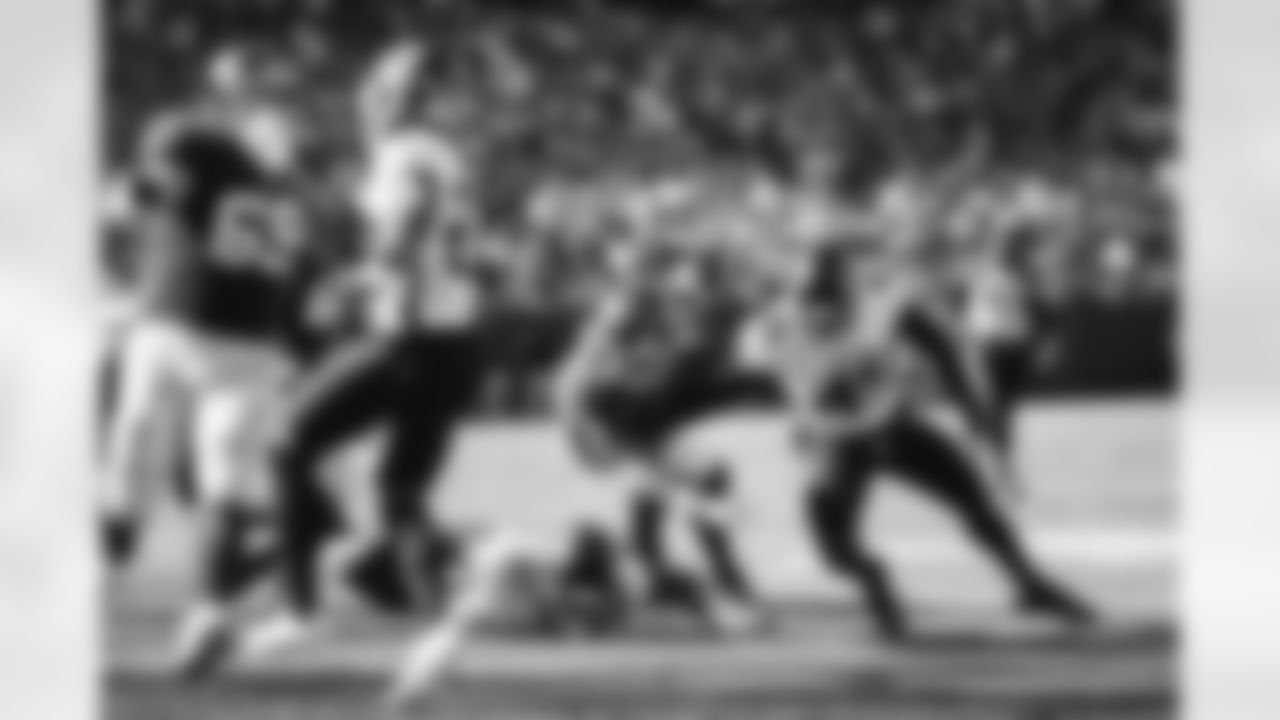
Daniel Jones (8)

New York Giants quarterback Daniel Jones (8) reacts after throwing a touchdown pass in the second half of an NFL football game against the New Orleans Saints in New Orleans, Sunday, Oct. 3, 2021. (AP Photo/Brett Duke)

New York Giants quarterback Daniel Jones (8) runs with the ball during a Week 4 football game against the New Orleans Saints on Sunday October 3, 2021 in New Orleans, Louisiana

New York Giants quarterback Daniel Jones in action during an NFL football game against the Denver Broncos Sunday, Sept. 12, 2021, in East Rutherford, N.J. (AP Photo/Matt Rourke)

New York Giants quarterback Daniel Jones (8) during a week 1 game against the Denver Broncos on September 12th, 2021 in East Rutherford, New Jersey

Daniel Jones (8)

Daniel Jones (8)

Daniel Jones (8), Billy Price (69)

New York Giants quarterback Daniel Jones (8) reacts after a touchdown against the Atlanta Falcons during an NFL football game, Sunday, Sept. 26, 2021, in East Rutherford, N.J. (AP Photo/Adam Hunger)

Daniel Jones (8)
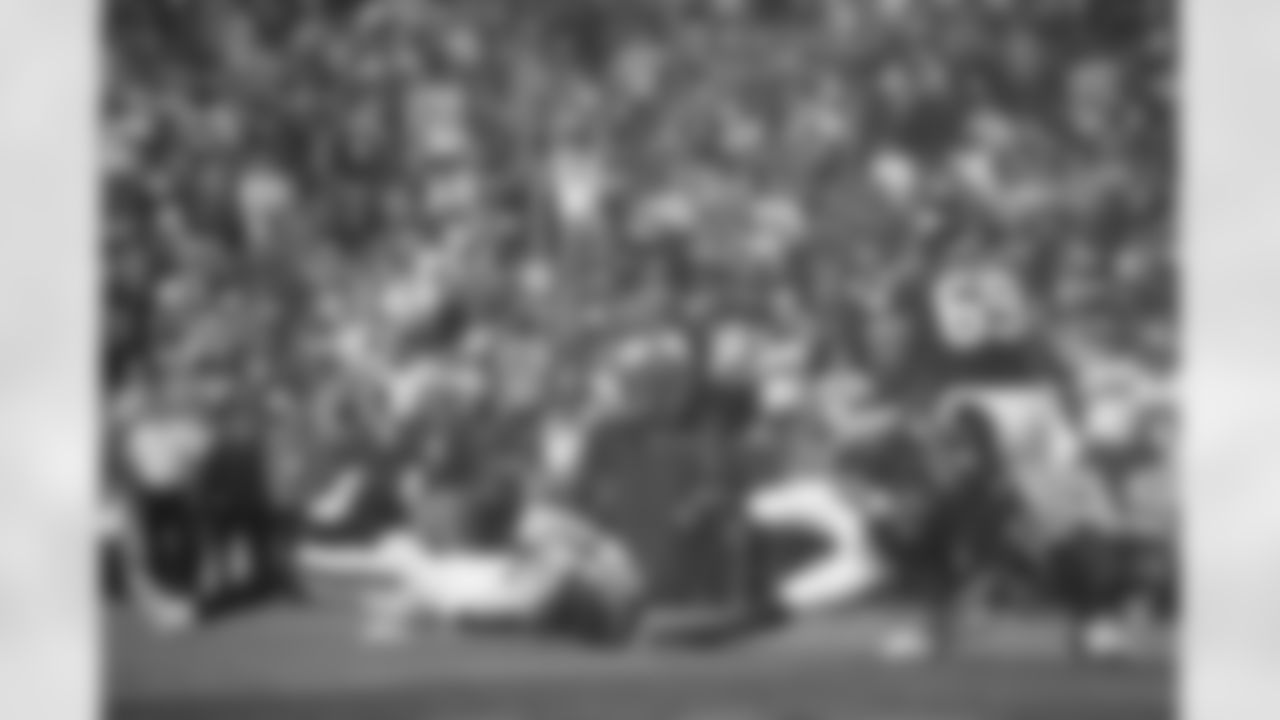
Daniel Jones (8)

New York Giants quarterback Daniel Jones in action during an NFL football game against the Denver Broncos Sunday, Sept. 12, 2021, in East Rutherford, N.J. (AP Photo/Matt Rourke)
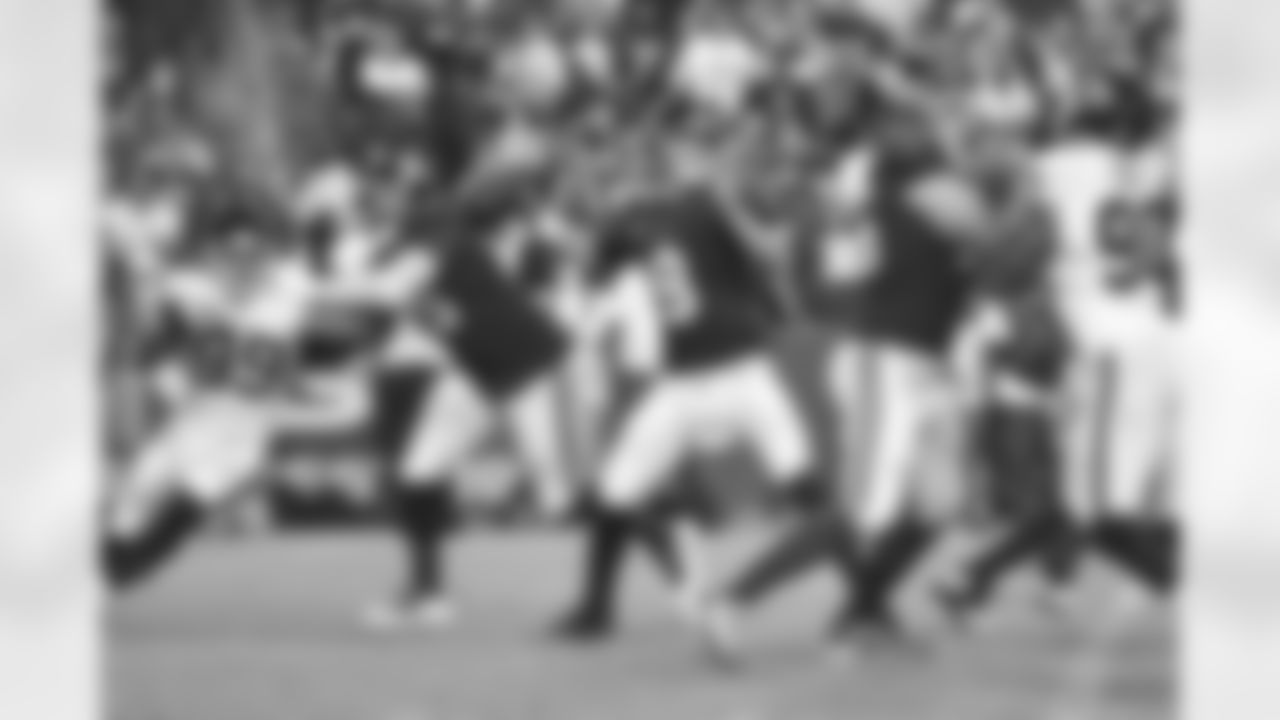
New York Giants quarterback Daniel Jones (8) drops back to pass as he looks downfield for a receiver in an NFL game against the Washington Football Team, Thursday, Sept. 16, 2021, in Landover, Md. The Washington Football Team defeated the Giants 30-29. (Margaret Bowles via AP)

New York Giants quarterback Daniel Jones (8) and running back Saquon Barkley (26) celebrate a touchdown during a week 3 football game against the Atlanta Falcons on Sunday September 26th, 2021 in East Rutherford, New Jersey

New York Giants quarterback Daniel Jones (8) runs downfield with the ball during the first half of an NFL football game against the Washington Football Team, Thursday, Sept. 16, 2021, in Landover, Md. (AP Photo/Patrick Semansky)

New York Giants quarterback Daniel Jones (8) scrambles in the first half of an NFL football game against the New Orleans Saints in New Orleans, Sunday, Oct. 3, 2021. (AP Photo/Derick Hingle)
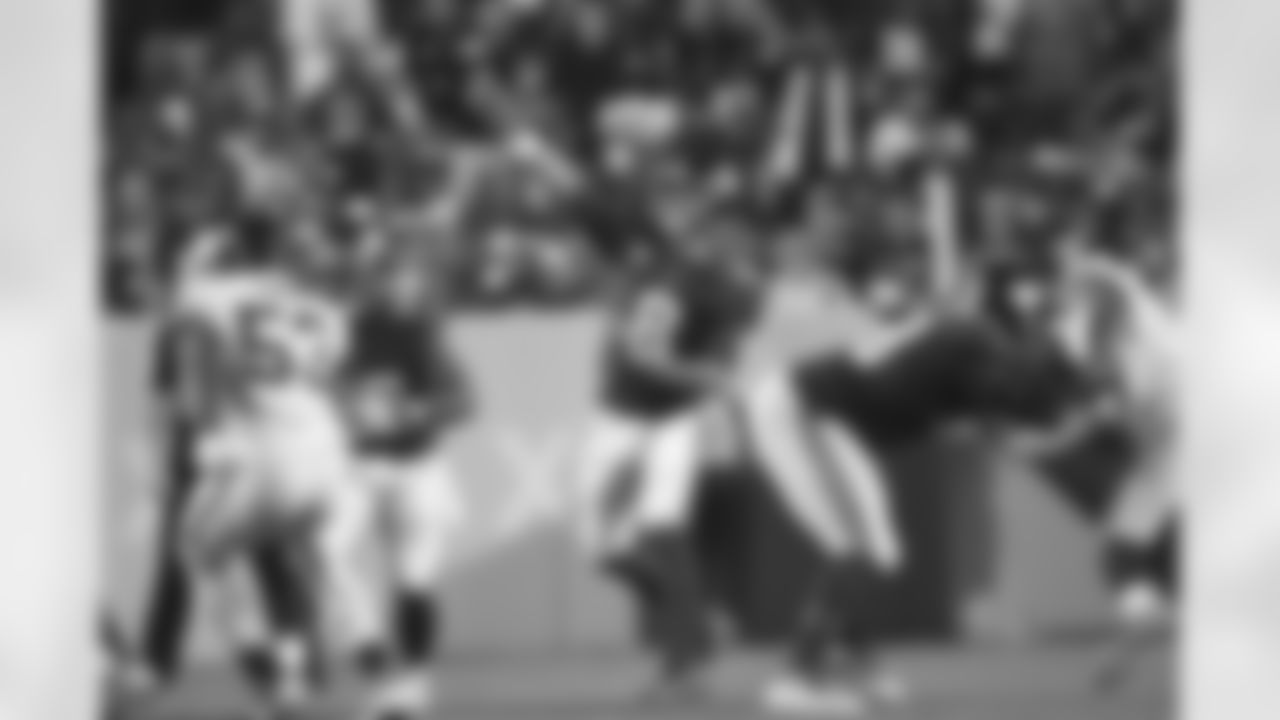
New York Giants quarterback Daniel Jones (8) passes the ball during the first half of an NFL football game against the Washington Football Team, Thursday, Sept. 16, 2021, in Landover, Md. (AP Photo/Terrance Williams)
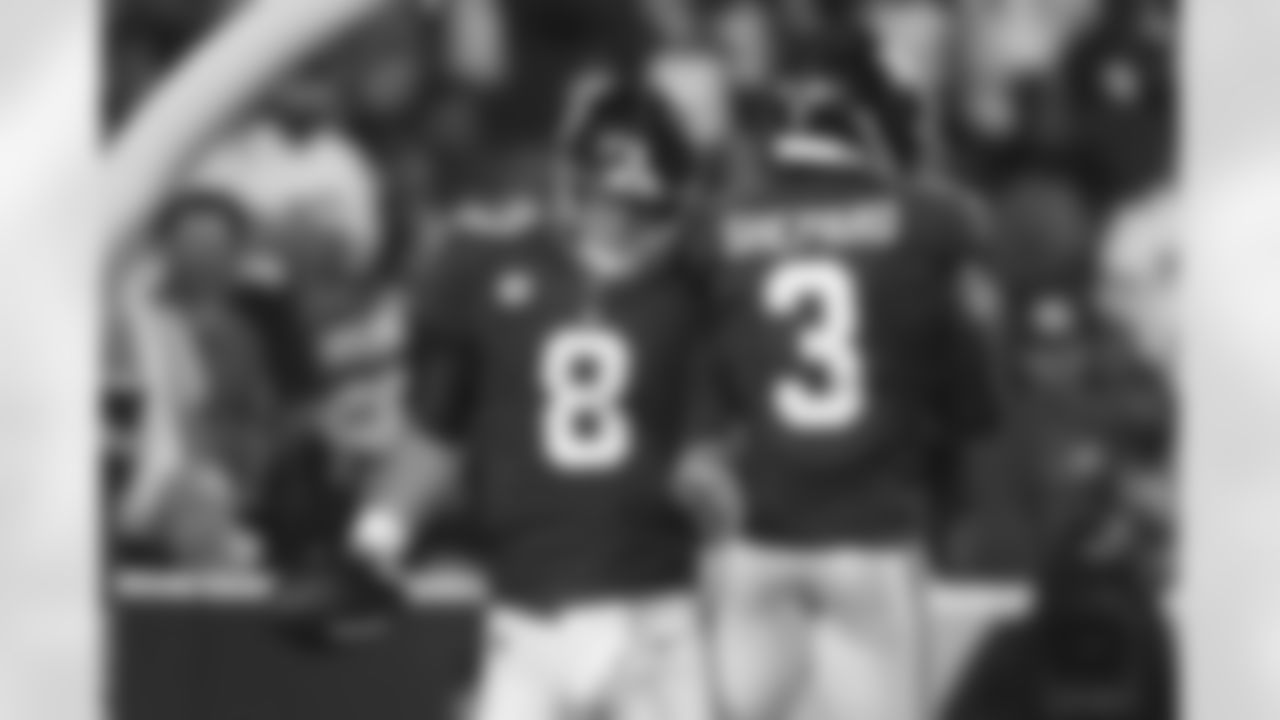
New York Giants quarterback Daniel Jones (8) celebrates after scoring a touchdown with wide receiver Sterling Shepard (3) against the Washington Football Team during an NFL game, Thursday, Sep. 16, 2021, in Landover, Md. Washington beat the Giants 30-29. (Cooper Neill via AP)

New York Giants quarterback Daniel Jones (8) calls a play in the huddle during a Week 4 football game against the New Orleans Saints on Sunday October 3, 2021 in New Orleans, Louisiana
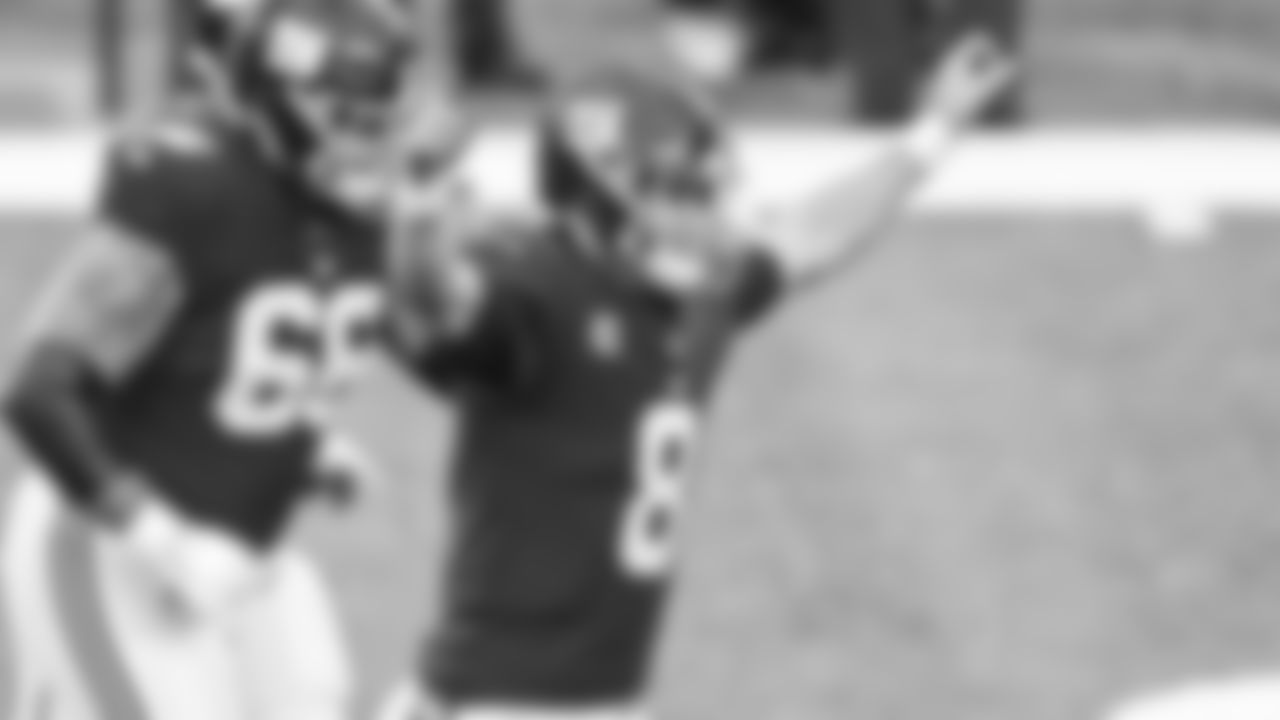
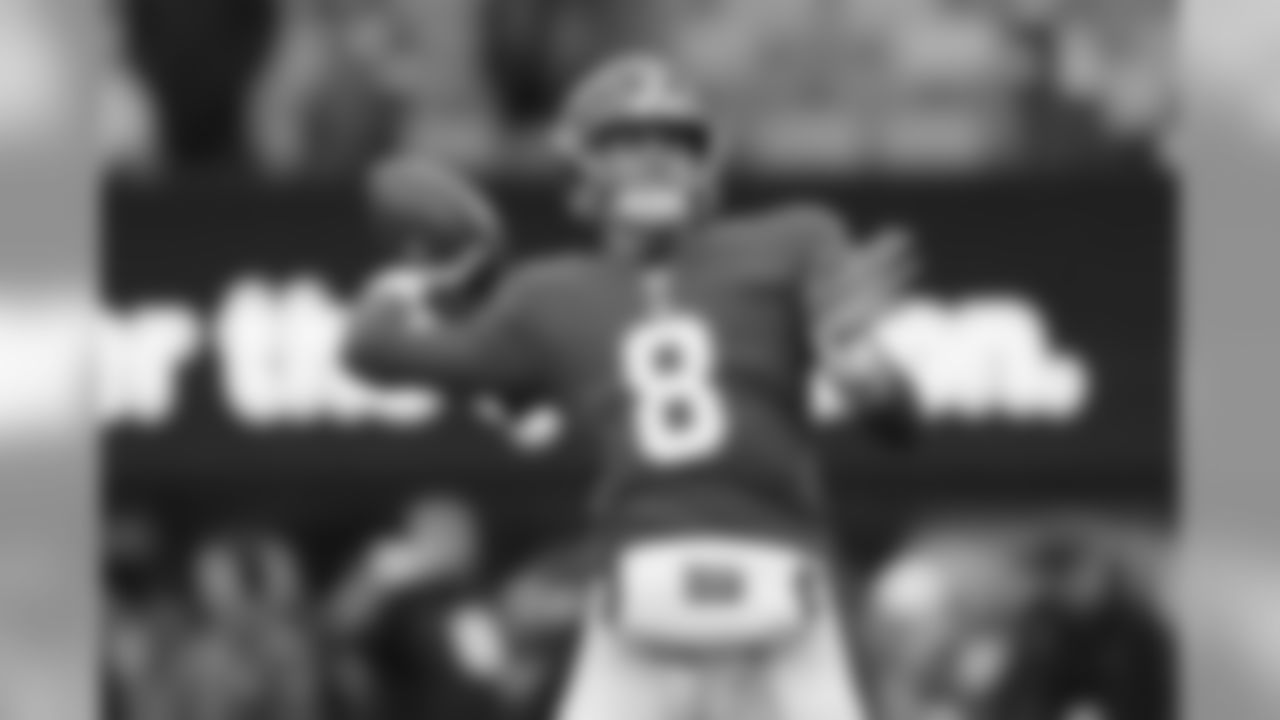
New York Giants quarterback Daniel Jones warms-up before an NFL football game against the Green Bay Packers, Sunday, Dec. 1, 2019, in East Rutherford, N.J. (AP Photo/Adam Hunger)

New York Giants quarterback Daniel Jones (8) runs 7-yards for a touchdown during the second half of an NFL football game against the Tampa Bay Buccaneers Sunday, Sept. 22, 2019, in Tampa, Fla. (AP Photo/Mark LoMoglio)
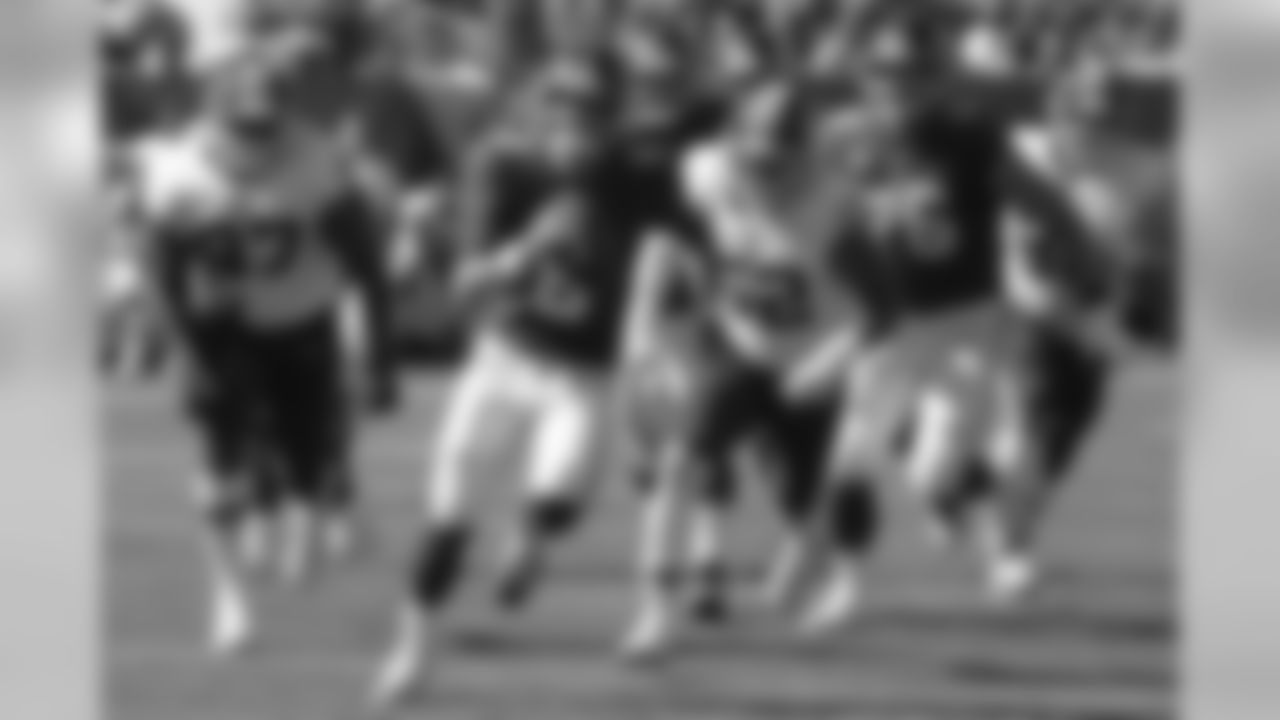
New York Giants quarterback Daniel Jones, second from left, runs the ball during the first half of an NFL football game against the Washington Redskins, Sunday, Sept. 29, 2019, in East Rutherford, N.J. (AP Photo/Bill Kostroun)
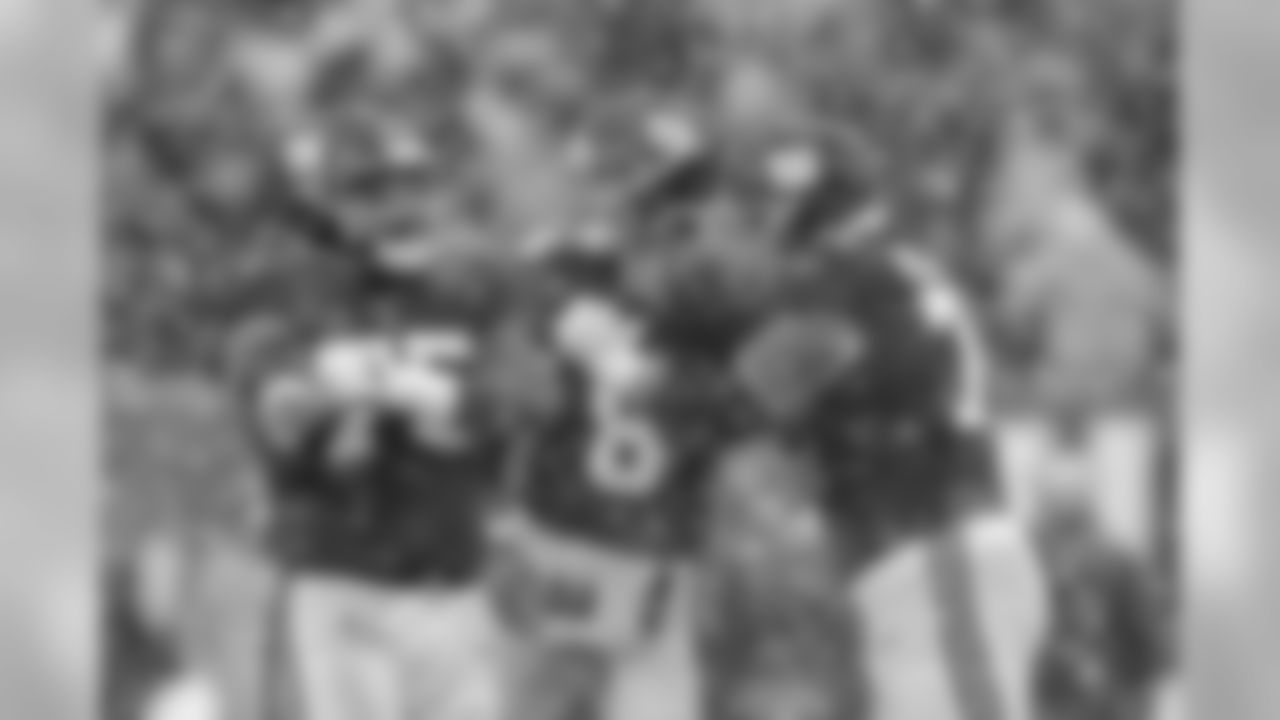
New York Giants quarterback Daniel Jones (8) is congratulated after throwing a touchdown pass during an NFL game against the Green Bay Packers, Sunday Dec.1 2019 in East Rutherford, N.J. The Packers defeated the Giants 31-13. (Damian Strohmeyer via AP)

New York Giants quarterback Daniel Jones (8) talks to his team mates before an NFL football game against the Green Bay Packers Sunday December 1st, 2019 in East Rutherford, New Jersey (Evan Pinkus via AP)

New York Giants quarterback Daniel Jones (8) looks for a receiver during an NFL football game against the Green Bay Packers Sunday December 1st, 2019 in East Rutherford, New Jersey (Evan Pinkus via AP)

New York Giants quarterback Daniel Jones stands on the field before an NFL football game against the Miami Dolphins, Sunday, Dec. 15, 2019, in East Rutherford, N.J. (AP Photo/Seth Wenig)
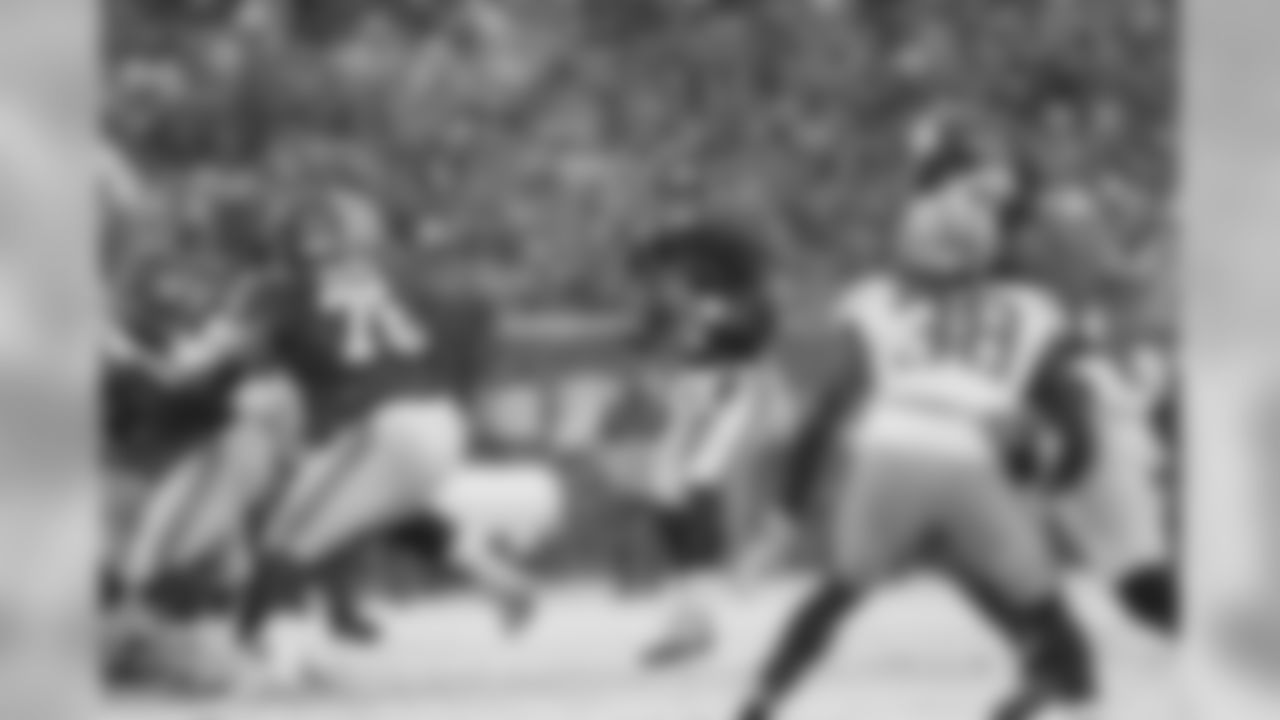
New York Giants quarterback Daniel Jones (8) during an NFL football game against the Green Bay Packers on Sunday, Dec. 1, 2019, in East Rutherford, N.J. (AP Photo/Adam Hunger)
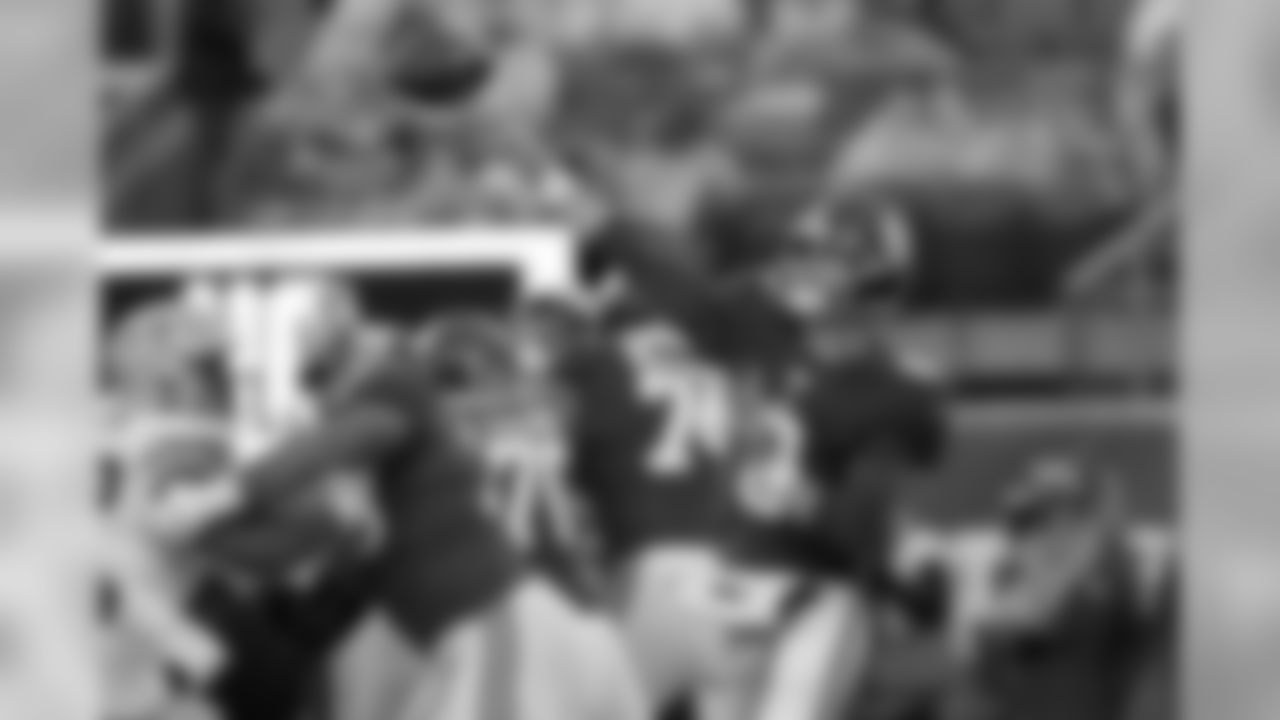
New York Giants quarterback Daniel Jones (8) passes during an NFL football game against the Green Bay Packers on Sunday, Dec. 1, 2019, in East Rutherford, N.J. (AP Photo/Adam Hunger)
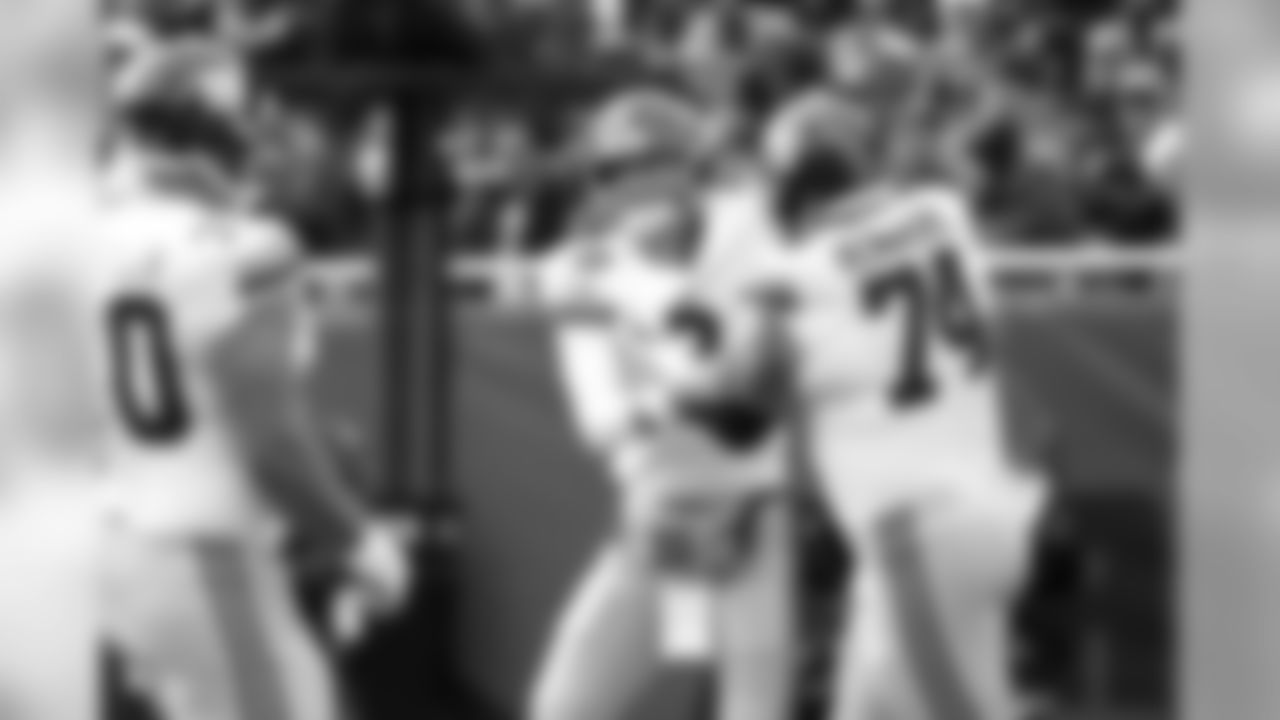
New York Giants offensive lineman Mike Remmers (74) celebrates with quarterback Daniel Jones (8) after a touchdown during an NFL game against the Chicago Bears, Sunday, Nov. 24, 2019 in Chicago. The Bears defeated the Colts 19-14. (Greg Trott via AP)

New York Giants quarterback Daniel Jones (8) during an NFL football game against the Green Bay Packers Sunday December 1st, 2019 in East Rutherford, New Jersey (Evan Pinkus via AP)
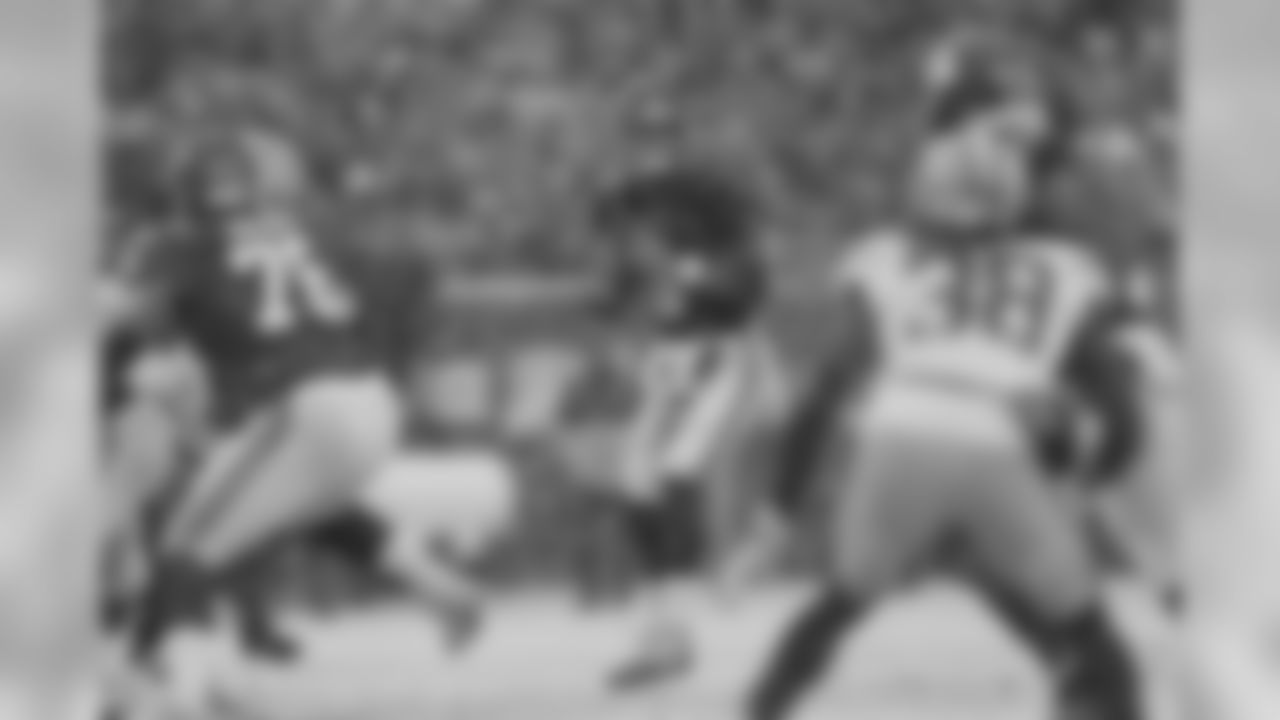
New York Giants quarterback Daniel Jones looks to pass during the first half of an NFL football game against the Green Bay Packers, Sunday, Dec. 1, 2019, in East Rutherford, N.J. (AP Photo/Adam Hunger)

New York Giants quarterback Daniel Jones (8) warms up before an NFL football game against the New York Jets Sunday, Nov. 10, 2019, in East Rutherford, N.J. (AP Photo/Bill Kostroun)

New York Giants quarterback Daniel Jones (8) throws during the first half of an NFL football game against the Green Bay Packers, Sunday, Dec. 1, 2019, in East Rutherford, N.J. (AP Photo/Bill Kostroun)
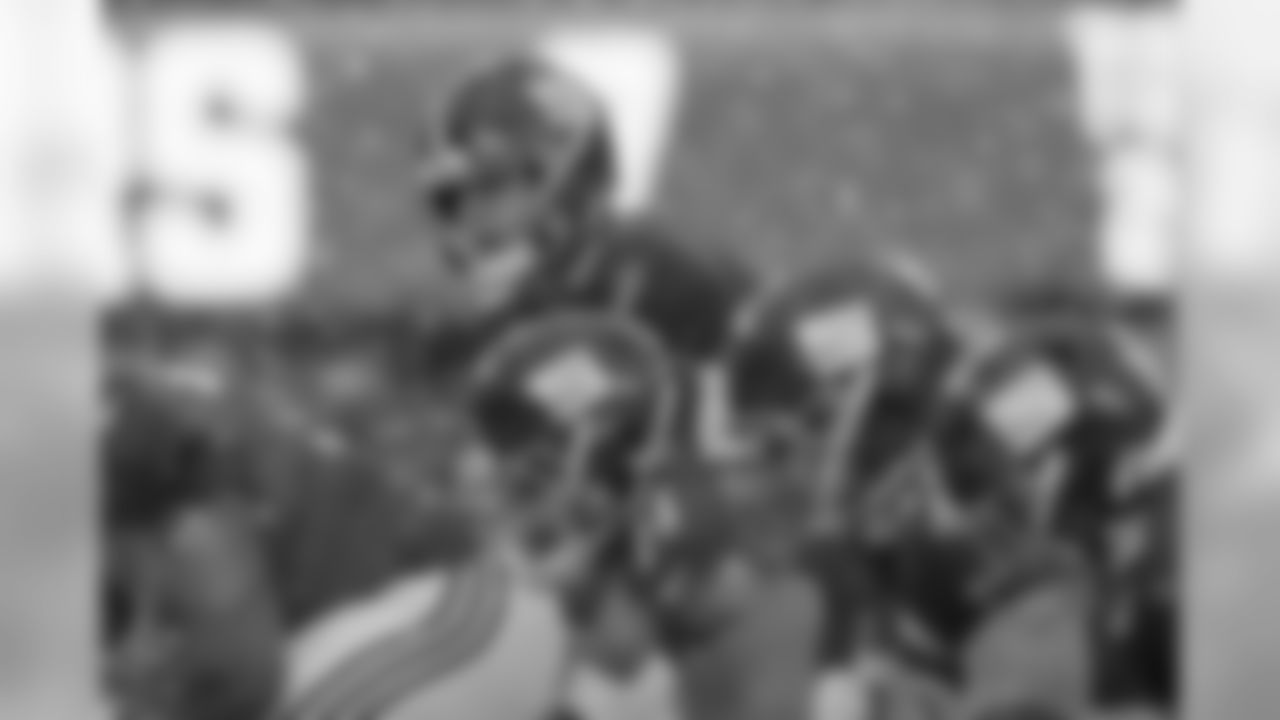
New York Giants quarterback Daniel Jones (8) during an NFL football game against the Green Bay Packers on Sunday, Dec. 1, 2019, in East Rutherford, N.J. (AP Photo/Adam Hunger)

New York Giants quarterback Daniel Jones (8) looks to pass the ball during an NFL football game against the Dallas Cowboys, Monday, Nov. 4, 2019 in East Rutherford, N.J. The Cowboys defeated the Giants 37-18. (Joe Robbins via AP)
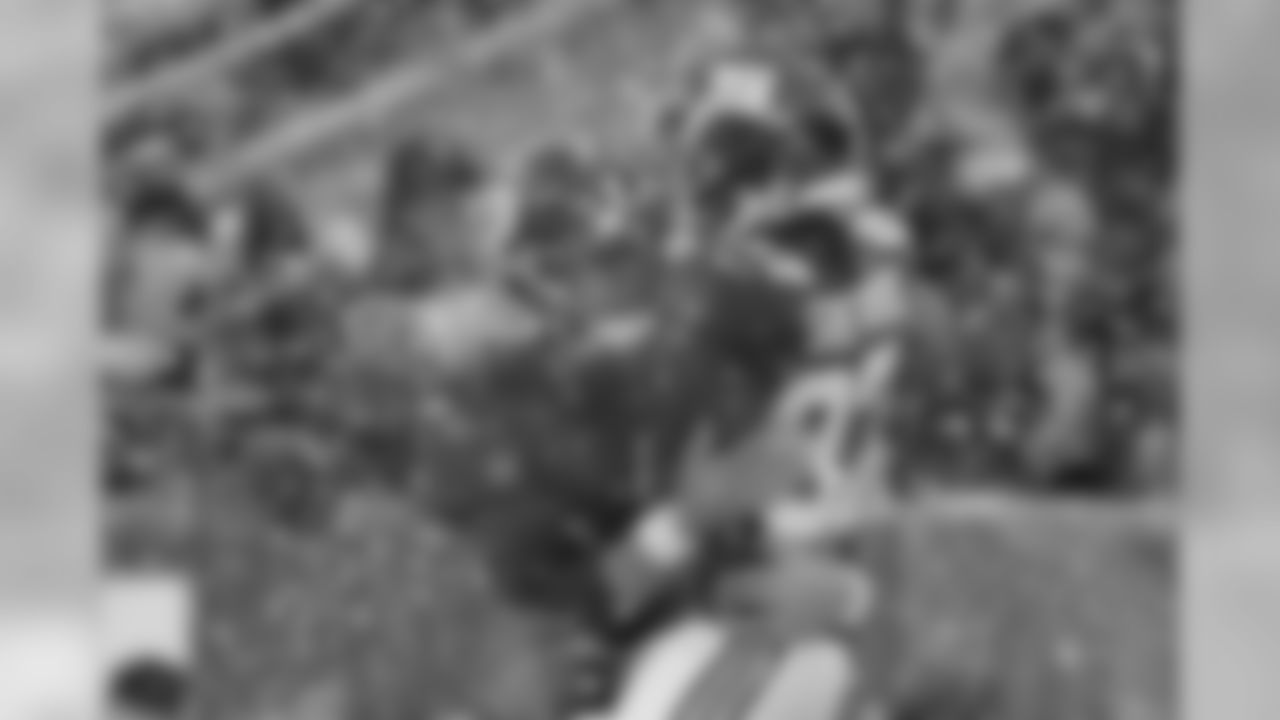
New York Giants wide receiver Sterling Shepard (87) celebrates with quarterback Daniel Jones (8) after Shepard scored a touchdown during the first half of an NFL football game against the Green Bay Packers, Sunday, Dec. 1, 2019, in East Rutherford, N.J. (AP Photo/Bill Kostroun)
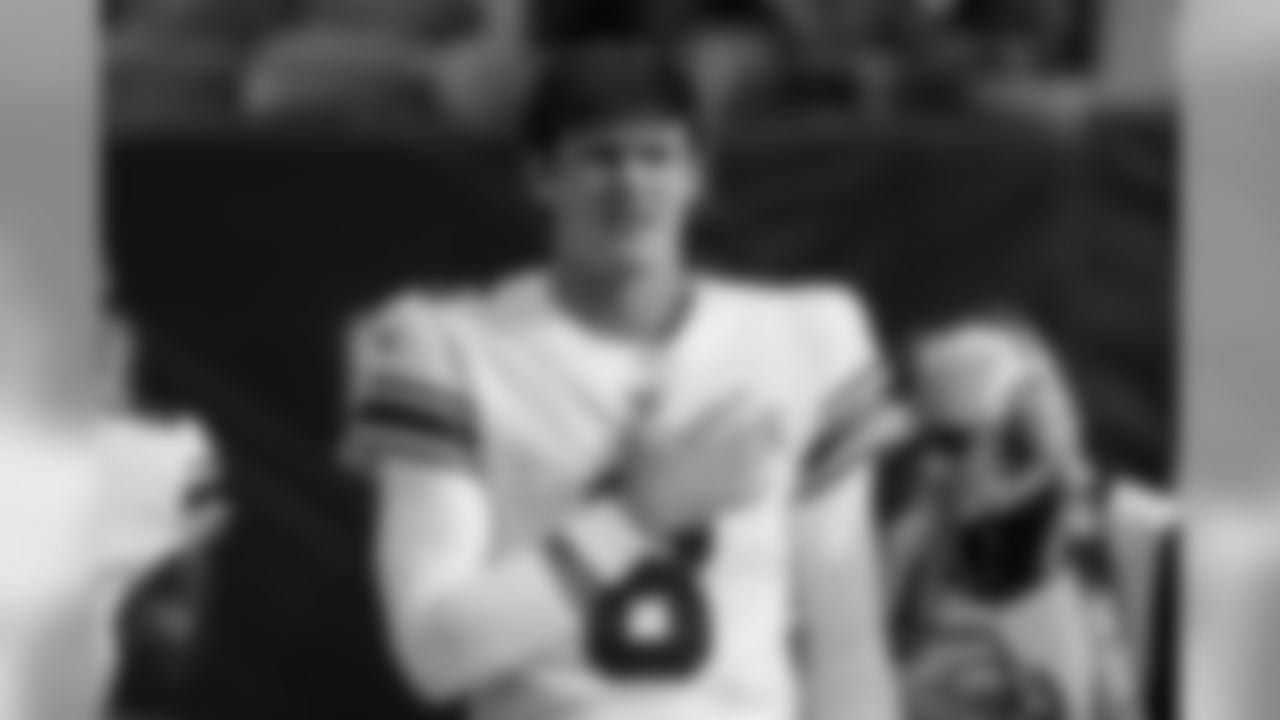
New York Giants quarterback Daniel Jones (8) during the Nation Anthem before an NFL football game against the Chicago Bears in Chicago, Sunday, Nov. 24, 2019. (AP Photo/Charles Rex Arbogast)

New York Giants quarterback Daniel Jones, left, celebrates with Sterling Shepard after a touchdown during the first half of an NFL football game against the Green Bay Packers, Sunday, Dec. 1, 2019, in East Rutherford, N.J. (AP Photo/Bill Kostroun)

New York Giants quarterback Daniel Jones (8) talks with New York Giants wide receiver Golden Tate (15) during a Monday Night NFL football game against the Dallas Cowboys Monday November 4, 2019 in East Rutherford, NJ (Evan Pinkus via AP)
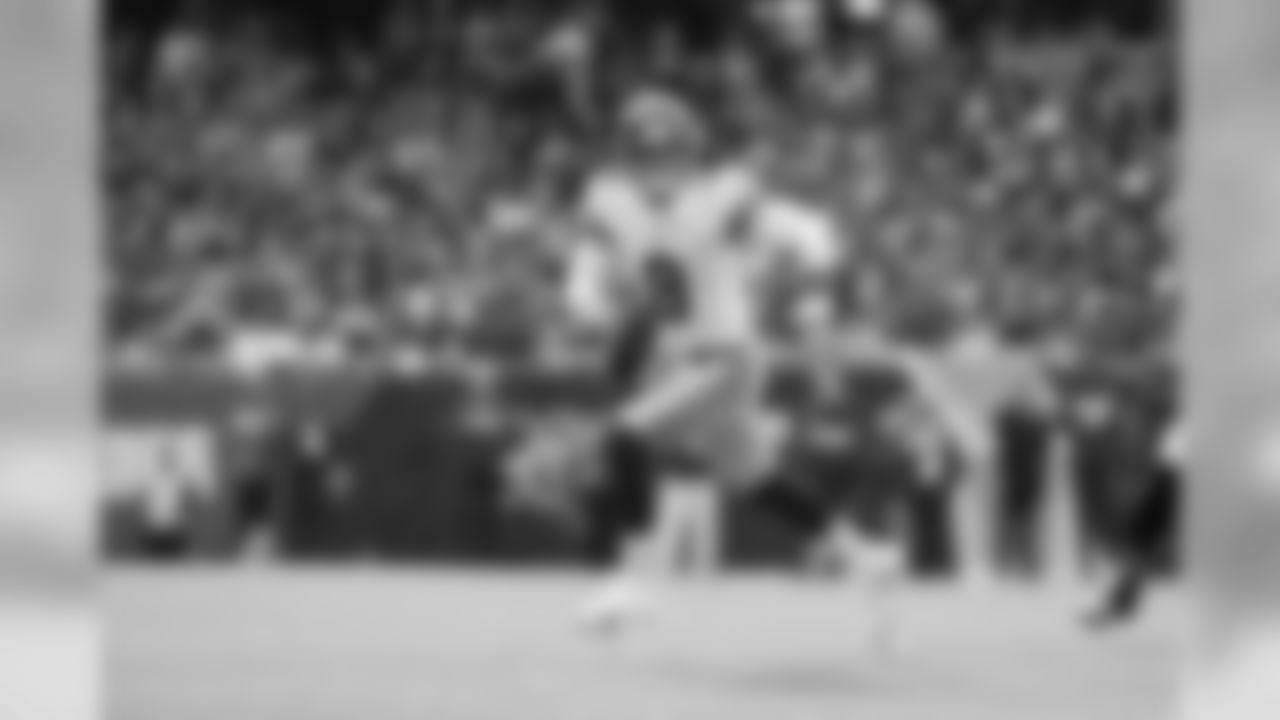
New York Giants quarterback Daniel Jones (8) passes during an NFL game against the Chicago Bears, Sunday, Nov. 24, 2019 in Chicago. The Bears defeated the Colts 19-14. (Greg Trott via AP)

New York Giants running back Saquon Barkley takes a handoff from quarterback Daniel Jones (8) during an NFL football game against the New York Jets, Sunday Nov. 10, 2019 in East Rutherford, N.J. The Jets defeated the Giants 34-27. (Damian Strohmeyer via AP)

New York Giants quarterback Daniel Jones (8) throws the ball prior to an NFL football game against the Dallas Cowboys, Monday, Nov. 4, 2019, in East Rutherford, N.J. Dallas won 37-18. (Aaron M. Sprecher via AP)

New York Giants quarterback Daniel Jones (8) and Eli Manning (10) before a Monday Night NFL football game against the Dallas Cowboys Monday November 4, 2019 in East Rutherford, NJ (Evan Pinkus via AP)
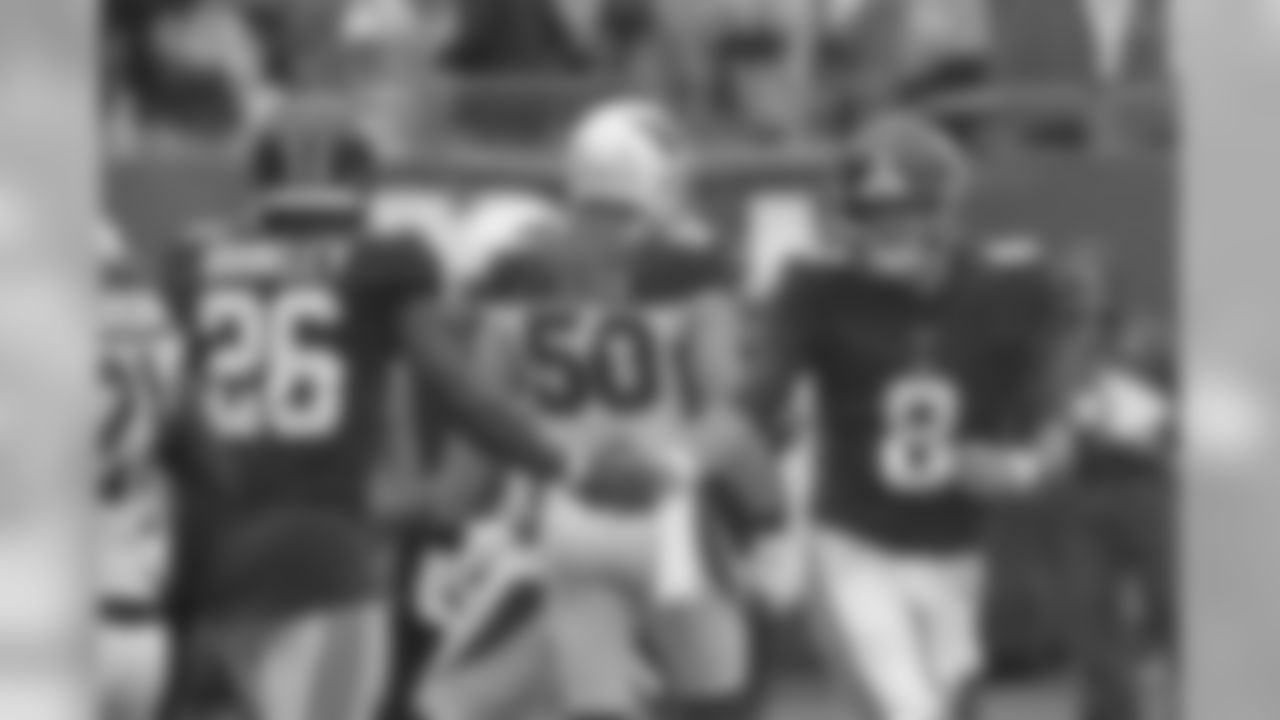
New York Giants quarterback Daniel Jones, right, celebrates a touchdown during the first half of an NFL football game against the Arizona Cardinals, Sunday, Oct. 20, 2019, in East Rutherford, N.J. (AP Photo/Bill Kostroun)
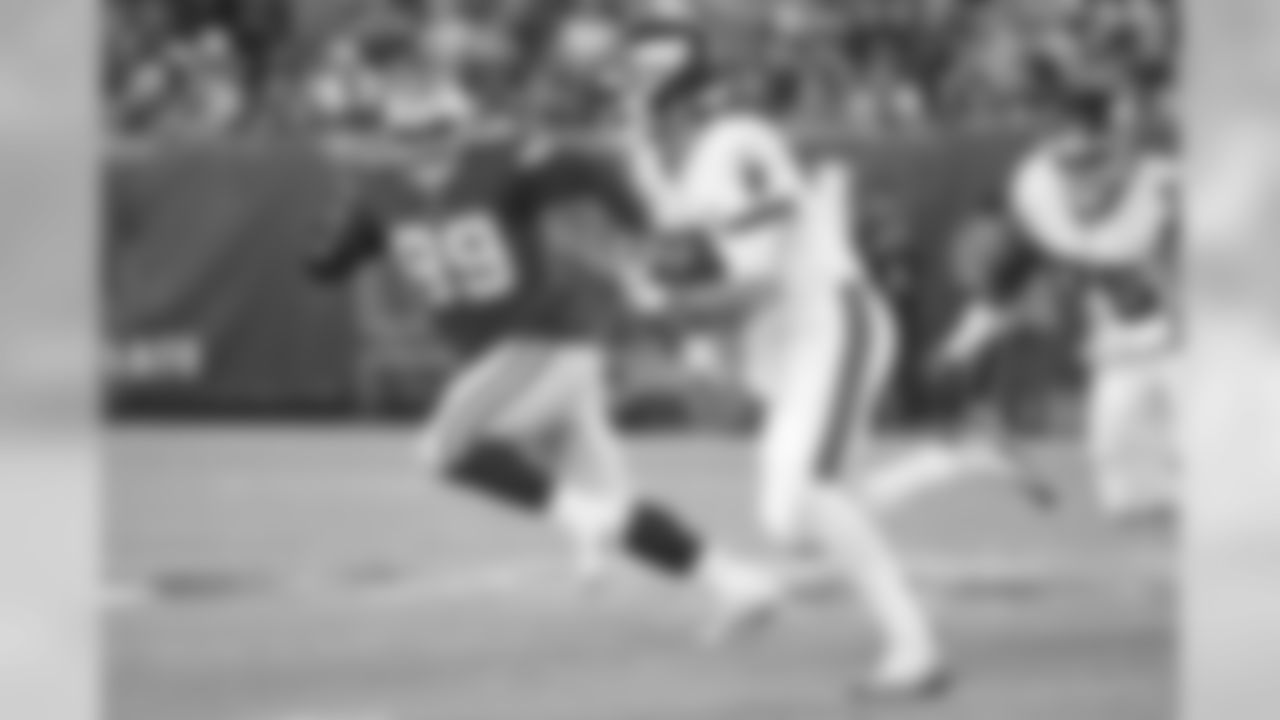
Dallas Cowboys defensive tackle Antwaun Woods (99) pursues New York Giants quarterback Daniel Jones (8) during an NFL football game, Monday, Nov. 4, 2019, in East Rutherford, NJ. The Cowboys defeated the Giants, 38-17. (James D. Smith via AP)
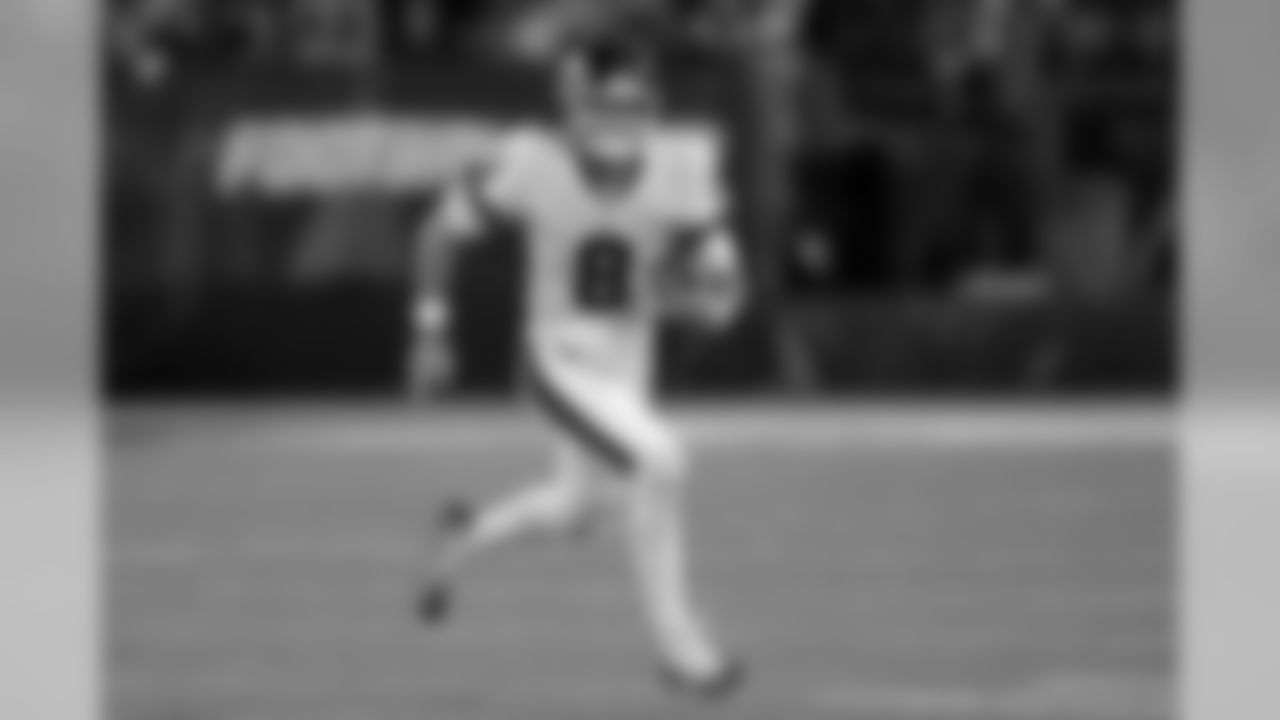
New York Giants quarterback Daniel Jones (8) runs the ball against the Dallas Cowboys during the second quarter of an NFL football game, Monday, Nov. 4, 2019, in East Rutherford, N.J. (AP Photo/Bill Kostroun)
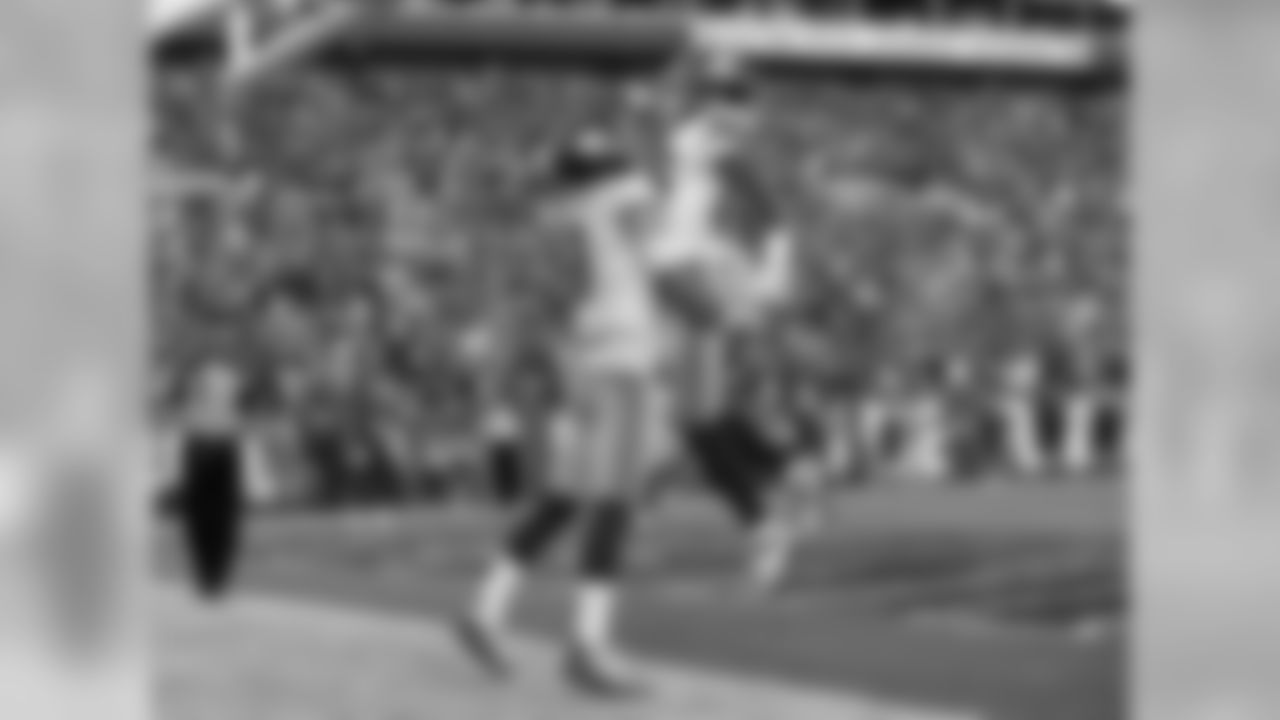
New York Giants quarterback Daniel Jones (8) celebrates his touchdown run against the Tampa Bay Buccaneers with wide receiver Darius Slayton (86) during the second half of an NFL football game Sunday, Sept. 22, 2019, in Tampa, Fla. (AP Photo/Mark LoMoglio)

New York Giants quarterback Daniel Jones (8) calls an audible at the line of scrimmage during the first quarter of an NFL football game against the Dallas Cowboys, Monday, Nov. 4, 2019, in East Rutherford, N.J. (AP Photo/Adam Hunger)

New York Giants quarterback Daniel Jones (8) runs for a touchdown during the first half of an NFL football game against the Tampa Bay Buccaneers on Sunday, Sept. 22, 2019, in Tampa, Fla. The Giants defeated the Buccaneers 32-31. (Perry Knotts via AP)
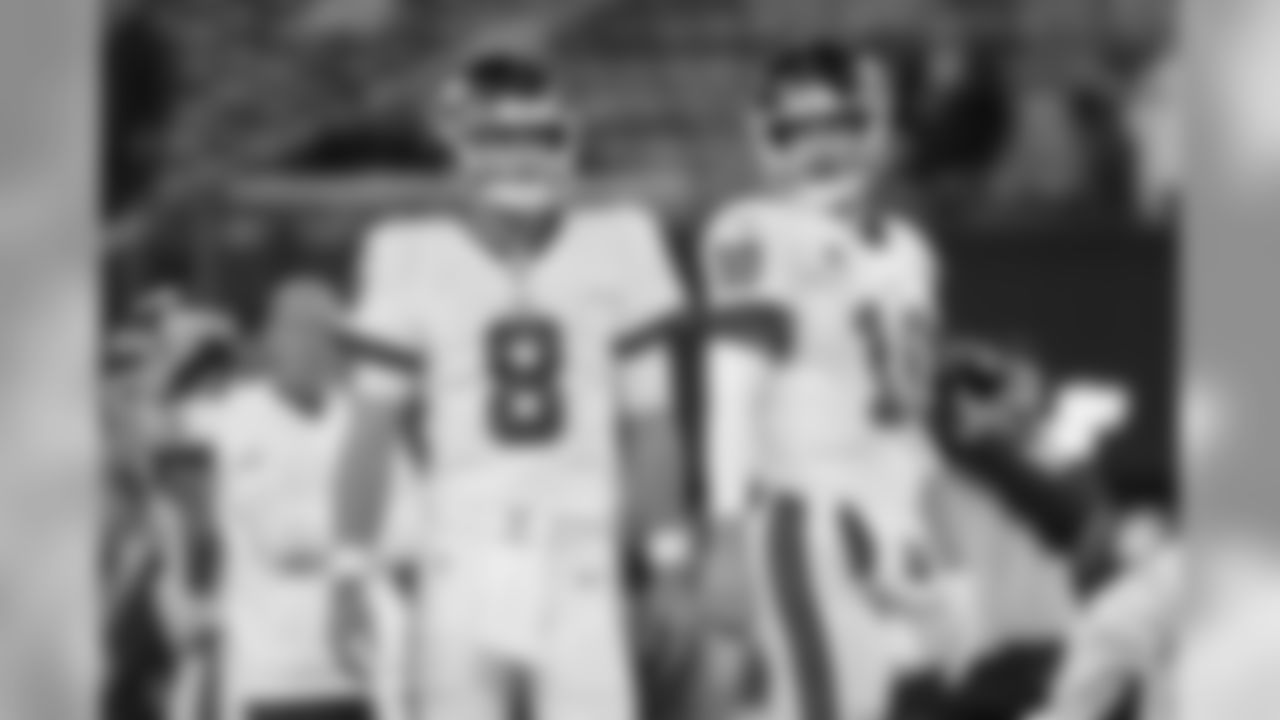
New York Giants quarterback Daniel Jones (8) and quarterback Eli Manning (10) warm up before an NFL football game against the Dallas Cowboys, Monday, Nov. 4, 2019, in East Rutherford, N.J. (AP Photo/Adam Hunger)

QB Daniel Jones (AP Photo/Mark LoMoglio)
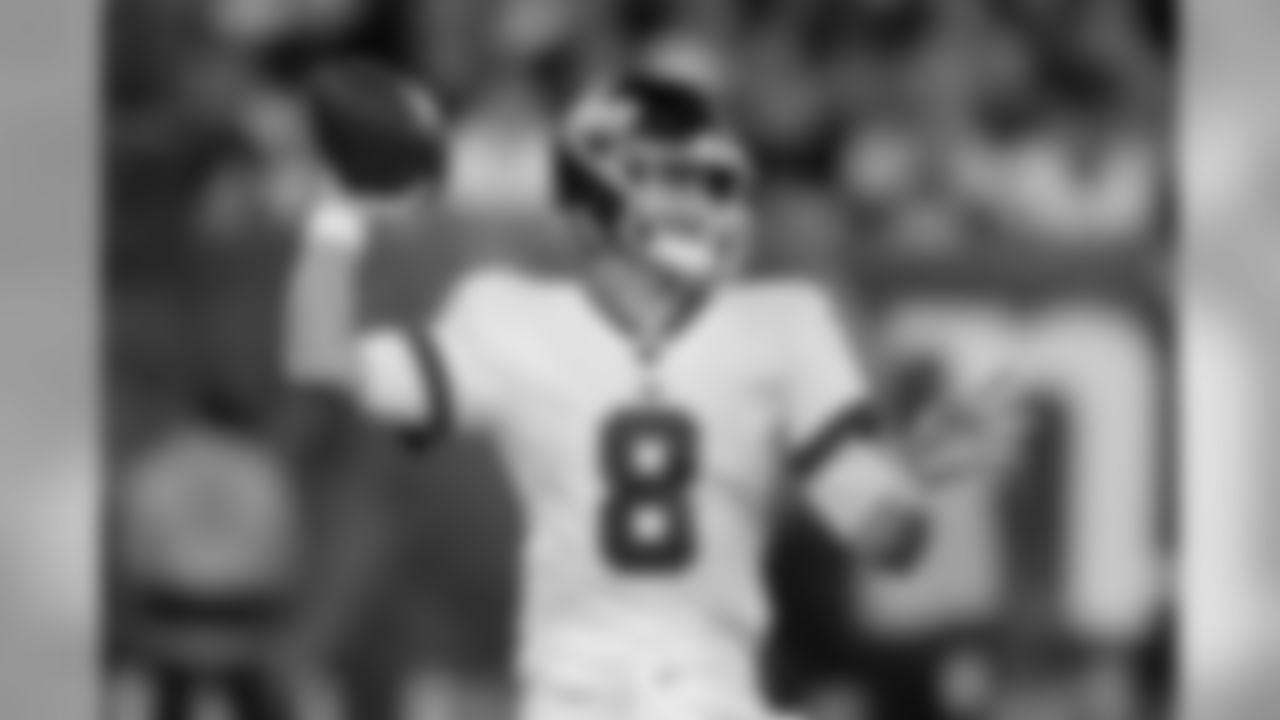
New York Giants quarterback Daniel Jones (8) passes against the Dallas Cowboys during the second quarter of an NFL football game, Monday, Nov. 4, 2019, in East Rutherford, N.J. (AP Photo/Bill Kostroun)
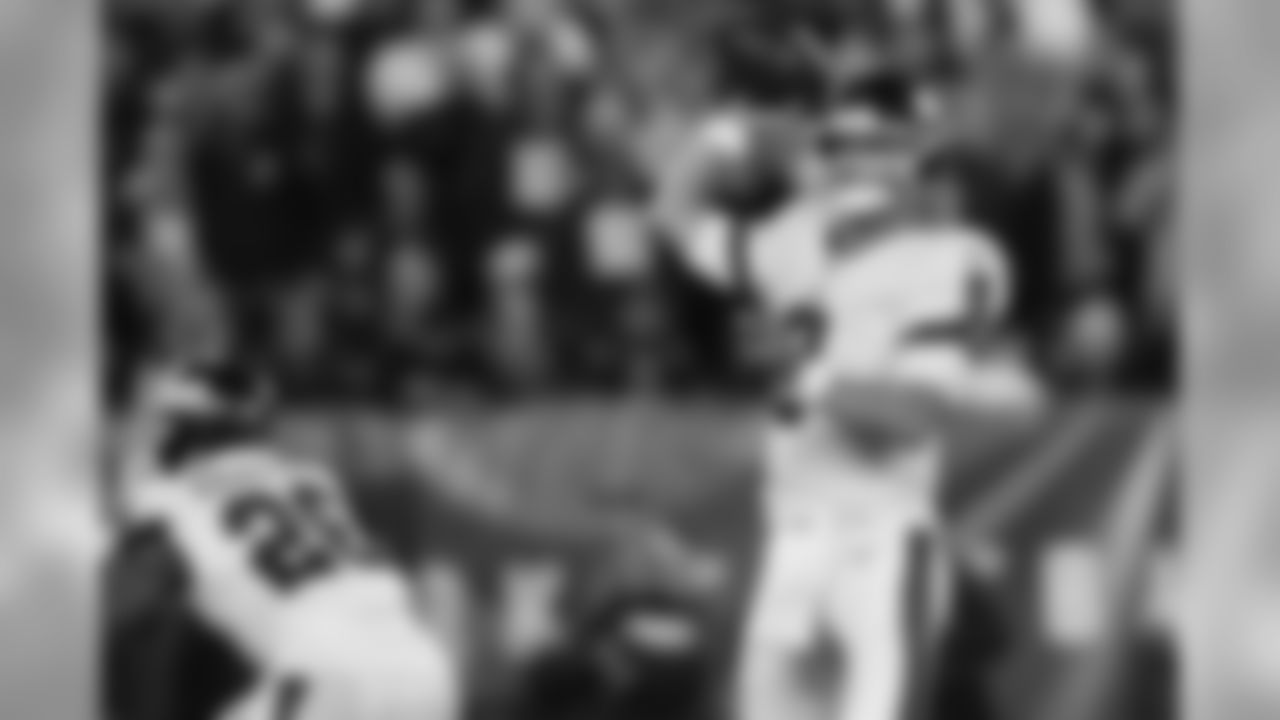
New York Giants quarterback Daniel Jones (8) throws the ball during an NFL football game against the Dallas Cowboys, Monday, Nov. 4, 2019, in East Rutherford, N.J. Dallas won 37-18. (Aaron M. Sprecher via AP)
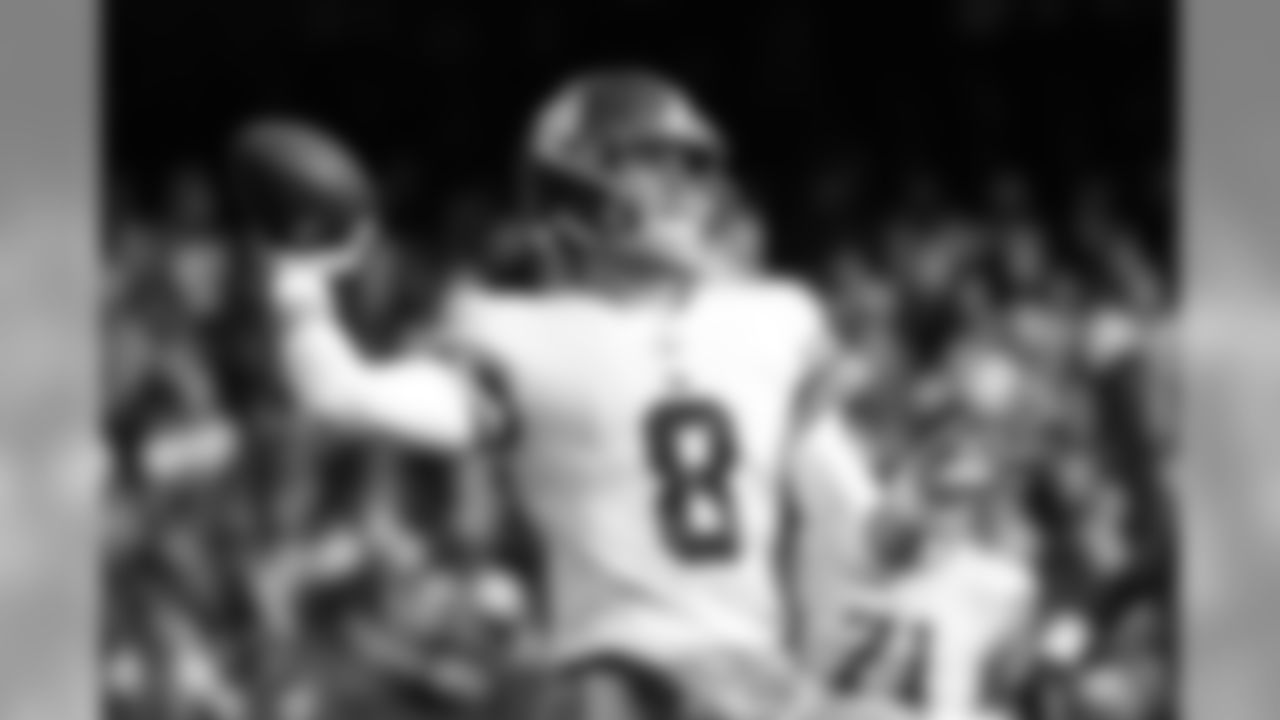
New York Giants quarterback Daniel Jones (8) throws against the Chicago Bears during the first half of an NFL football game in Chicago, Sunday, Nov. 24, 2019. (AP Photo/Paul Sancya)

New York Giants quarterback Daniel Jones (8) throws the ball during an NFL football game against the Dallas Cowboys, Monday, Nov. 4, 2019, in East Rutherford, N.J. Dallas won 37-18. (Aaron M. Sprecher via AP)

New York Giants quarterback Daniel Jones (8) looks to pass against the Dallas Cowboys during the second quarter of an NFL football game, Monday, Nov. 4, 2019, in East Rutherford, N.J. (AP Photo/Adam Hunger)

New York Giants quarterback Daniel Jones (8) looks to pass during an NFL football game against the Philadelphia Eagles on Sunday, Dec. 29, 2019, in East Rutherford, N.J. The Eagles won 34-17. (AP Photo/Vera Nieuwenhuis)
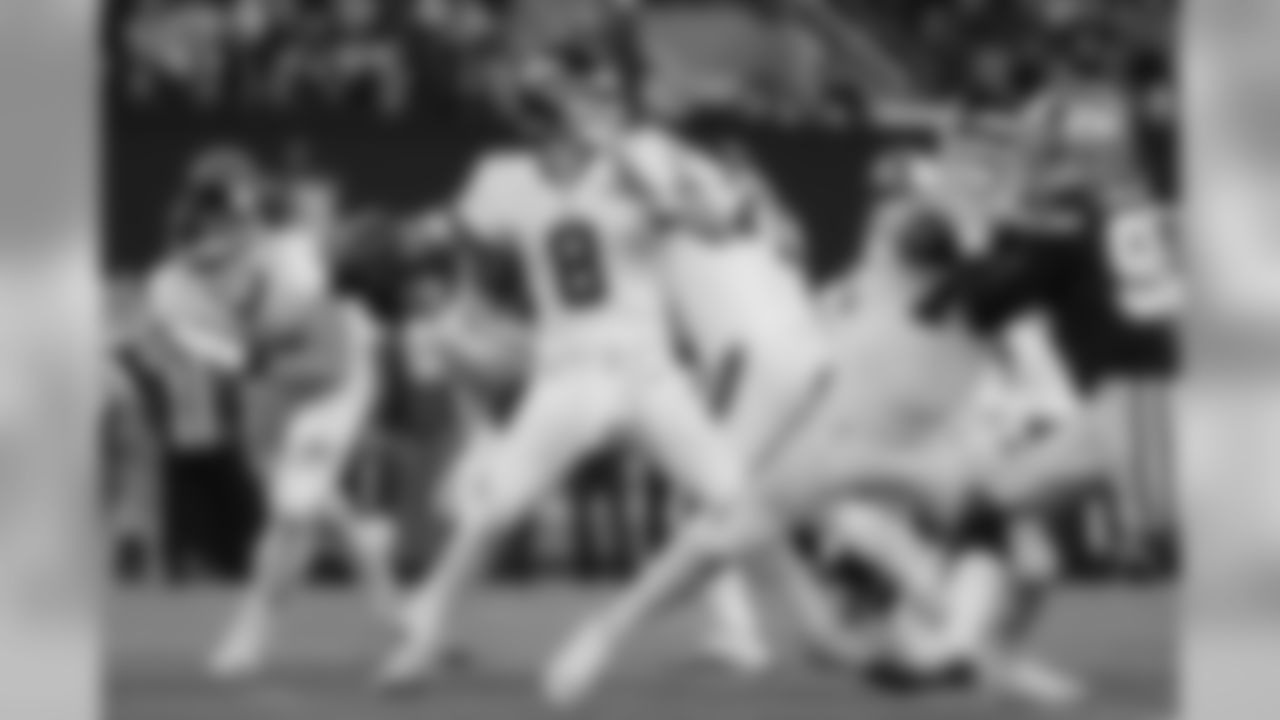
New York Giants quarterback Daniel Jones (8) passes against the Dallas Cowboys during the third quarter of an NFL football game, Monday, Nov. 4, 2019, in East Rutherford, N.J. (AP Photo/Adam Hunger)

New York Giants quarterback Daniel Jones (8) goes back to pass during an NFL football game against the Philadelphia Eagles on Sunday, Dec. 29, 2019, in East Rutherford, N.J. The Eagles won 34-17. (AP Photo/Vera Nieuwenhuis)

New York Giants quarterback Daniel Jones (8) throws a pass during an NFL football game against the New York Jets, Sunday Nov. 10, 2019 in East Rutherford, N.J. The Jets defeated the Giants 34-27. (Damian Strohmeyer via AP)

New York Giants quarterback Daniel Jones (8) looks to pass during an NFL football game against the Philadelphia Eagles on Sunday, Dec. 29, 2019, in East Rutherford, N.J. The Eagles won 34-17. (AP Photo/Vera Nieuwenhuis)

New York Giants quarterback Daniel Jones (8) scrambles during an NFL football game against the Dallas Cowboys, Monday, Nov. 4, 2019, in East Rutherford, N.J. Dallas won 37-18. (Aaron M. Sprecher via AP)

New York Giants quarterback Daniel Jones looks to pass against the Washington Redskins during the first half of an NFL football game, Sunday, Dec. 22, 2019, in Landover, Md. (AP Photo/Patrick Semansky)

New York Giants quarterback Daniel Jones (8) runs with the ball during an NFL football game against the Philadelphia Eagles Sunday December 29th, 2019 in East Rutherford, New Jersey (Evan Pinkus via AP)

New York Giants quarterback Daniel Jones looks to pass against the Washington Redskins during the first half of an NFL football game, Sunday, Dec. 22, 2019, in Landover, Md. (AP Photo/Alex Brandon)
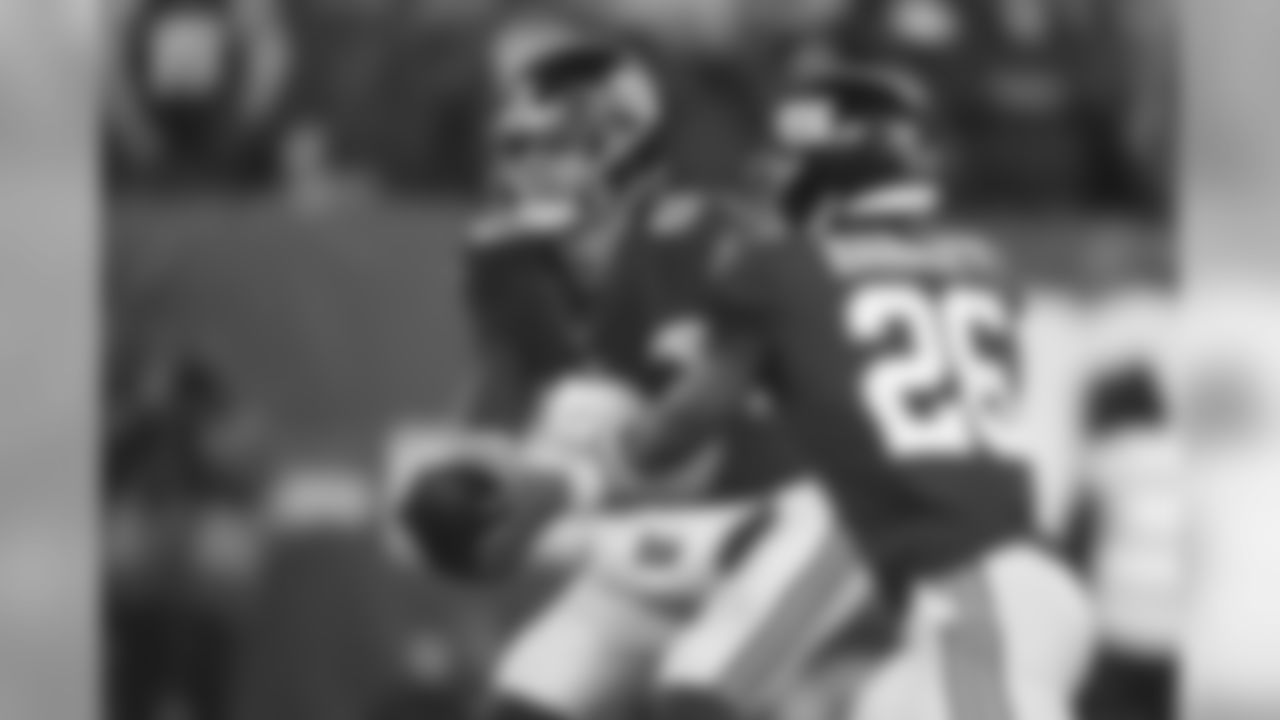
New York Giants quarterback Daniel Jones (8) hands off ball to running back Saquon Barkley (26) during an NFL football game against the Philadelphia Eagles on Sunday, Dec. 29, 2019, in East Rutherford, N.J. The Eagles won 34-17. (AP Photo/Vera Nieuwenhuis)

New York Giants quarterback Daniel Jones (8) throws a pass during an NFL football game against the Philadelphia Eagles Sunday December 29th, 2019 in East Rutherford, New Jersey (Evan Pinkus via AP)
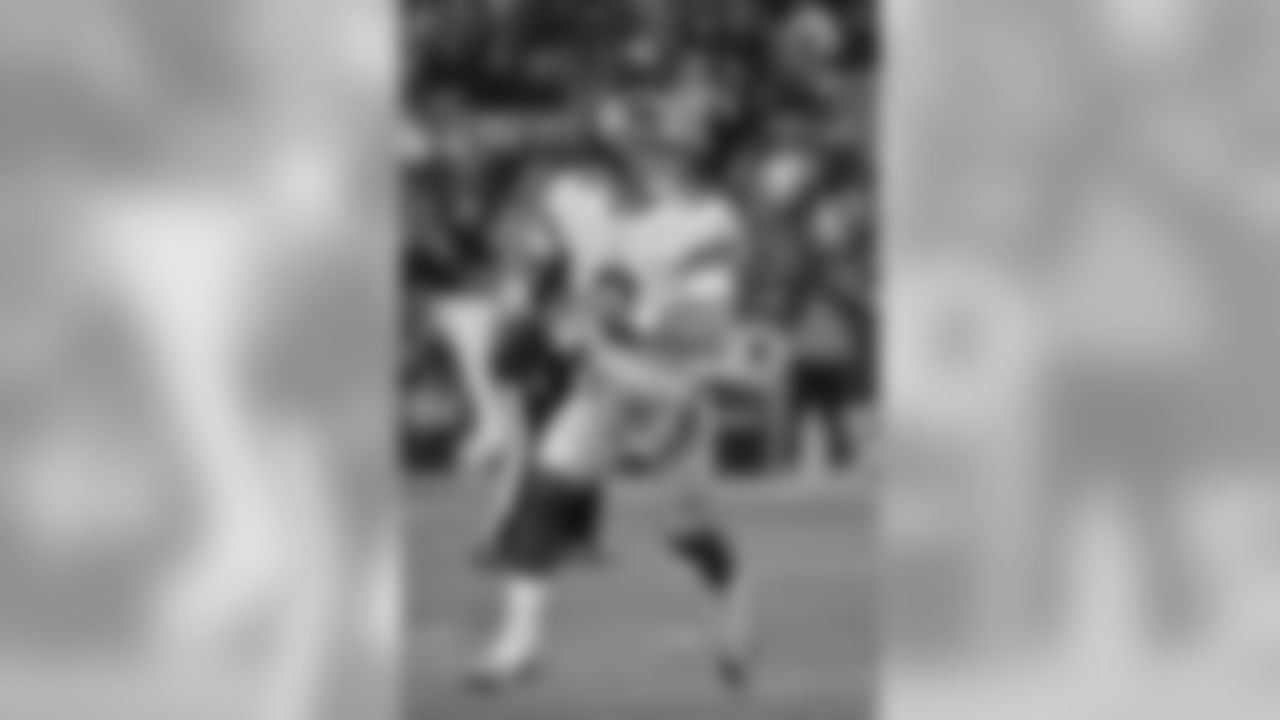
New York Giants quarterback Daniel Jones (8) during an NFL football game against the Washington Redskins Sunday December 22nd, 2019 in Landover, Md (Evan Pinkus via AP)
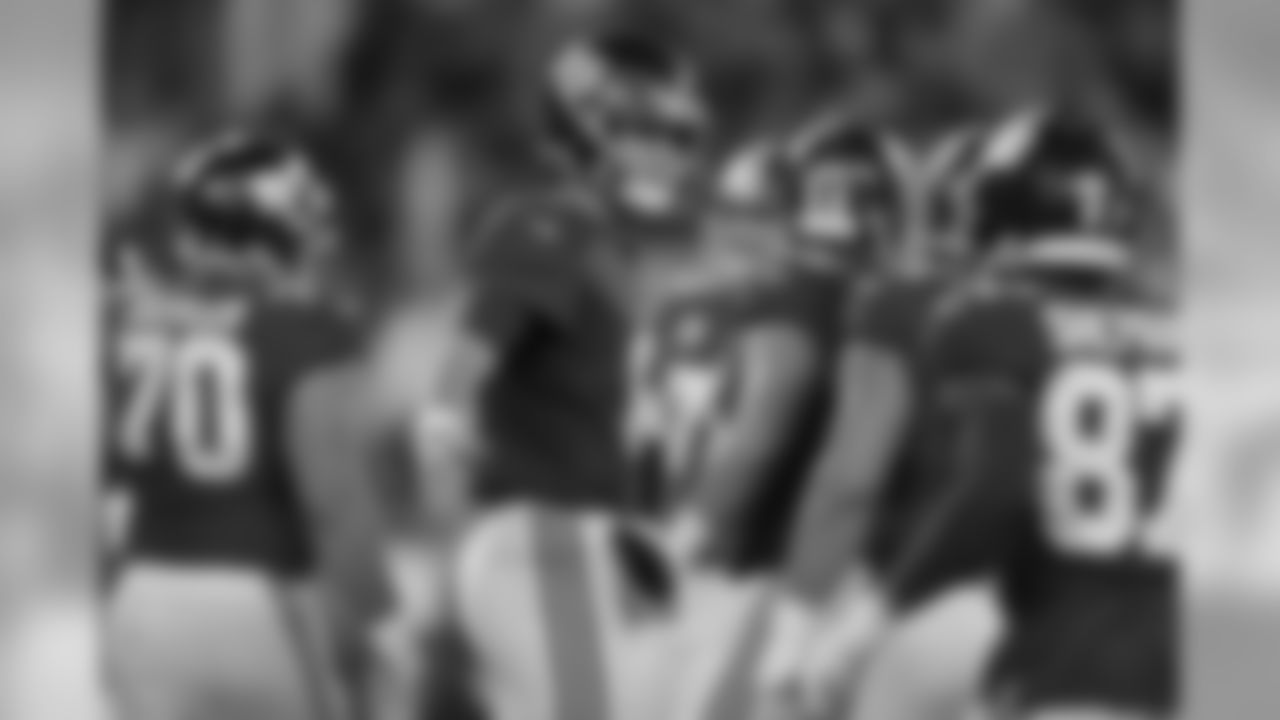
New York Giants quarterback Daniel Jones (8) goes to high five a teammate in the first half of an NFL football game against the Philadelphia Eagles, Sunday, Dec. 29, 2019, in East Rutherford, N.J. (AP Photo/Adam Hunger)

New York Giants quarterback Daniel Jones (8) directs his team in the first half of an NFL football game against the Philadelphia Eagles, Sunday, Dec. 29, 2019, in East Rutherford, N.J. (AP Photo/Adam Hunger)
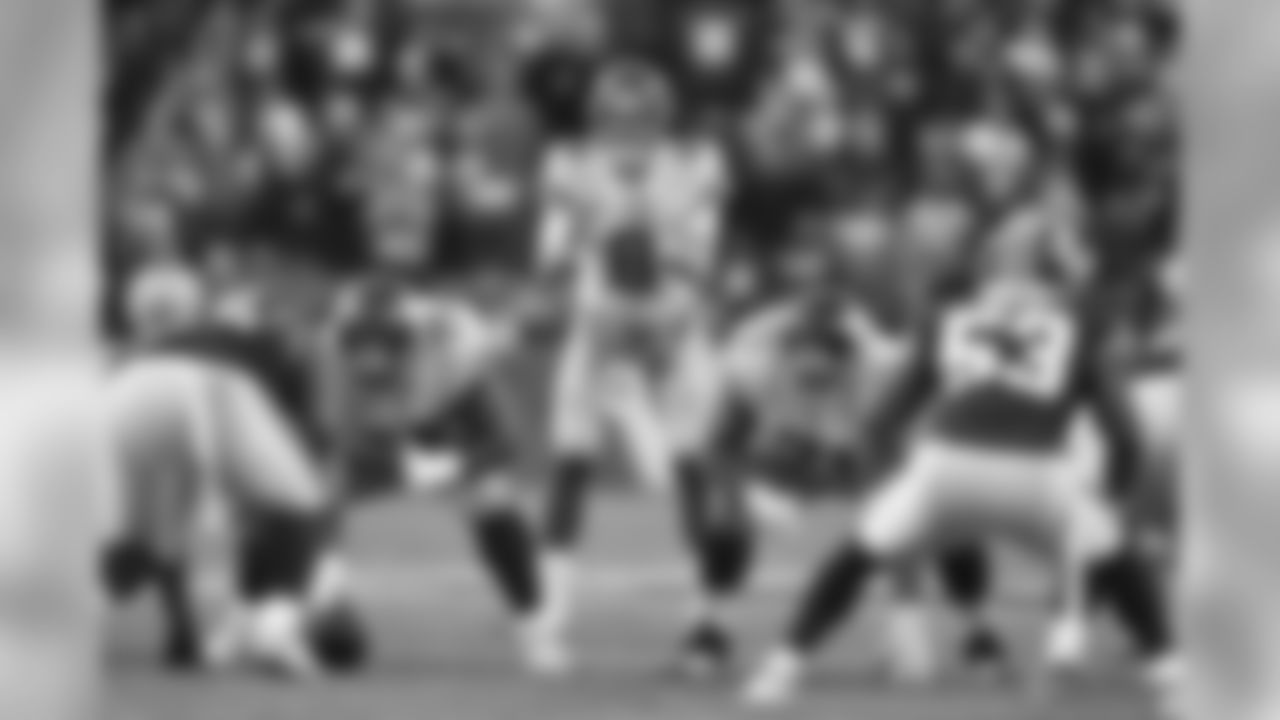
New York Giants quarterback Daniel Jones (8) during an NFL football game against the Washington Redskins Sunday December 22nd, 2019 in Landover, Md (Evan Pinkus via AP)

New York Giants quarterback Daniel Jones (8) reacts in the second half of an NFL football game against the New York Giants, Sunday, Dec. 29, 2019, in East Rutherford, N.J. (AP Photo/Adam Hunger)

New York Giants quarterback Daniel Jones (8) scrambles for yardage during an NFL game against the Green Bay Packers, Sunday Dec.1 2019 in East Rutherford, N.J. The Packers defeated the Giants 31-13. (Damian Strohmeyer via AP)

New York Giants quarterback Daniel Jones, right, throws during the second half of an NFL football game against the Green Bay Packers, Sunday, Dec. 1, 2019, in East Rutherford, N.J. (AP Photo/Adam Hunger)

Daniel Jones (8)
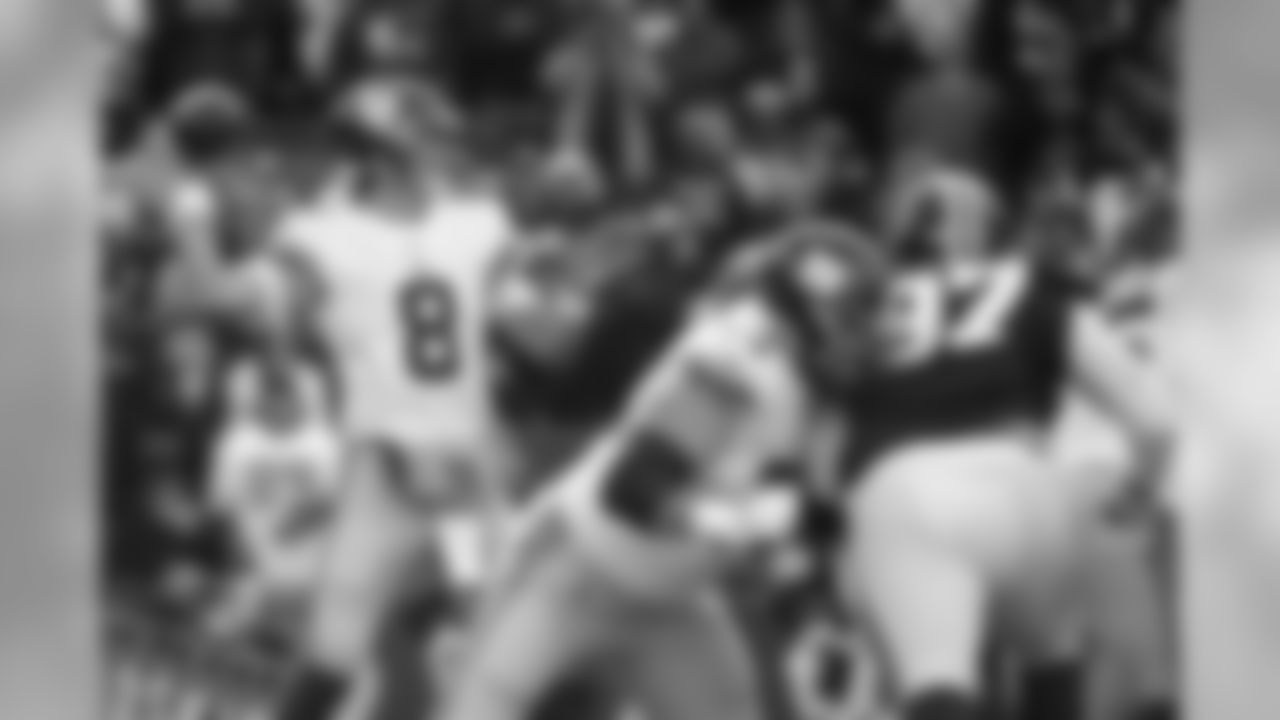
New York Giants quarterback Daniel Jones (8) throws a pass against the Washington Redskins during the first half of an NFL football game, Sunday, Dec. 22, 2019, in Landover, Md. (AP Photo/Alex Brandon)

New York Giants quarterback Daniel Jones works out prior to an NFL football game against the Washington Redskins, Sunday, Dec. 22, 2019, in Landover, Md. (AP Photo/Mark Tenally)

New York Giants quarterback Daniel Jones (8) drops back to pass during an NFL football game against the Green Bay Packers Sunday December 1st, 2019 in East Rutherford, New Jersey (Evan Pinkus via AP)
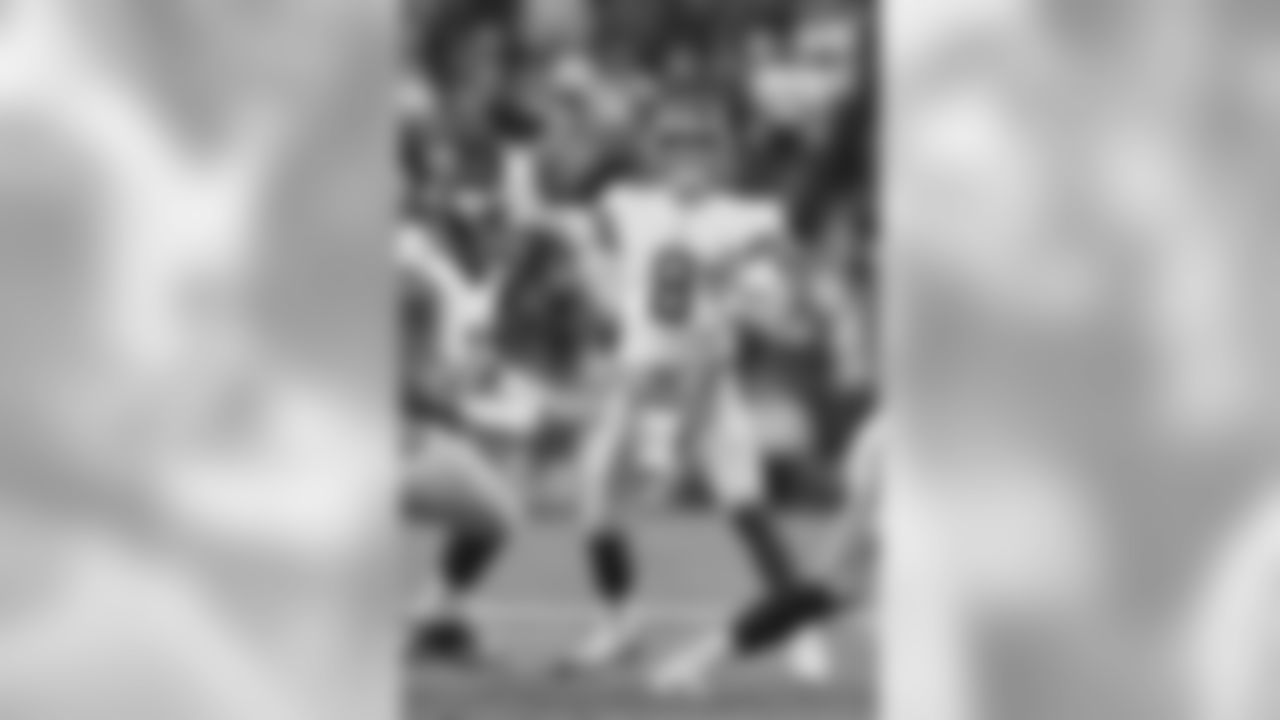
New York Giants quarterback Daniel Jones (8) during an NFL football game against the Washington Redskins Sunday December 22nd, 2019 in Landover, Md (Evan Pinkus via AP)

New York Giants quarterback Daniel Jones throws during the first half of an NFL football game against the Green Bay Packers, Sunday, Dec. 1, 2019, in East Rutherford, N.J. (AP Photo/Adam Hunger)

New York Giants quarterback Daniel Jones (8) throws a pass during the second half of an NFL football game against the New York Jets Sunday, Nov. 10, 2019, in East Rutherford, N.J. (AP Photo/Steven Ryan)

New York Giants quarterback Daniel Jones (8) greets defensive back Sam Beal (23) and cornerback Antonio Hamilton (30) while taking the field for workouts prior to an NFL football game against the Washington Redskins, Sunday, Dec. 22, 2019, in Landover, Md. (AP Photo/Patrick Semansky)

New York Giants quarterback Daniel Jones (8) scrambles for yardage during an NFL game against the Green Bay Packers, Sunday Dec.1 2019 in East Rutherford, N.J. The Packers defeated the Giants 31-13. (Damian Strohmeyer via AP)

New York Giants quarterback Daniel Jones works out prior to an NFL football game against the Washington Redskins, Sunday, Dec. 22, 2019, in Landover, Md. (AP Photo/Patrick Semansky)

New York Giants quarterback Daniel Jones (8) during an NFL football game against the Green Bay Packers Sunday December 1st, 2019 in East Rutherford, New Jersey (Evan Pinkus via AP)

New York Giants quarterback Daniel Jones rolls out to pass against the Chicago Bears during the first half of an NFL football game in Chicago, Sunday, Nov. 24, 2019. (AP Photo/Paul Sancya)
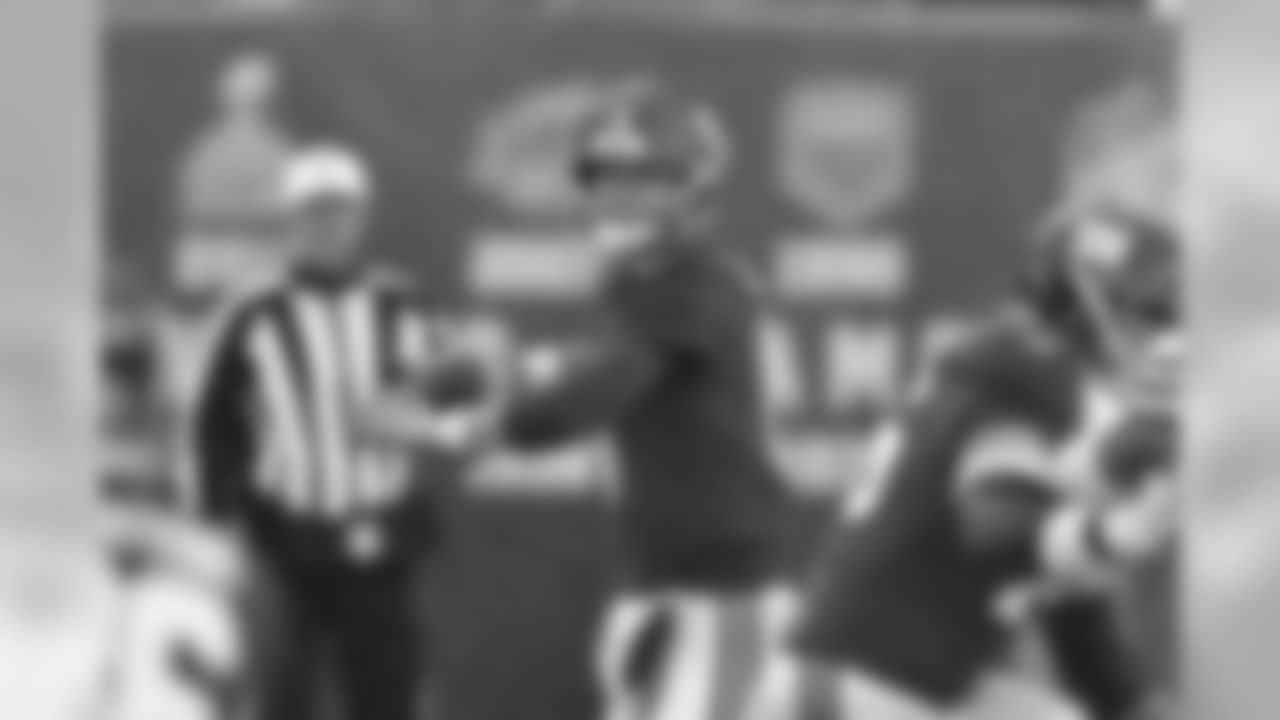
New York Giants quarterback Daniel Jones (8) throws a pass during an NFL football game against the Green Bay Packers Sunday December 1st, 2019 in East Rutherford, New Jersey (Evan Pinkus via AP)
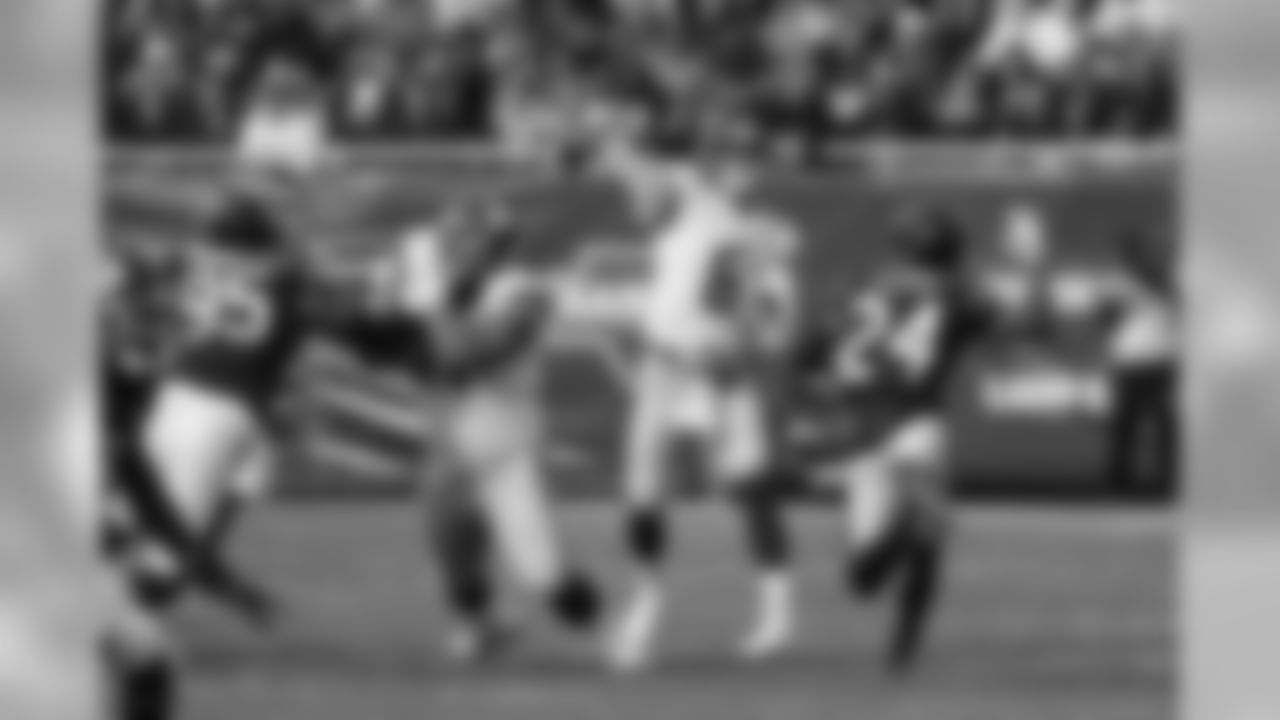
New York Giants quarterback Daniel Jones (8) throws against the Chicago Bears during the first half of an NFL football game in Chicago, Sunday, Nov. 24, 2019. (AP Photo/Charles Rex Arbogast)
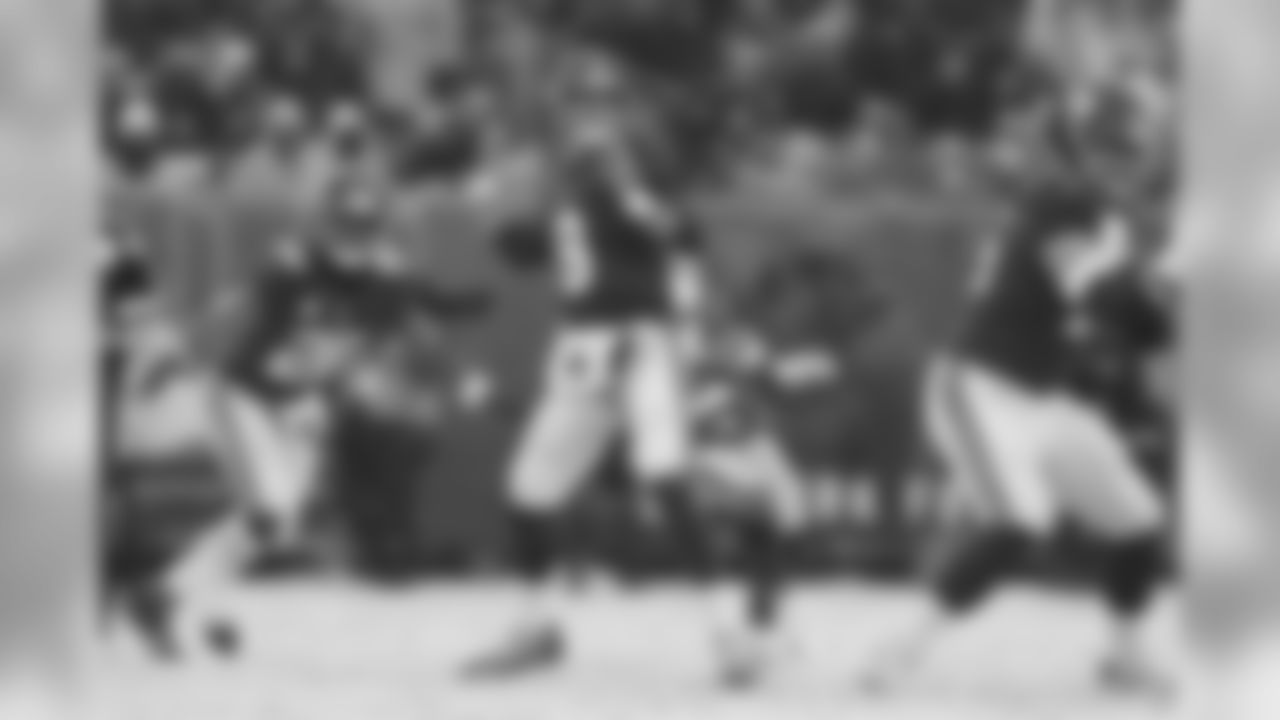
New York Giants quarterback Daniel Jones (8) makes a pass during the first half of an NFL football game against the Green Bay Packers, Sunday, Dec. 1, 2019, in East Rutherford, N.J. The Green Bay Packers won 31-13. (AP Photo/Steve Luciano)

New York Giants quarterback Daniel Jones (8) rolls out to pass during an NFL game against the Chicago Bears, Sunday, Nov. 24, 2019, in Chicago. The Bear defeated the Giants 19-14. (Kevin Terrell via AP)
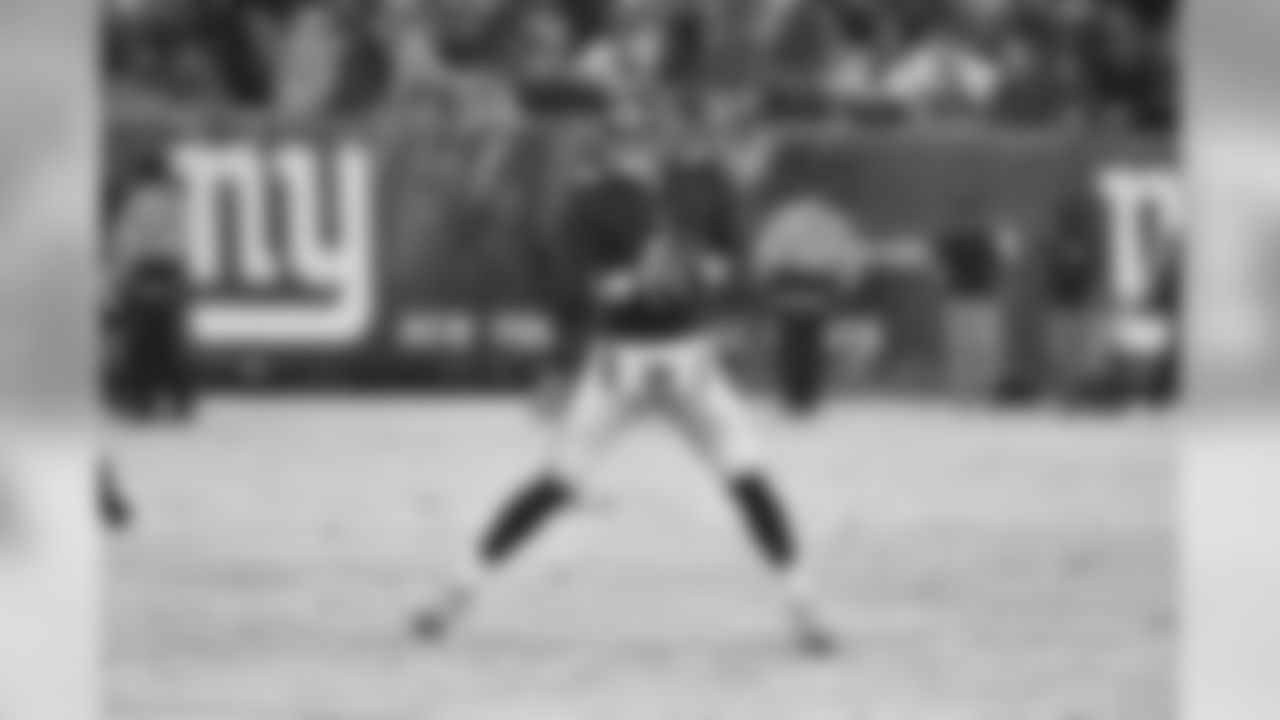
New York Giants quarterback Daniel Jones (8) during an NFL football game against the Green Bay Packers Sunday December 1st, 2019 in East Rutherford, New Jersey (Evan Pinkus via AP)
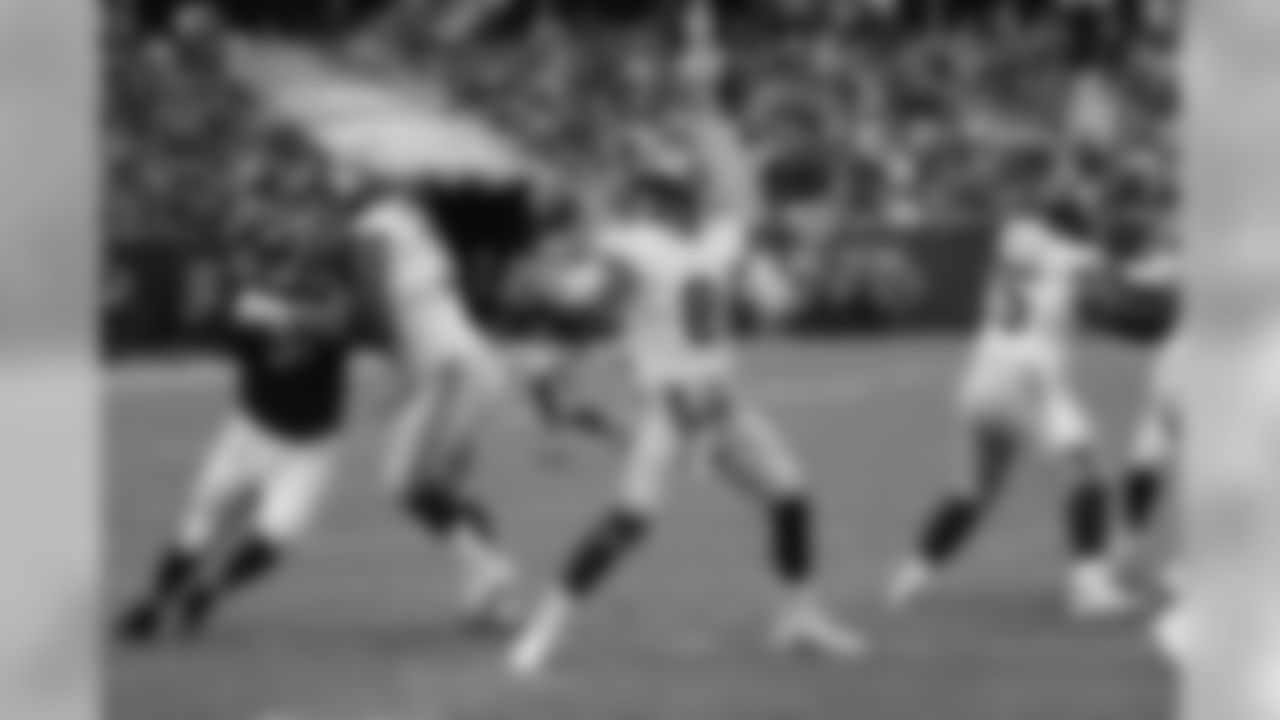
New York Giants quarterback Daniel Jones (8) throws against the Chicago Bears during the second half of an NFL football game in Chicago, Sunday, Nov. 24, 2019. (AP Photo/Charles Rex Arbogast)

New York Giants quarterback Daniel Jones (8) hands the ball off to New York Giants running back Saquon Barkley (26) during the first half of an NFL football game against the Green Bay Packers, Sunday, Dec. 1, 2019, in East Rutherford, N.J. The Green Bay Packers won 31-13. (AP Photo/Steve Luciano)
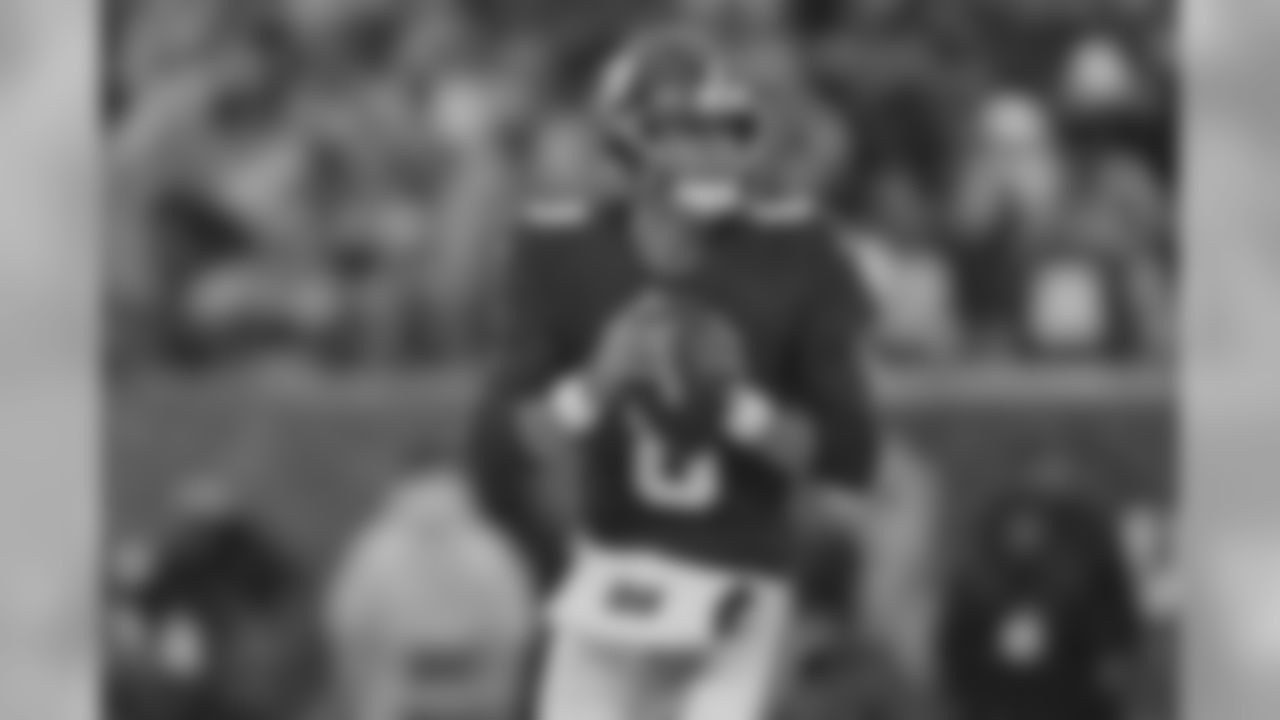
New York Giants quarterback Daniel Jones looks to pass during the first half of an NFL football game against the Green Bay Packers, Sunday, Dec. 1, 2019, in East Rutherford, N.J. (AP Photo/Adam Hunger)
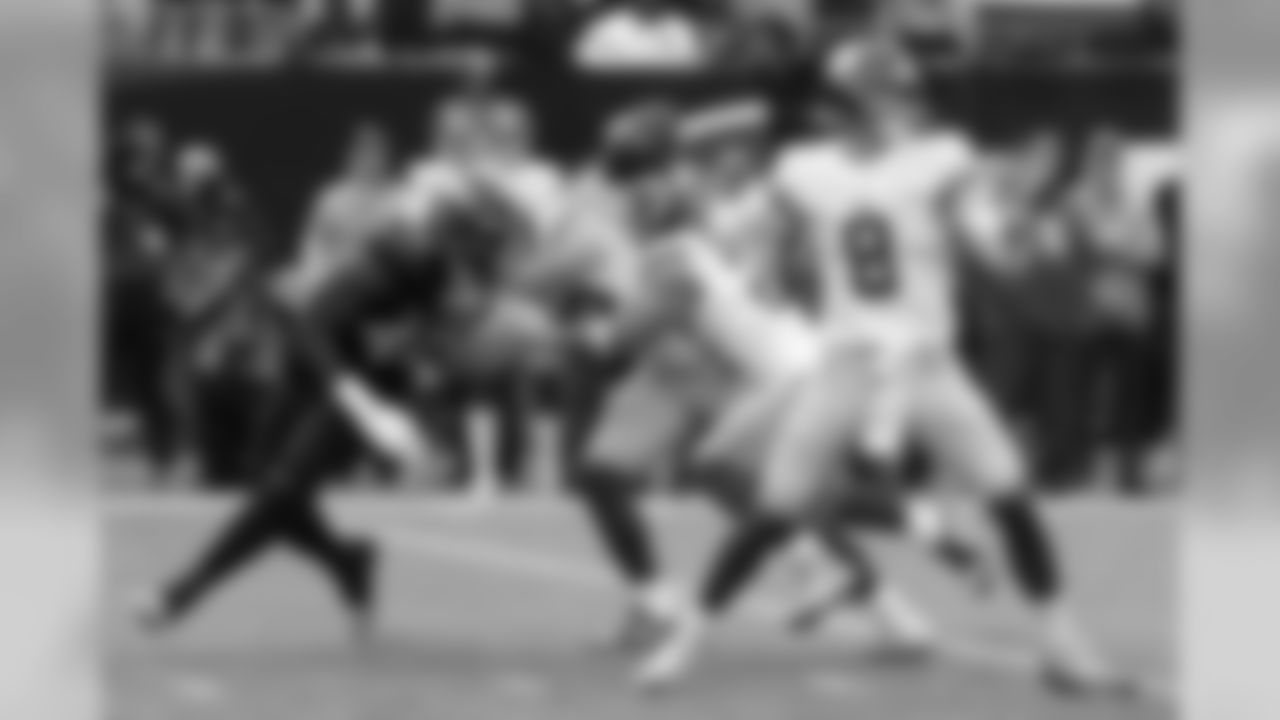
New York Giants quarterback Daniel Jones (8) looks to pass during the second half of an NFL football game against the New York Jets Sunday, Nov. 10, 2019, in East Rutherford, N.J. (AP Photo/Bill Kostroun)

New York Giants quarterback Daniel Jones (8) warms up before an NFL football game against the Green Bay Packers, Sunday, Dec. 1, 2019, in East Rutherford, N.J. (AP Photo/Bill Kostroun)
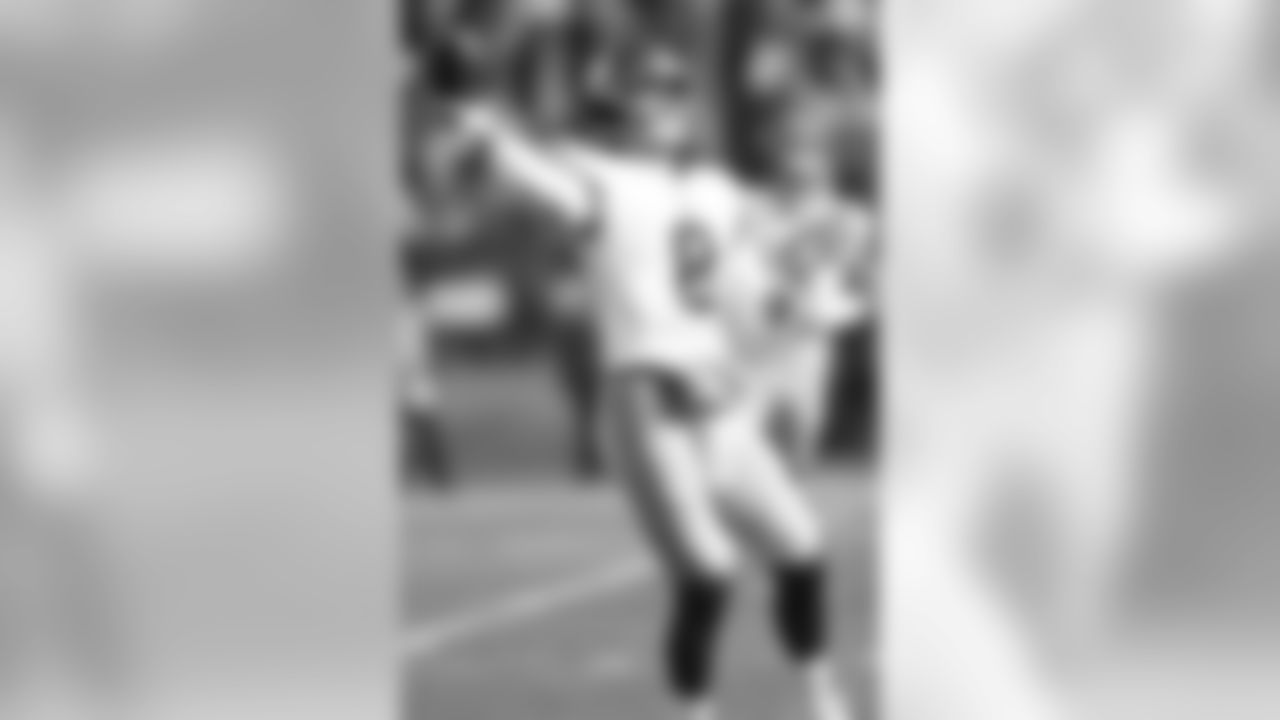
New York Giants quarterback Daniel Jones (8) passes the football during an NFL football game against the Chicago Bears, Sunday, Nov. 24, 2019 in Chicago. The Bears defeated the Giants 19-14. (Scott Boehm via AP)
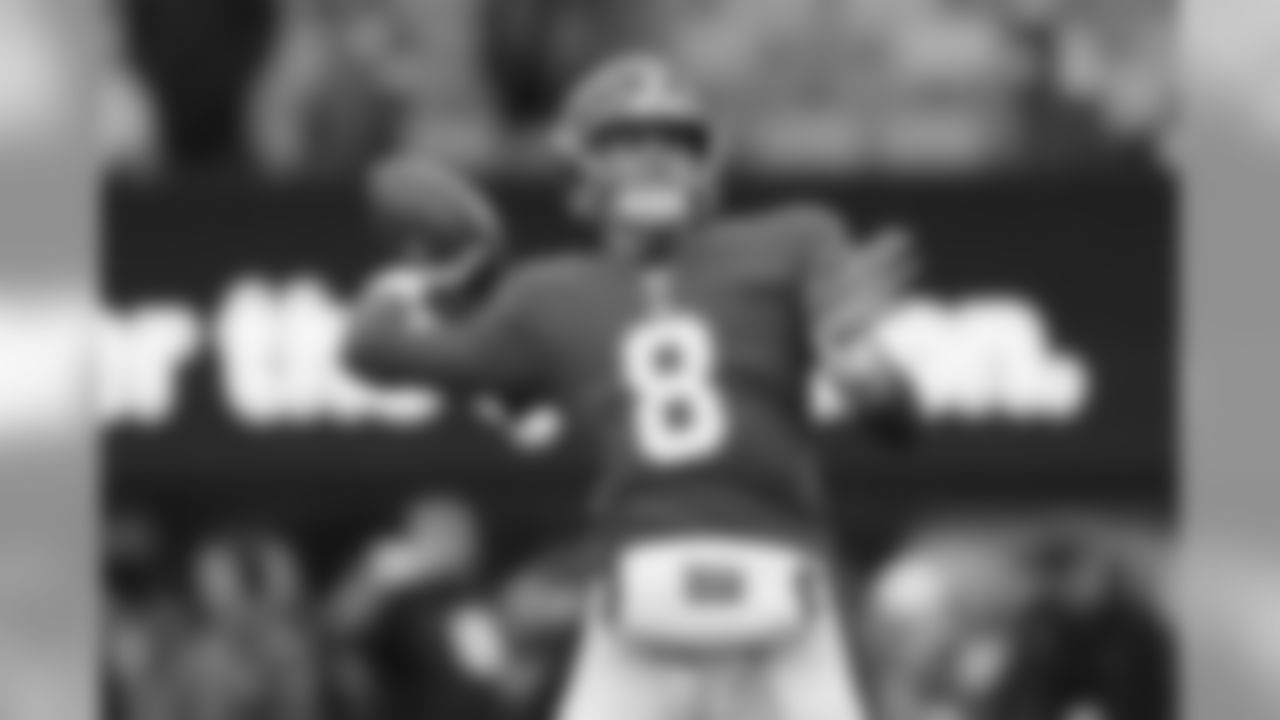
New York Giants quarterback Daniel Jones warms-up before an NFL football game against the Green Bay Packers, Sunday, Dec. 1, 2019, in East Rutherford, N.J. (AP Photo/Adam Hunger)

New York Giants quarterback Daniel Jones (8) passes during an NFL game against the Chicago Bears, Sunday, Nov. 24, 2019 in Chicago. The Bears defeated the Colts 19-14. (Greg Trott via AP)
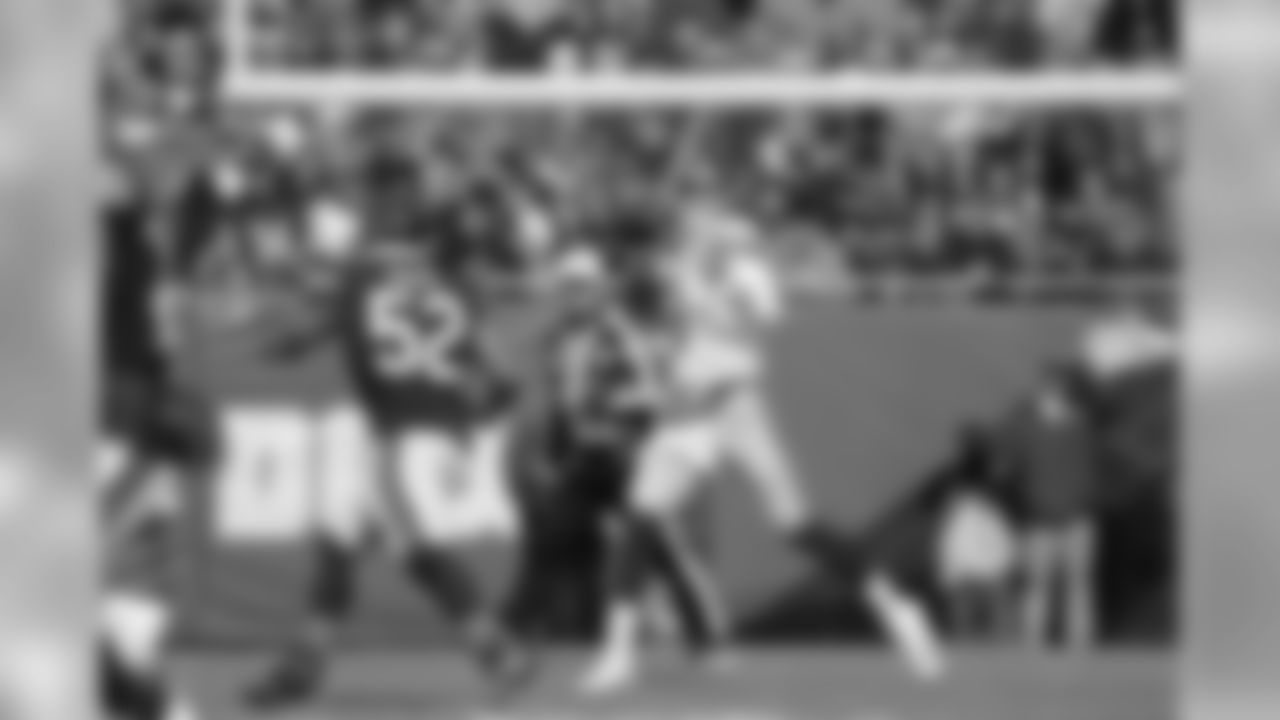
New York Giants quarterback Daniel Jones (8) passes during an NFL game against the Chicago Bears, Sunday, Nov. 24, 2019 in Chicago. The Bears defeated the Colts 19-14. (Greg Trott via AP)

New York Giants quarterback Daniel Jones (8) looks to pass the ball during an NFL football game against the Dallas Cowboys, Monday, Nov. 4, 2019 in East Rutherford, N.J. The Cowboys defeated the Giants 37-18. (Joe Robbins via AP)

New York Giants quarterback Daniel Jones (8) passes during an NFL game against the Chicago Bears, Sunday, Nov. 24, 2019 in Chicago. The Bears defeated the Colts 19-14. (Greg Trott via AP)
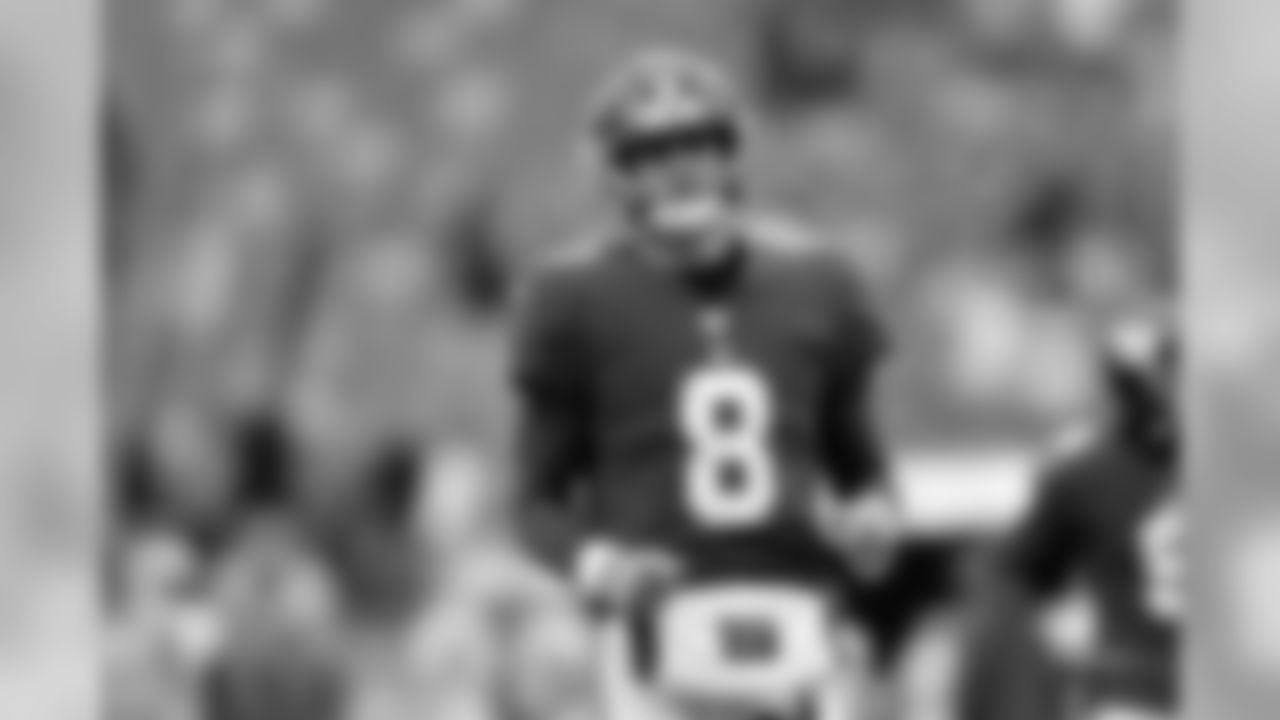
New York Giants quarterback Daniel Jones (8) prior to an NFL football game against the Green Bay Packers on Sunday, Dec. 1, 2019, in East Rutherford, N.J. (AP Photo/Adam Hunger)

New York Giants quarterback Daniel Jones (8) drops back to throw against the Chicago Bears during the first half of an NFL football game in Chicago, Sunday, Nov. 24, 2019. (AP Photo/Paul Sancya)

New York Giants quarterback Daniel Jones (8) passes during an NFL game against the Chicago Bears, Sunday, Nov. 24, 2019 in Chicago. The Bears defeated the Colts 19-14. (Greg Trott via AP)
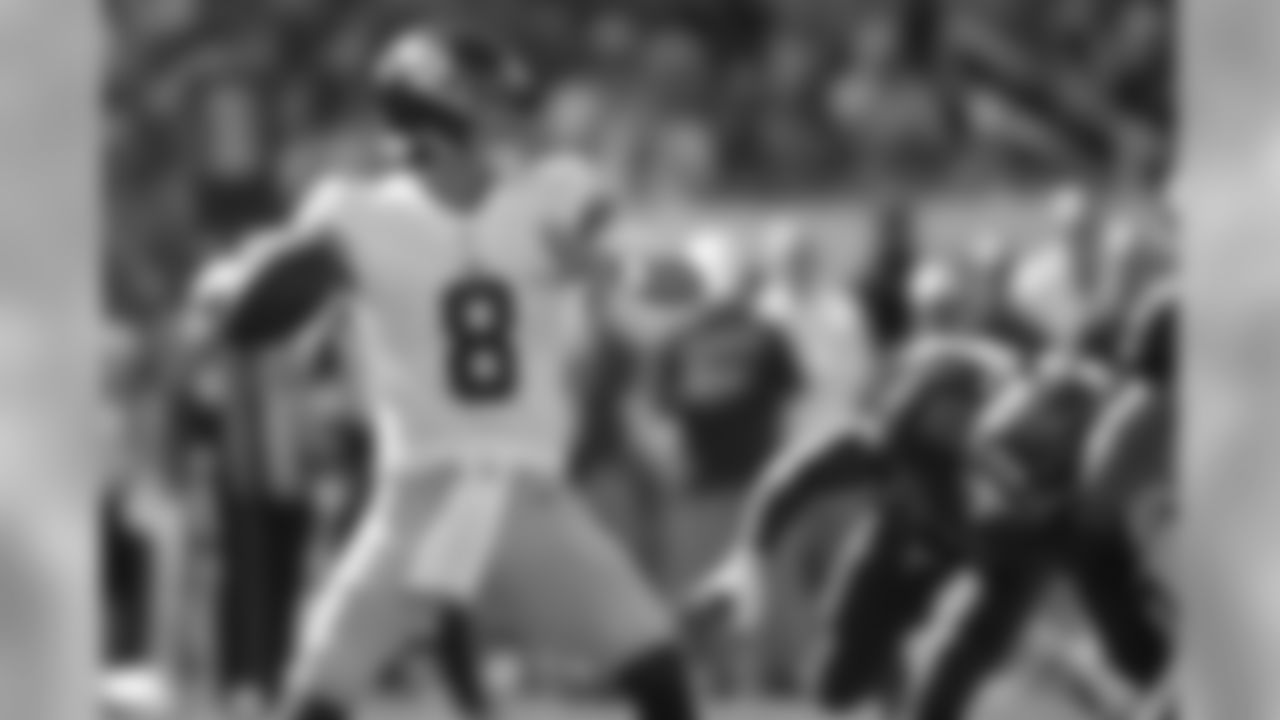
New York Giants quarterback Daniel Jones (8) throws a pass against the Tampa Bay Buccaneers during the first half of an NFL football game Sunday, Sept. 22, 2019, in Tampa, Fla. (AP Photo/Jason Behnken)

New York Giants quarterback Daniel Jones (8) throws a pass during an NFL football game against the Detroit Lions, Sunday, Oct. 27, 2019 in Detroit. The Lions defeated the Giants 31-26. (Joe Robbins via AP)

New York Giants quarterback Daniel Jones (8) celebrates during an NFL football game against the Arizona Cardinals, Sunday, Oct. 20, 2019, in East Rutherford, N.J. Arizona won 27-21. (Aaron M. Sprecher via AP)

New York Giants quarterback Daniel Jones plays against the Detroit Lions during an NFL football game in Detroit, Sunday, Oct. 27, 2019. (AP Photo/Paul Sancya)
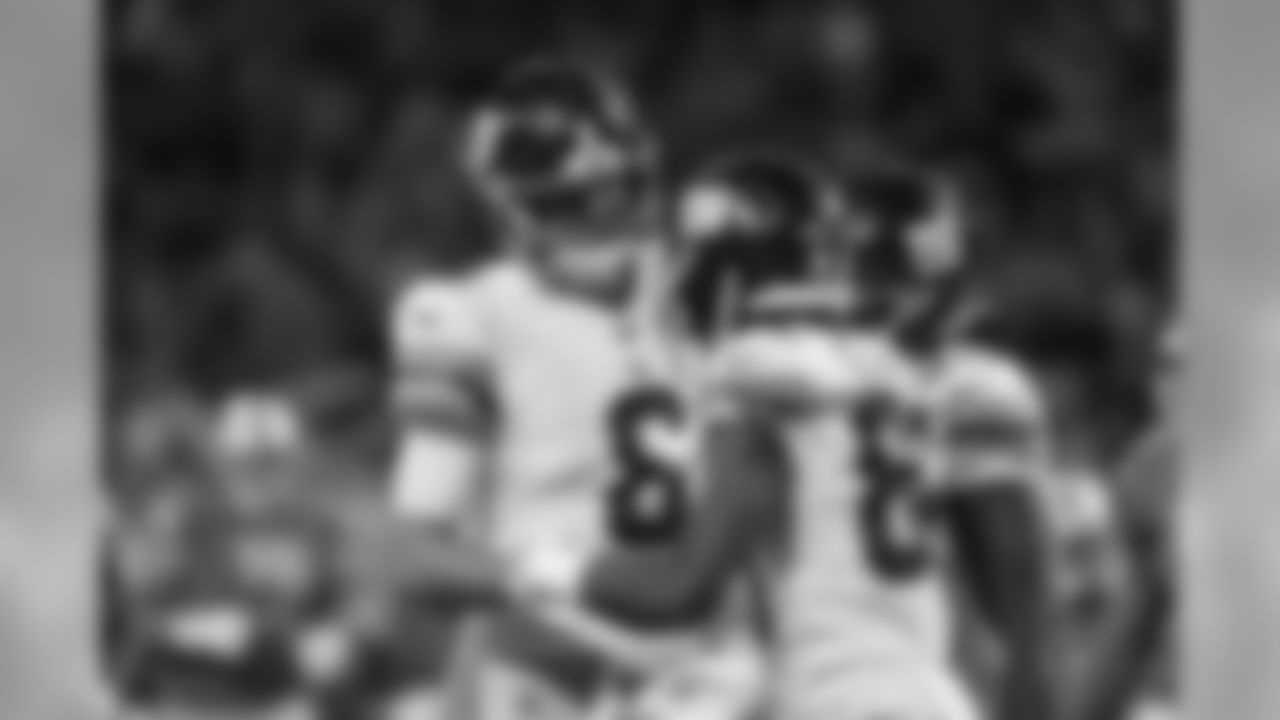
New York Giants quarterback Daniel Jones (8) celebrates his touchdown throw to New York Giants wide receiver Darius Slayton (86) during an NFL football game against the Detroit Lions in Detroit, Sunday, Oct. 27, 2019. (AP Photo/Paul Sancya)

New York Giants quarterback Daniel Jones (8) throws the ball prior to an NFL football game against the Arizona Cardinals, Sunday, Oct. 20, 2019, in East Rutherford, N.J. Arizona won 27-21. (Aaron M. Sprecher via AP)

New York Giants quarterback Daniel Jones (8) walks thru the tunnel to the field before an NFL football game against the Detroit Lions, Sunday October 27, 2019 in Detroit. (Evan Pinkus via AP)

New York Giants quarterback Daniel Jones throws against the Detroit Lions during an NFL football game in Detroit, Sunday, Oct. 27, 2019. (AP Photo/Paul Sancya)
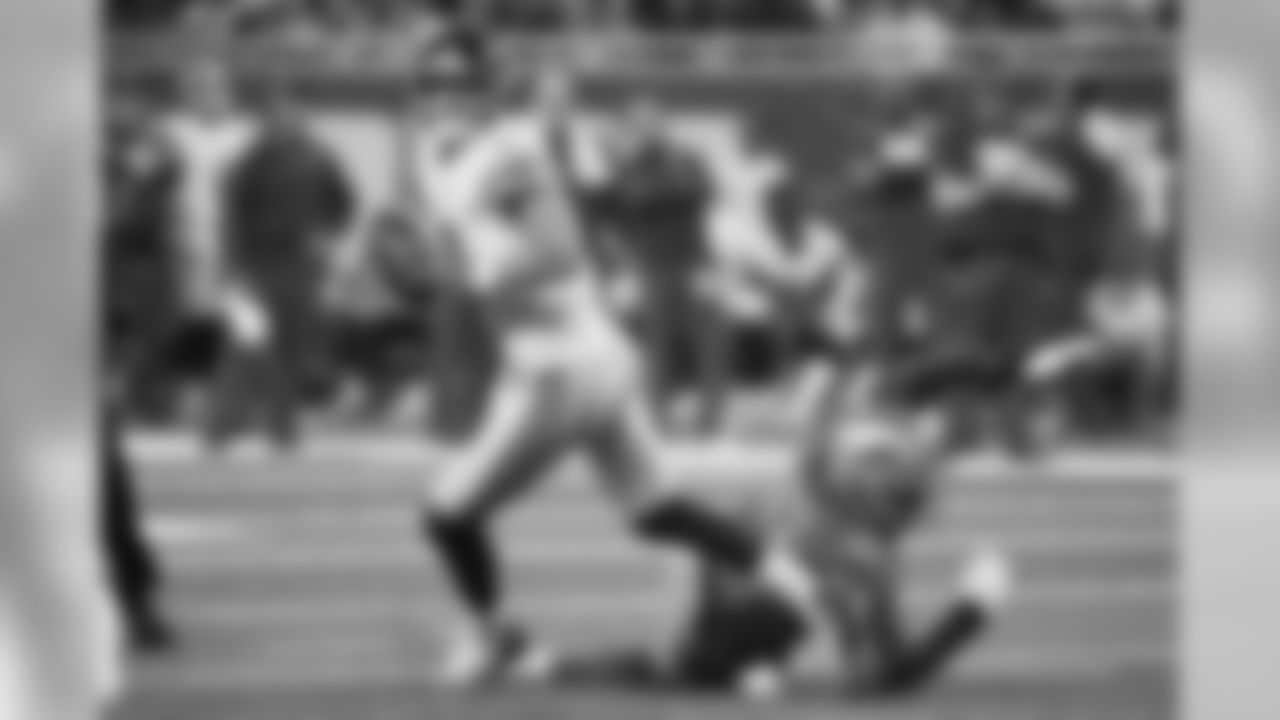
New York Giants quarterback Daniel Jones (8) in action against the Detroit Lions during an NFL football game in Detroit, Sunday, Oct. 27, 2019. (AP Images/Rick Osentoski)

New York Giants quarterback Daniel Jones throws against the Detroit Lions during an NFL football game in Detroit, Sunday, Oct. 27, 2019. (AP Photo/Paul Sancya)

New York Giants quarterback Daniel Jones (8) throws the ball during an NFL football game against the Arizona Cardinals, Sunday, Oct. 20, 2019, in East Rutherford, N.J. Arizona won 27-21. (Aaron M. Sprecher via AP)

New York Giants quarterback Daniel Jones (8) passes against the Detroit Lions during an NFL football game in Detroit, Sunday, Oct. 27, 2019. (AP Images/Rick Osentoski)

New York Giants quarterback Daniel Jones (8) celebrates during an NFL football game against the Arizona Cardinals, Sunday, Oct. 20, 2019, in East Rutherford, N.J. Arizona won 27-21. (Aaron M. Sprecher via AP)

New York Giants quarterback Daniel Jones (8) rolls out during an NFL football game against the Arizona Cardinals Sunday October 20, 2019 in East Rutherford, NJ (Evan Pinkus via AP)
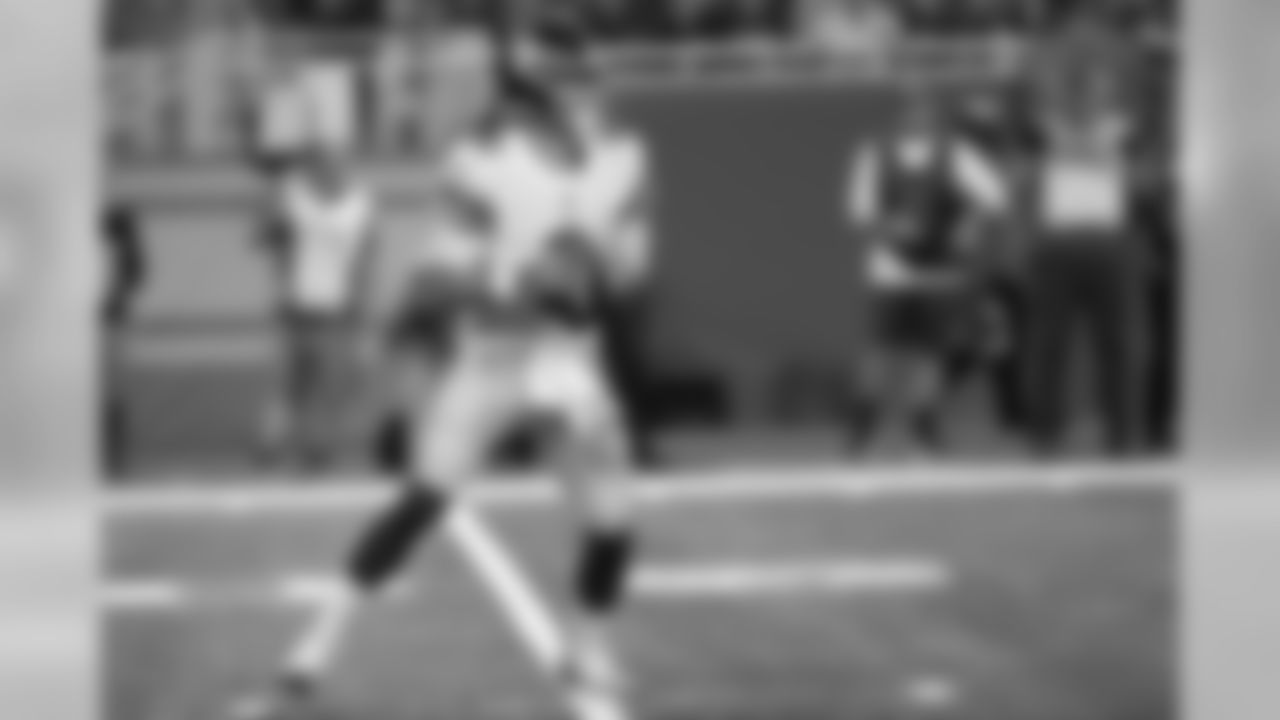
New York Giants quarterback Daniel Jones looks downfield during the first half of an NFL football game against the Detroit Lions, Sunday, Oct. 27, 2019, in Detroit. (AP Photo/Rick Osentoski)

New York Giants quarterback Daniel Jones (8) throws the ball during an NFL football game against the Arizona Cardinals, Sunday, Oct. 20, 2019, in East Rutherford, N.J. Arizona won 27-21. (Aaron M. Sprecher via AP)
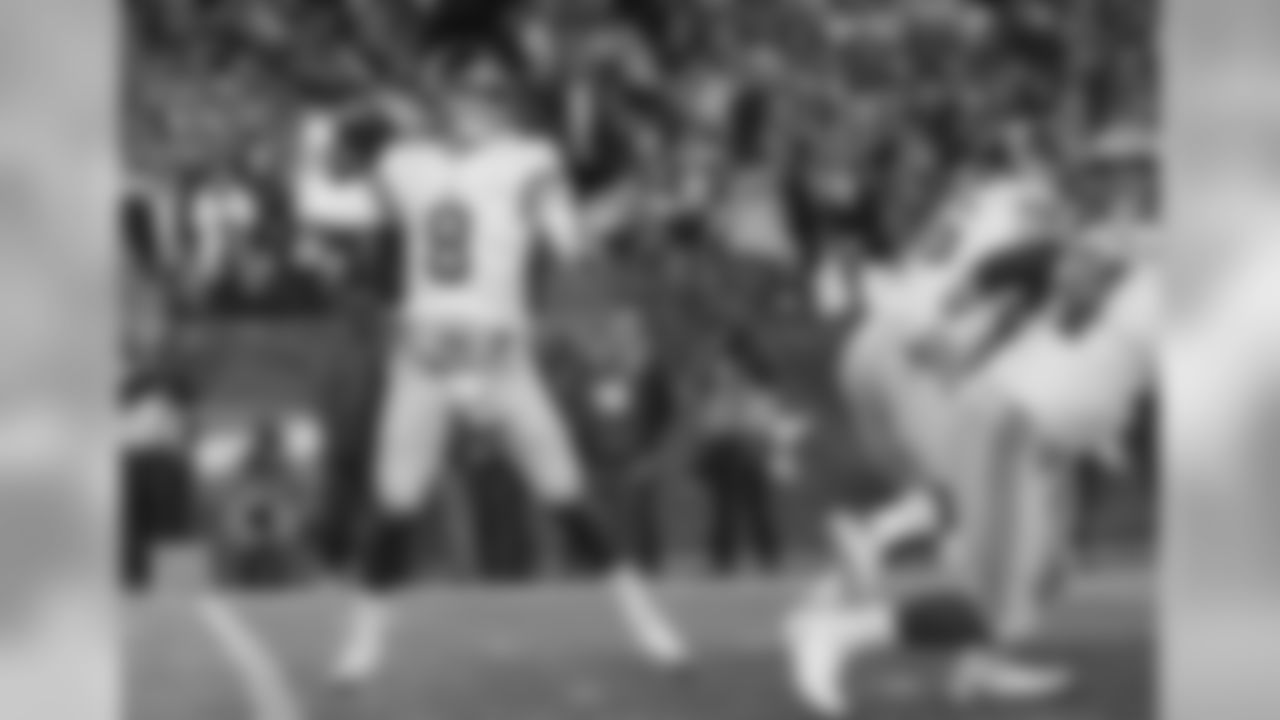
New York Giants quarterback Daniel Jones passes against the New England Patriots in the first half of an NFL football game, Thursday, Oct. 10, 2019, in Foxborough, Mass. (AP Photo/Elise Amendola)

New York Giants quarterback Daniel Jones runs the ball during the second half of an NFL football game against the Arizona Cardinals, Sunday, Oct. 20, 2019, in East Rutherford, N.J. (AP Photo/Adam Hunger)
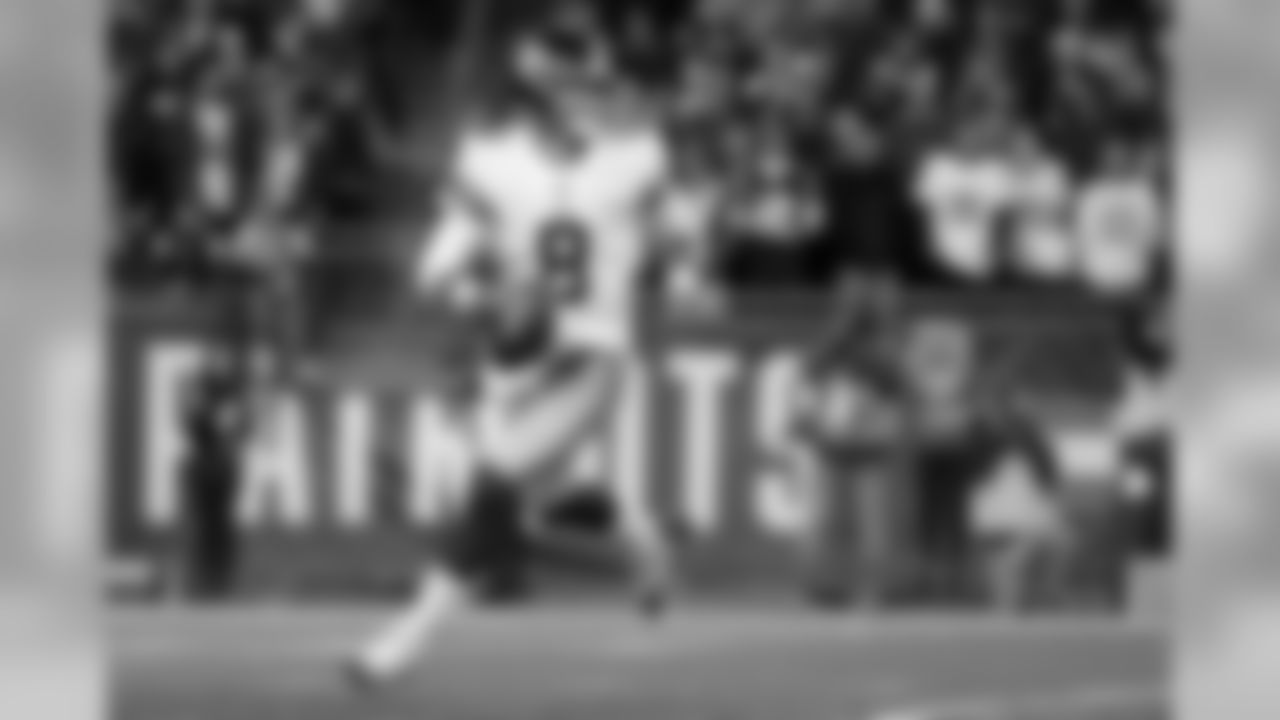
New York Giants quarterback Daniel Jones rolls out to pass against the New England Patriots in the first half of an NFL football game, Thursday, Oct. 10, 2019, in Foxborough, Mass. (AP Photo/Elise Amendola)
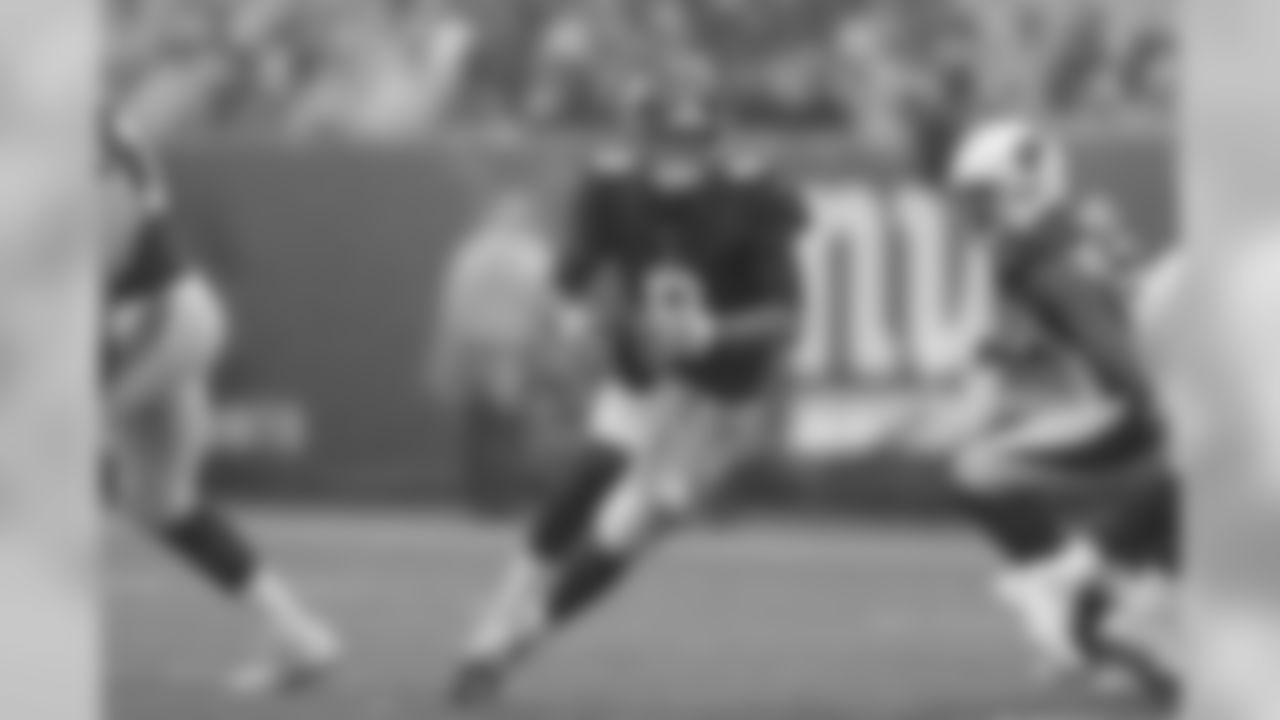
New York Giants quarterback Daniel Jones runs the ball during the second half of an NFL football game against the Arizona Cardinals, Sunday, Oct. 20, 2019, in East Rutherford, N.J. (AP Photo/Adam Hunger)
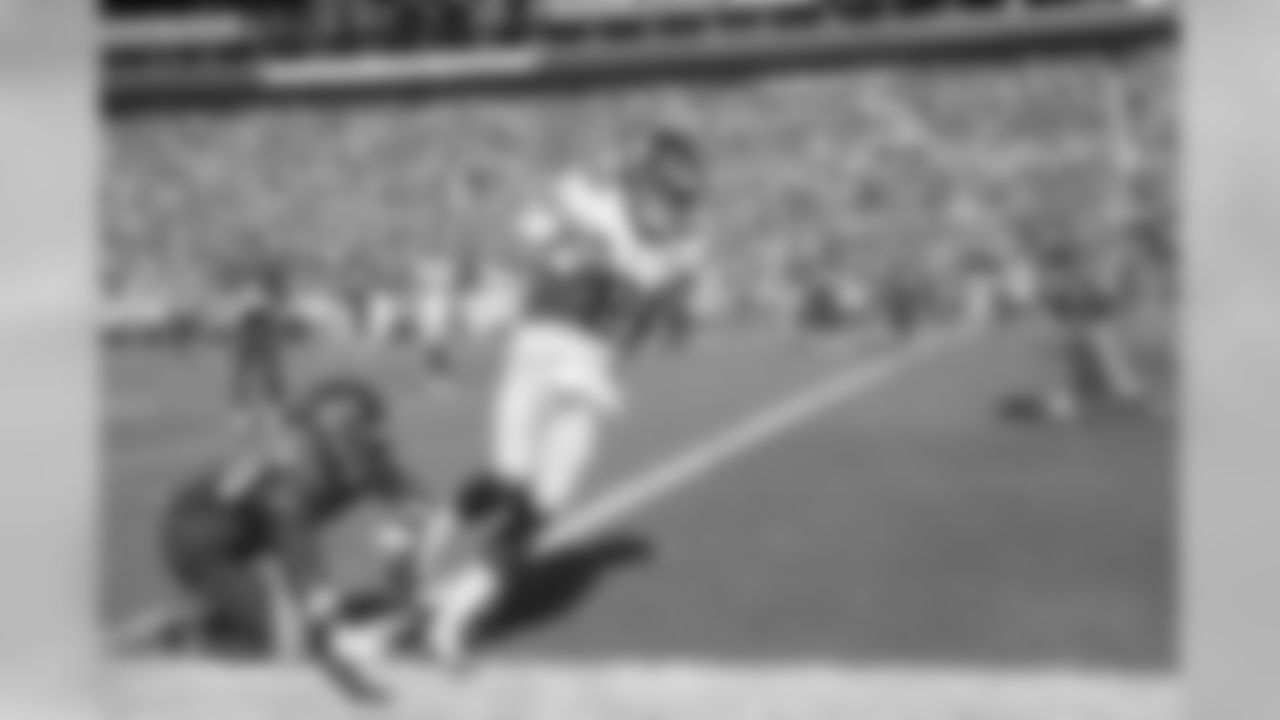
New York Giants quarterback Daniel Jones (8) scores his first NFL touchdown during an NFL football game against the Tampa Bay Buccaneers, Sunday September 22, 2019 in Tampa, Fla. ( Tom DiPace via AP)
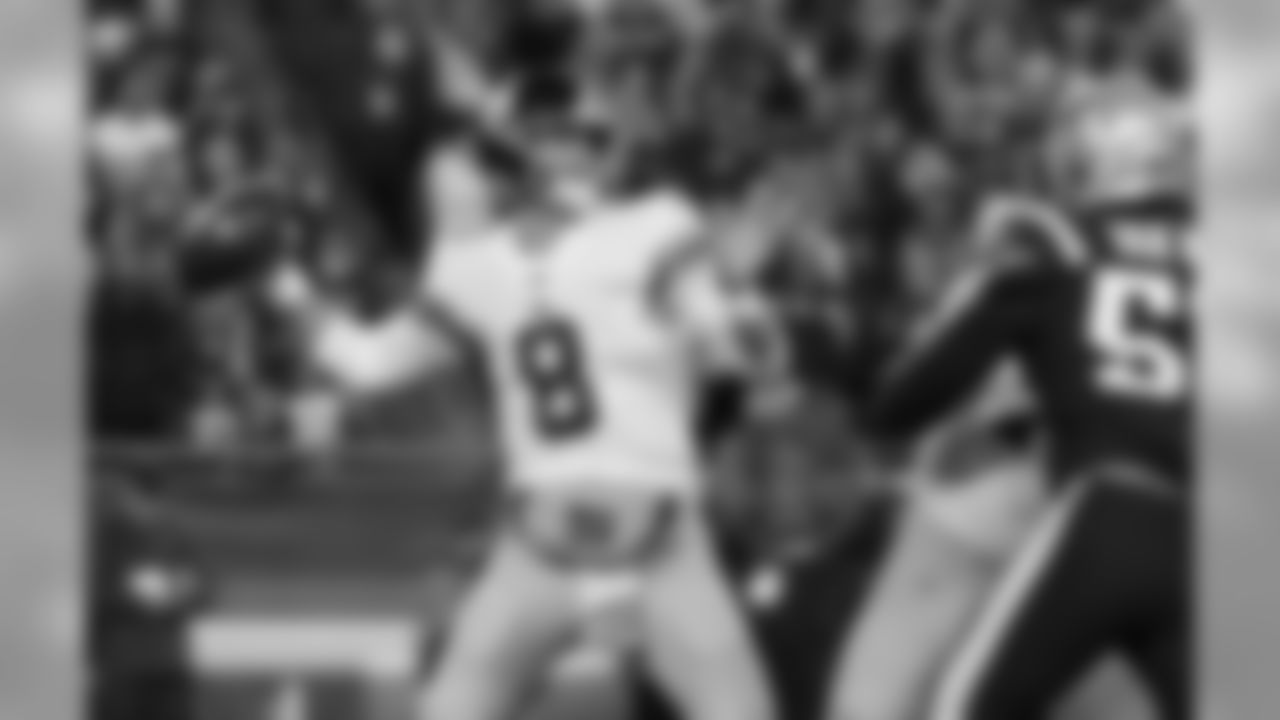
New York Giants quarterback Daniel Jones passes against the New England Patriots during an NFL football game, Thursday, Oct. 10, 2019 in Foxborough, Mass. (Winslow Townson/AP Images for Panini)
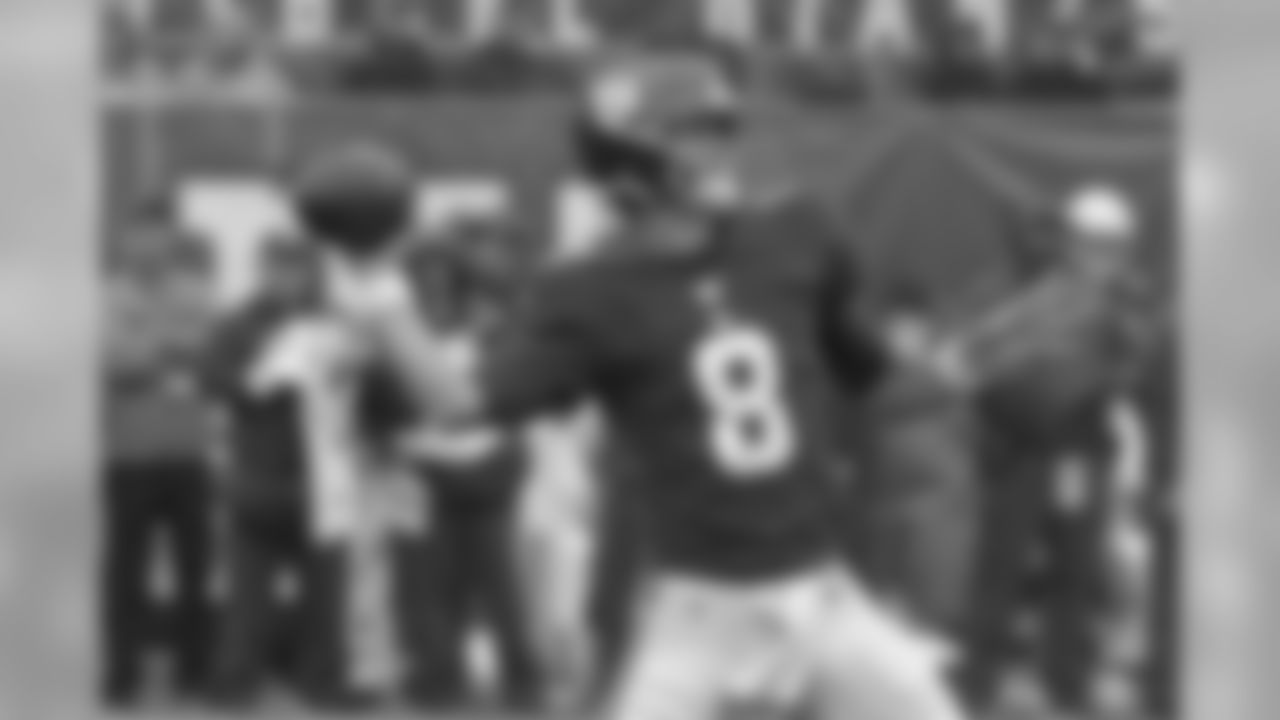
New York Giants quarterback Daniel Jones throws during the first half of an NFL football game against the Arizona Cardinals, Sunday, Oct. 20, 2019, in East Rutherford, N.J. (AP Photo/Bill Kostroun)
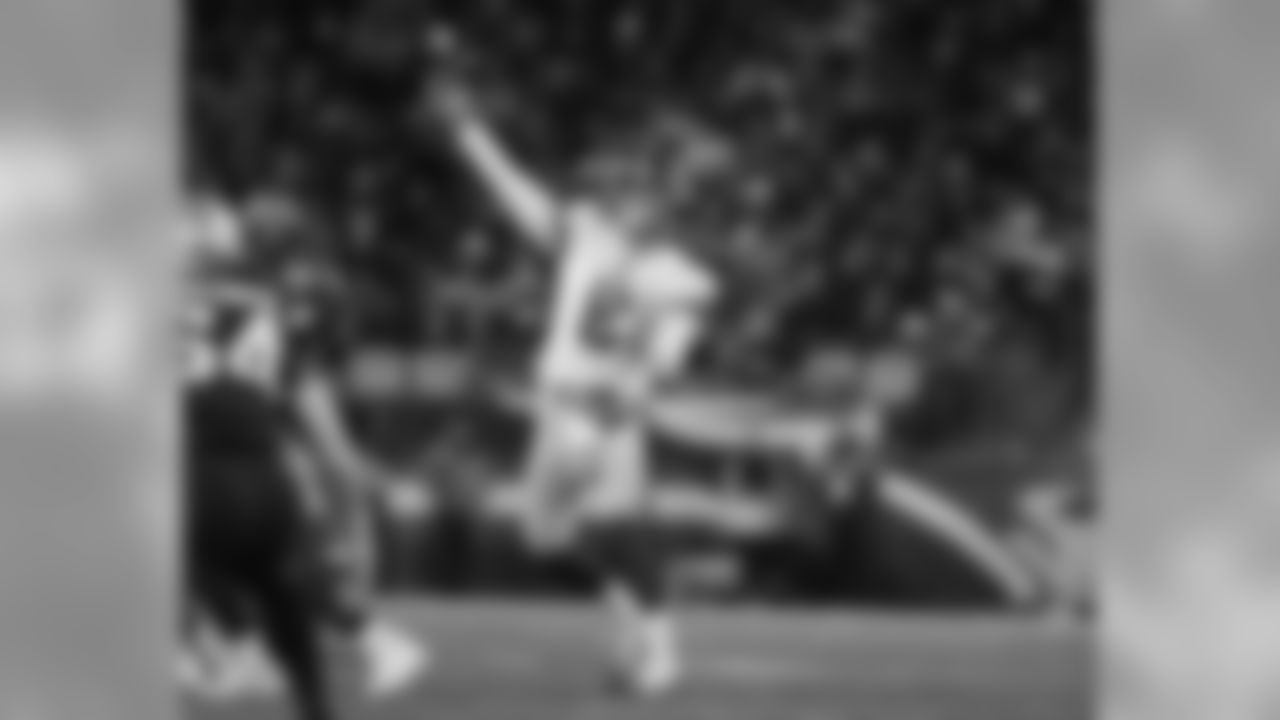
New York Giants quarterback Daniel Jones passes against the New England Patriots during an NFL football game, Thursday, Oct. 10, 2019 in Foxborough, Mass. (Winslow Townson/AP Images for Panini)
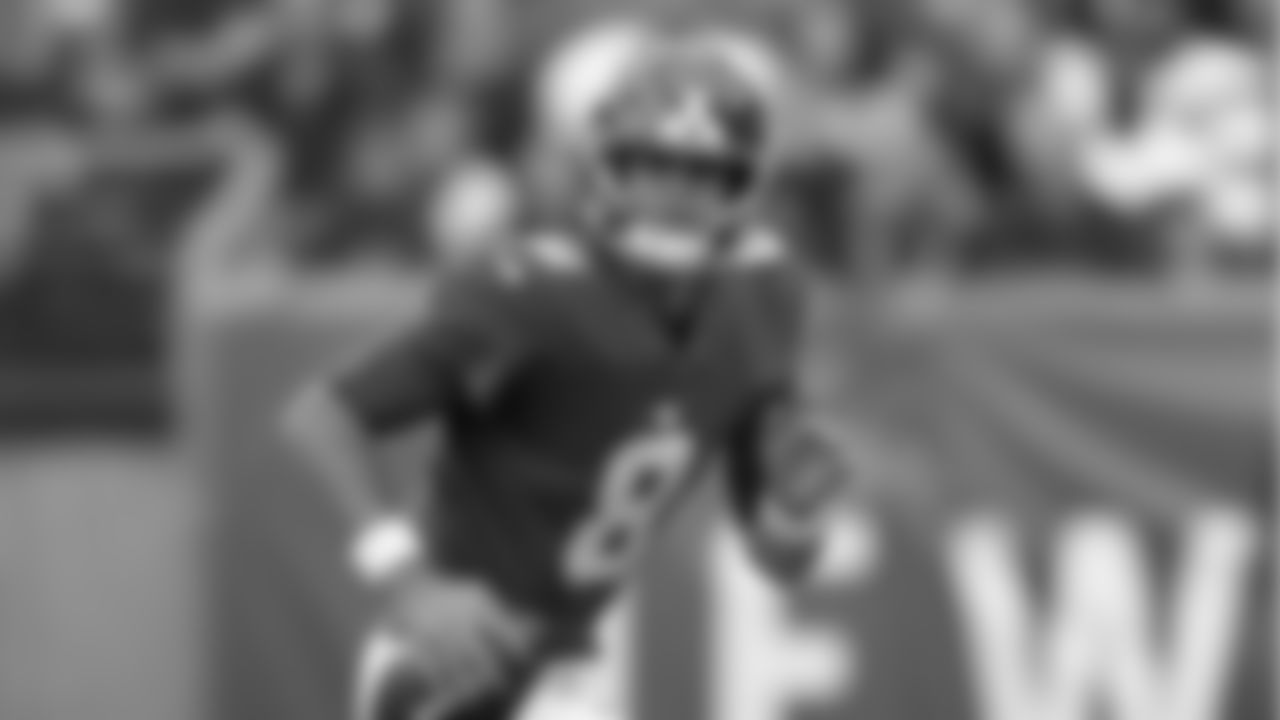
New York Giants quarterback Daniel Jones (8) rolls out of the pocket against the Minnesota Vikings during the first quarter of an NFL football game, Sunday, Oct. 6, 2019, in East Rutherford, N.J. (AP Photo/Adam Hunger)

New York Giants quarterback Daniel Jones scrambles against the New England Patriots during an NFL football game, Thursday, Oct. 10, 2019 in Foxborough, Mass. (Winslow Townson/AP Images for Panini)
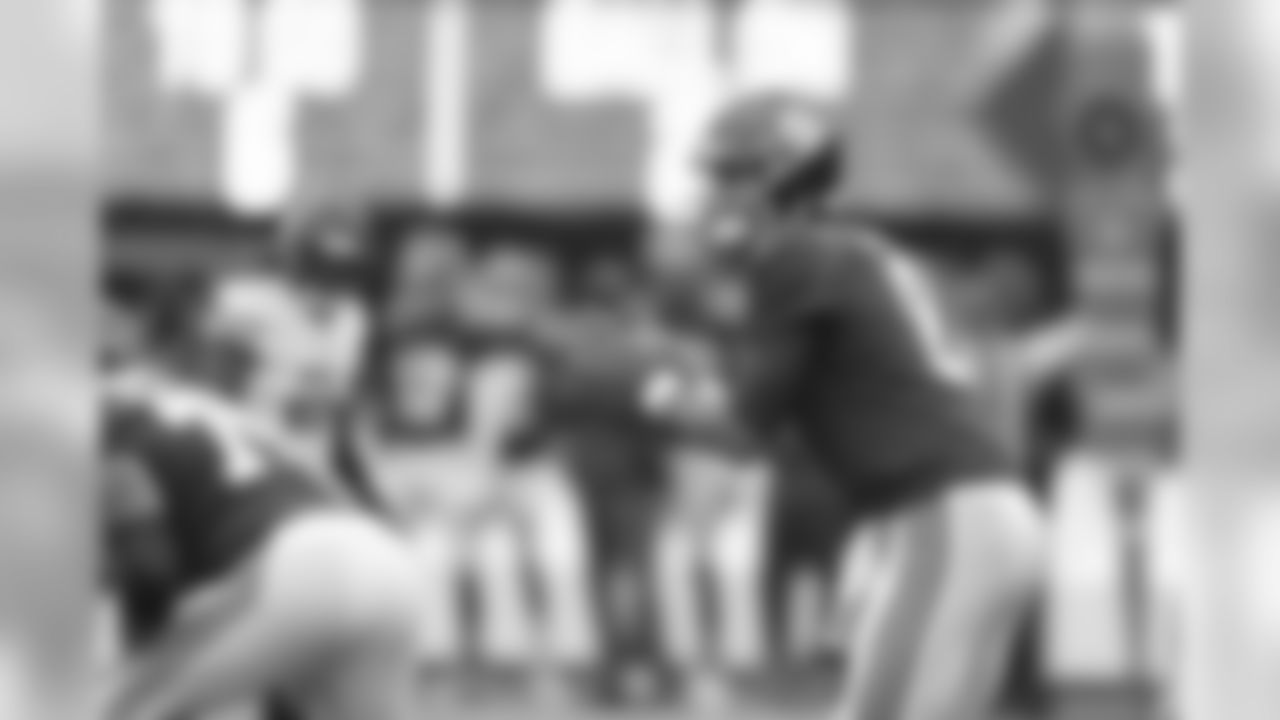
New York Giants quarterback Daniel Jones (8) calls out the play during an NFL football game against the Minnesota Vikings on Sunday, Oct 6, 2019, in East Rutherford, N.J. The Giants lost 28-10. (AP Photo/Vera Nieuwenhuis)
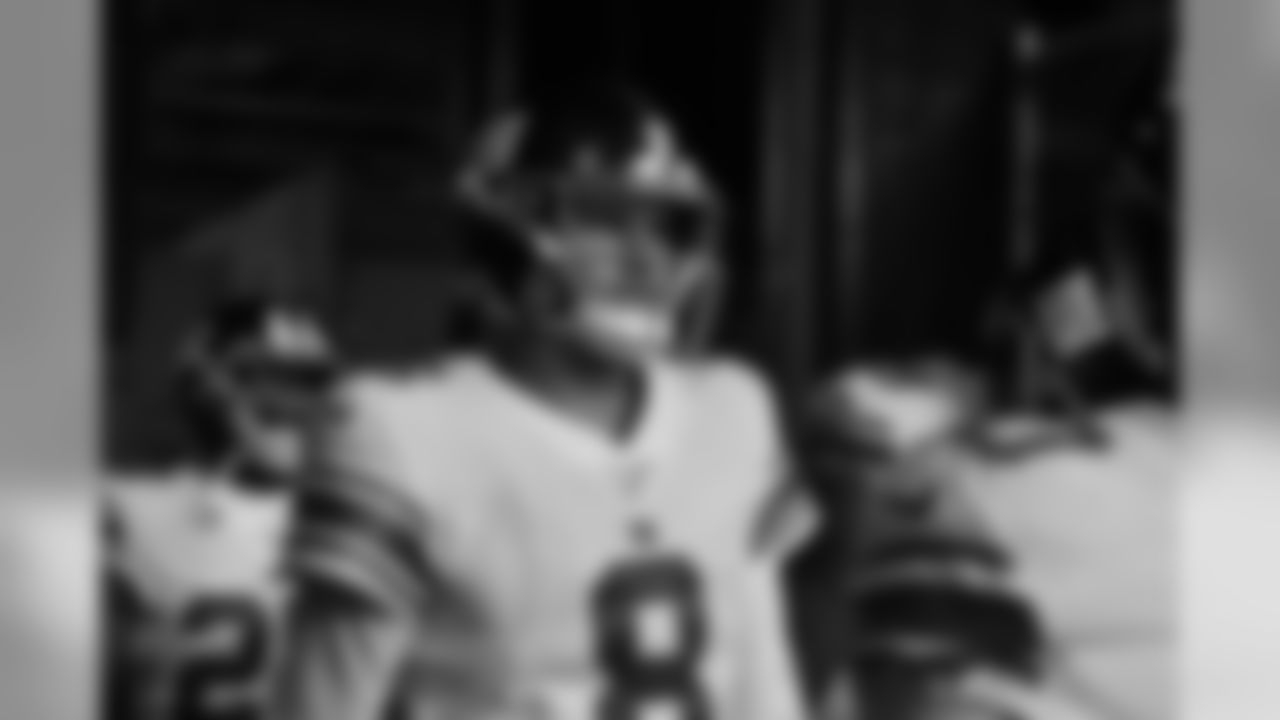
New York Giants quarterback Daniel Jones (8) stands in the tunnel before an NFL football game against the New England Patriots Thursday October 10, 2019 in Foxborough, Mass, (Evan Pinkus via AP)

New York Giants quarterback Daniel Jones (8) calls an audible at the line of scrimmage against the Minnesota Vikings during the third quarter of an NFL football game, Sunday, Oct. 6, 2019, in East Rutherford, N.J. (AP Photo/Adam Hunger)
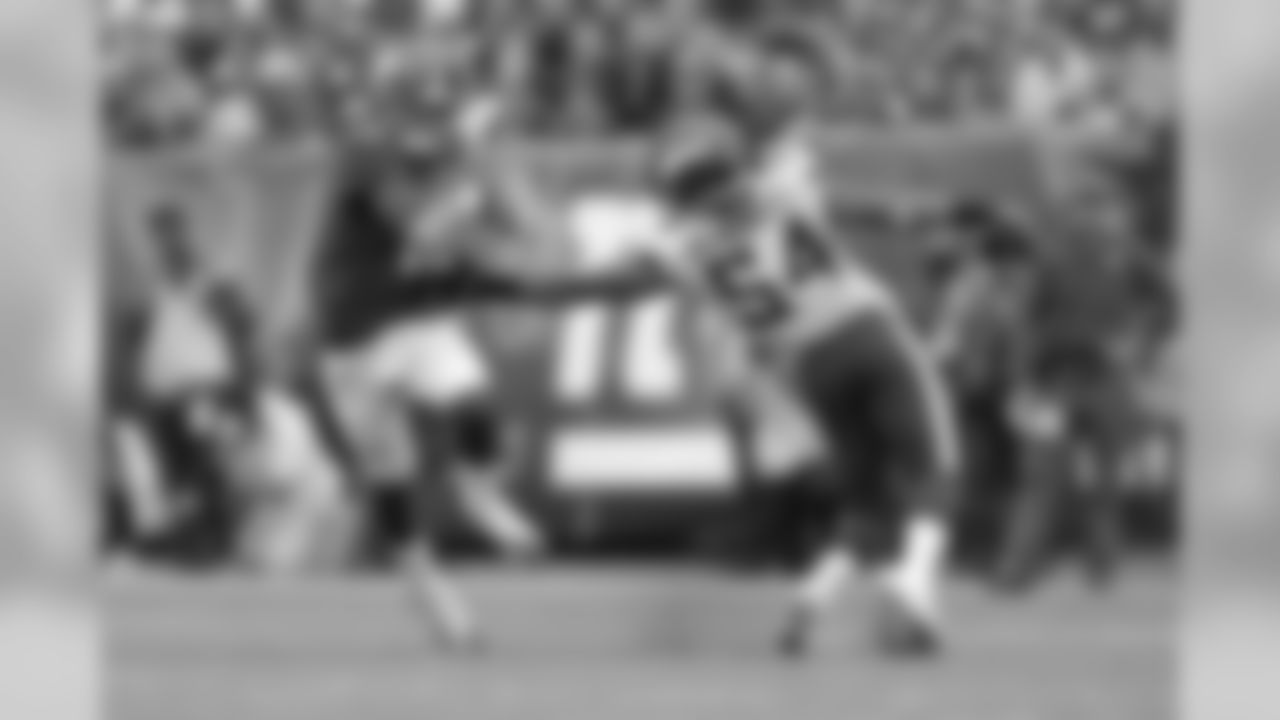
New York Giants quarterback Daniel Jones (8) avoids a tackle by Minnesota Vikings middle linebacker Eric Kendricks (54) during the second quarter of an NFL football game, Sunday, Oct. 6, 2019, in East Rutherford, N.J. (AP Photo/Adam Hunger)
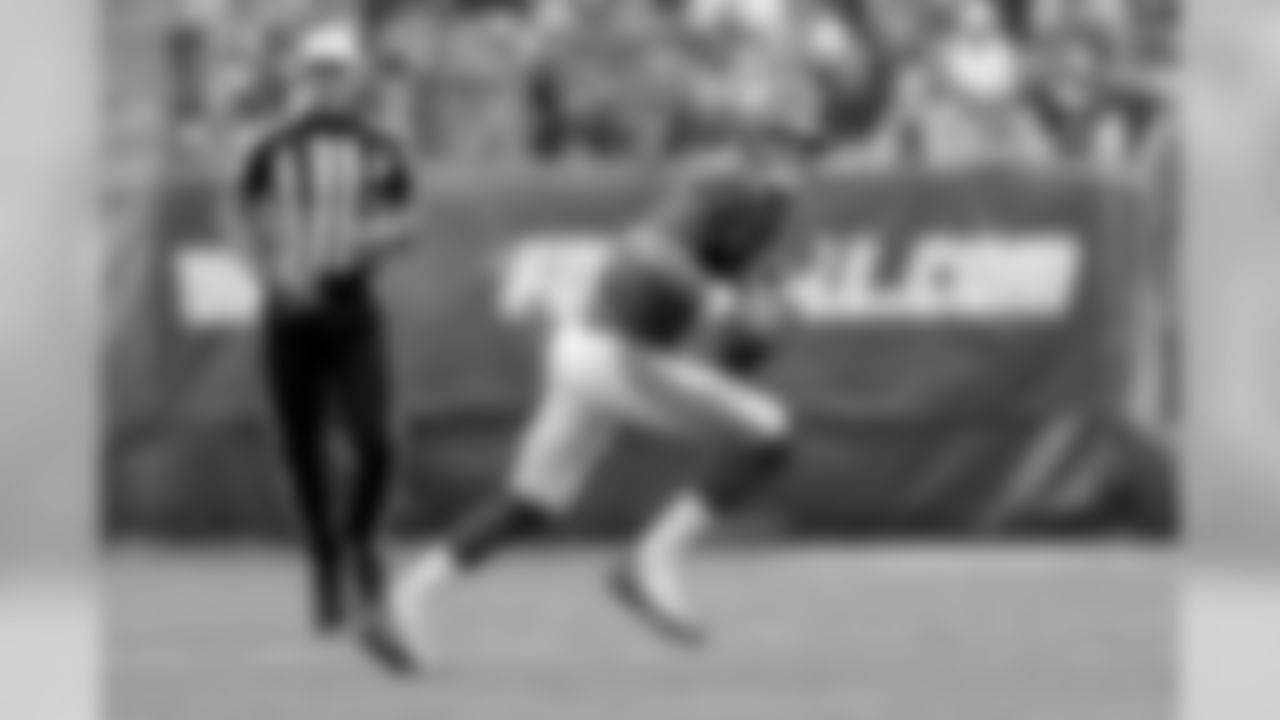
New York Giants quarterback Daniel Jones (8) rolls out of the pocket against the Minnesota Vikings during the first quarter of an NFL football game, Sunday, Oct. 6, 2019, in East Rutherford, N.J. (AP Photo/Adam Hunger)

New York Giants quarterback Daniel Jones (8) looks to pass during an NFL football game against the Tampa Bay Buccaneers, Sunday September 22, 2019 in Tampa, Fla. ( Tom DiPace via AP)
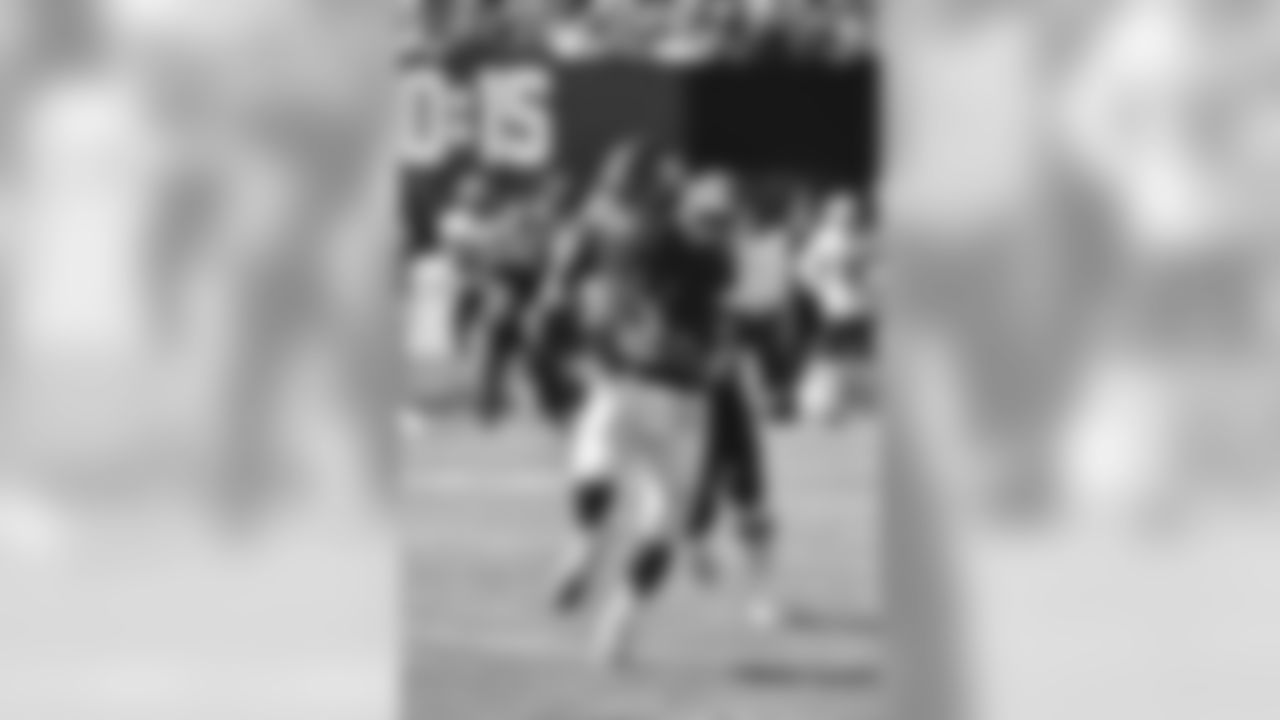
New York Giants quarterback Daniel Jones (8) during an NFL football game against the Washington Redskins Sunday September 29, 2019 in East Rutherford, NJ (Evan Pinkus via AP)

New York Giants quarterback Daniel Jones (8) throws a pass during an NFL football game against the Tampa Bay Buccaneers, Sunday, Sept. 22, 2019 in Tampa, Fla. The Giants defeated the Buccaneers 32-31. (Joe Robbins via AP)

New York Giants quarterback Daniel Jones (8) carries the ball during an NFL football game against the Tampa Bay Buccaneers, Sunday, Sept. 22, 2019 in Tampa, Fla. The Giants won 31-31. (Paul Abell via AP)

New York Giants quarterback Daniel Jones (8) during an NFL football game against the Tampa Bay Buccaneers, Sunday September 22, 2019 in Tampa, Fla. (Evan Pinkus via AP)
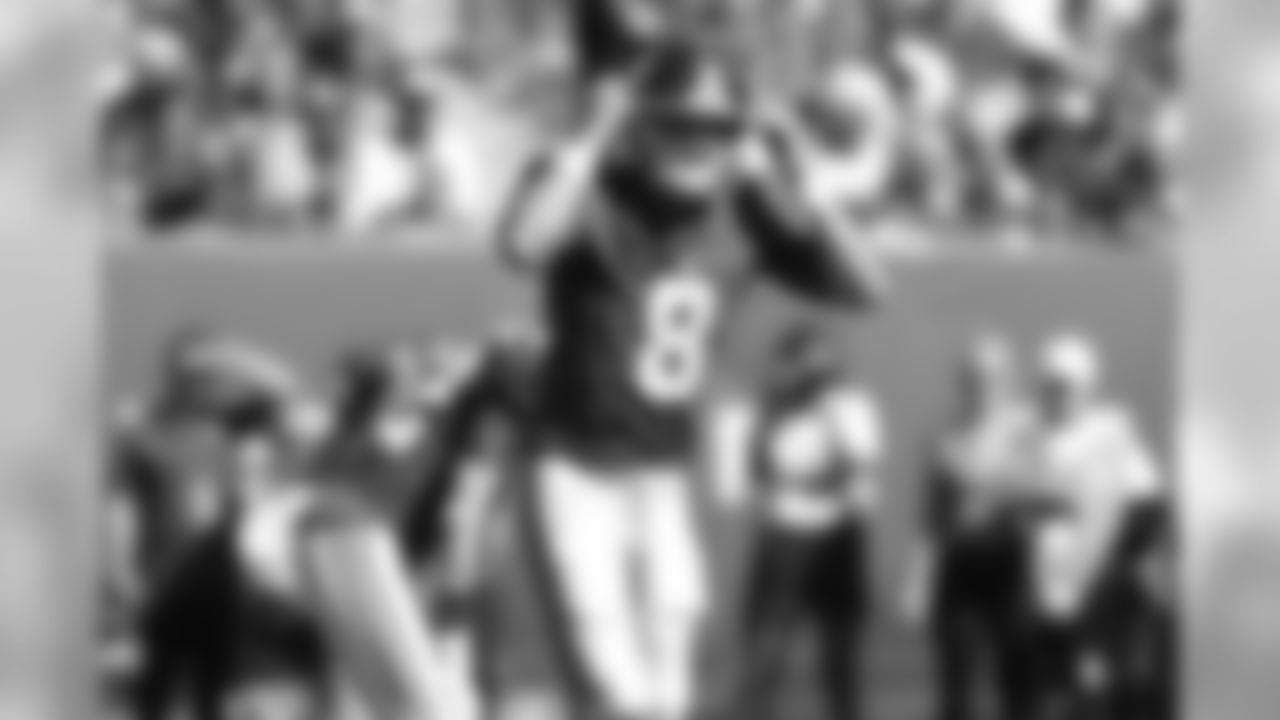
New York Giants quarterback Daniel Jones signals during the first half of an NFL football game against the Washington Redskins, Sunday, Sept. 29, 2019, in East Rutherford, N.J. (AP Photo/Adam Hunger)
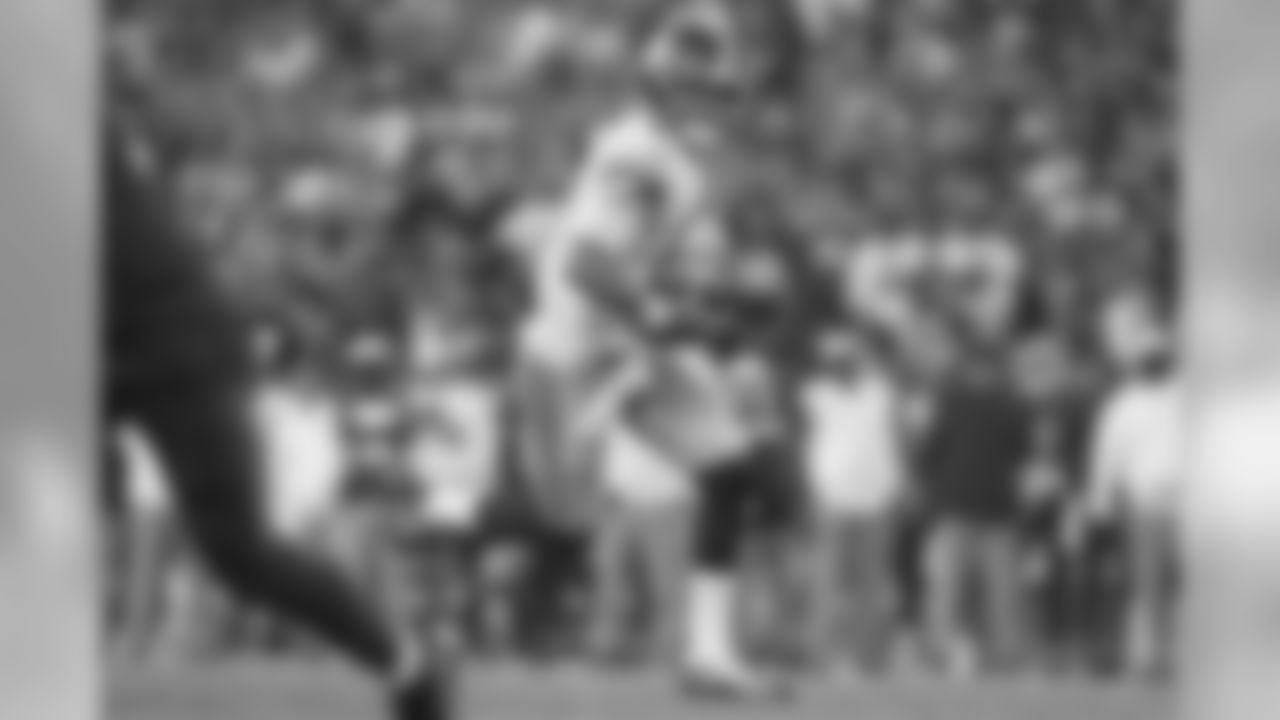
New York Giants quarterback Daniel Jones (8) runs for a game winning touchdown during the second half of an NFL football game against the Tampa Bay Buccaneers on Sunday, Sept. 22, 2019, in Tampa, Fla. The Giants defeated the Buccaneers 32-31. (Perry Knotts via AP)

New York Giants quarterback Daniel Jones warms-up before an NFL football game against the Washington Redskins, Sunday, Sept. 29, 2019, in East Rutherford, N.J. (AP Photo/Adam Hunger)

New York Giants quarterback Daniel Jones (8) celebrates the game winning touchdown with wide receiver Darius Slayton (86) during an NFL football game against the Tampa Bay Buccaneers, Sunday September 22, 2019 in Tampa, Fla. (Evan Pinkus via AP)

New York Giants quarterback Daniel Jones (8) during an NFL football game against the Tampa Bay Buccaneers, Sunday September 22, 2019 in Tampa, Fla. (Evan Pinkus via AP)
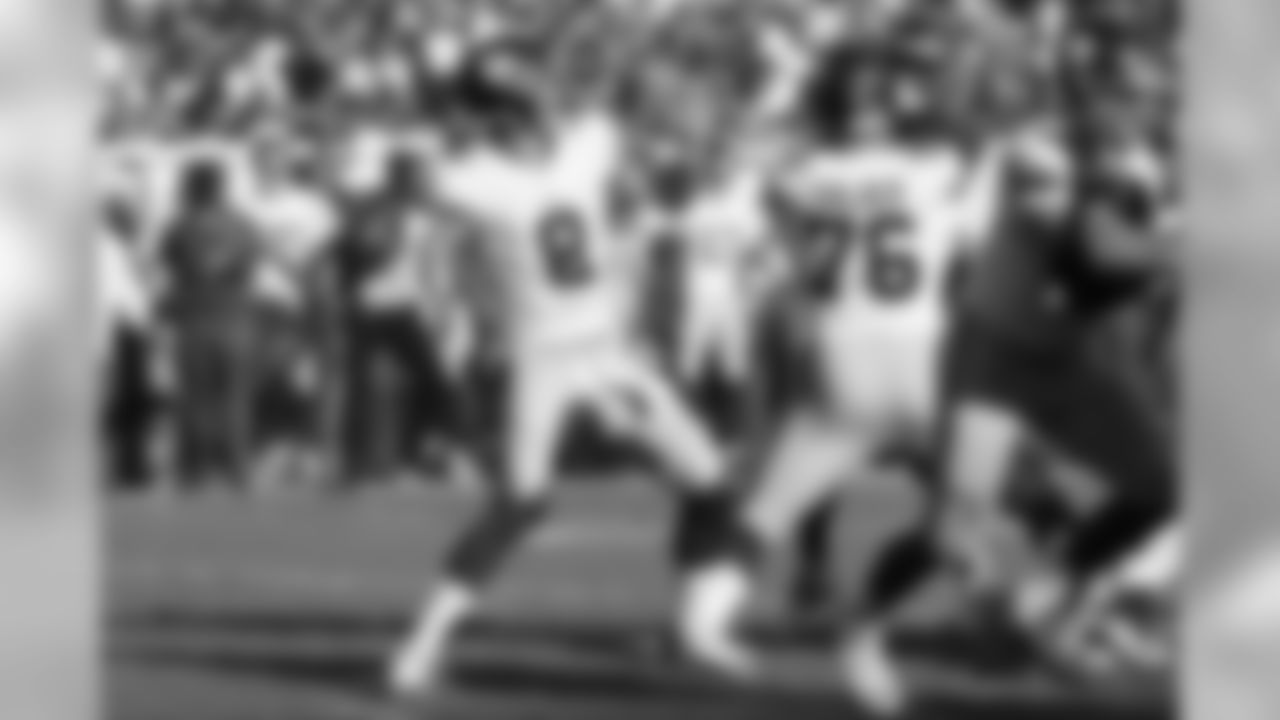
New York Giants quarterback Daniel Jones (8) throws a pass against the Tampa Bay Buccaneers during the first half of an NFL football game Sunday, Sept. 22, 2019, in Tampa, Fla. (AP Photo/Mark LoMoglio)
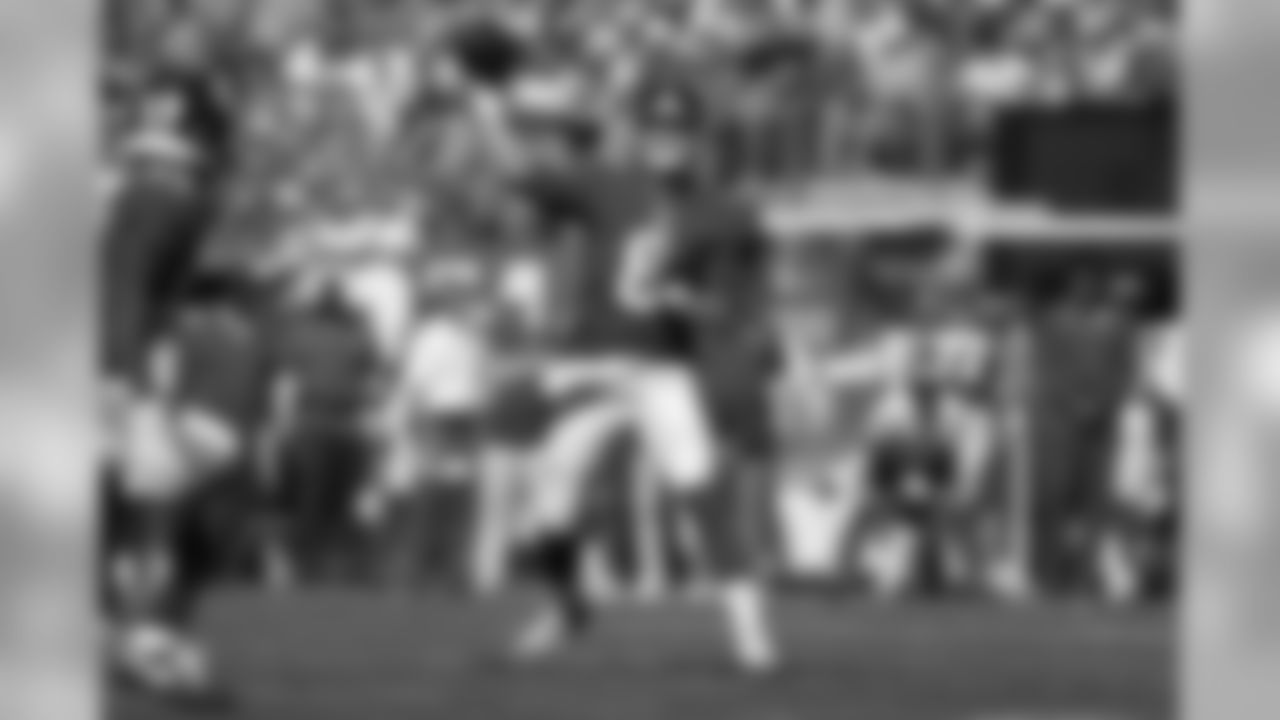
New York Giants quarterback Daniel Jones throws during the second half of an NFL football game against the Washington Redskins, Sunday, Sept. 29, 2019, in East Rutherford, N.J. (AP Photo/Adam Hunger)
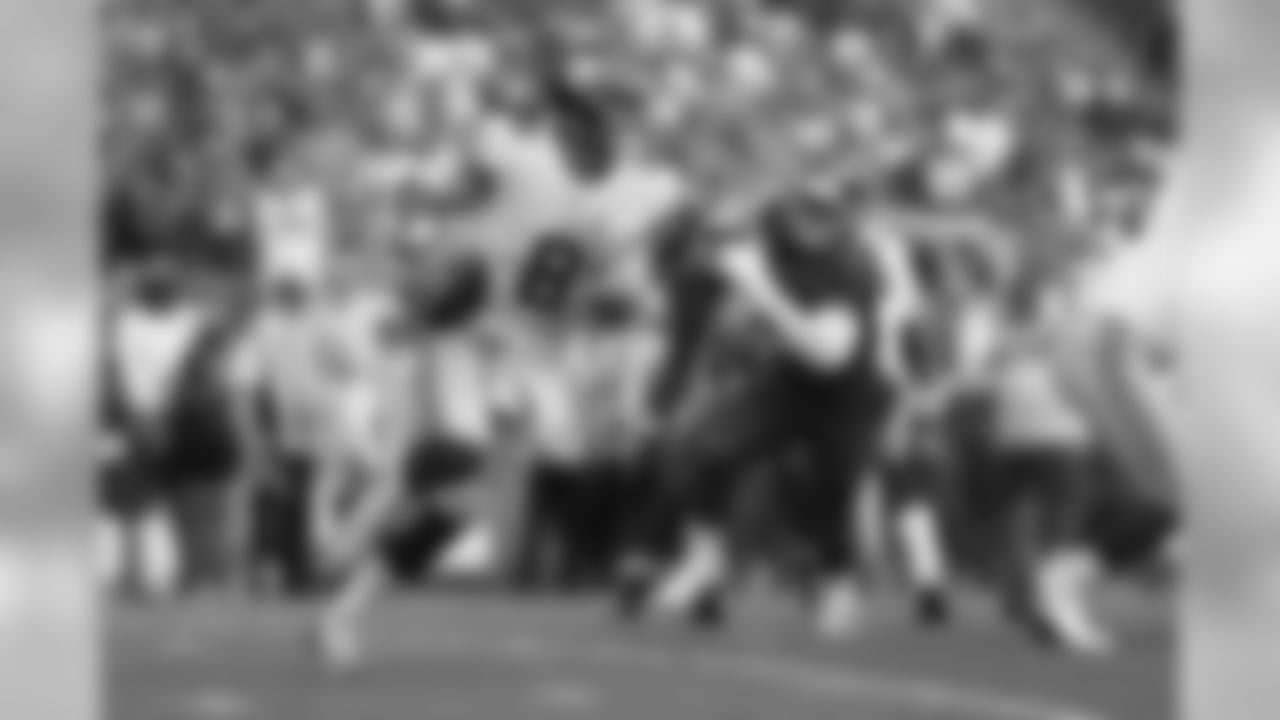
New York Giants quarterback Daniel Jones (8) runs against the Tampa Bay Buccaneers during the first half of an NFL football game, in Tampa, Fla. (AP Photo/Mark LoMoglio, File)
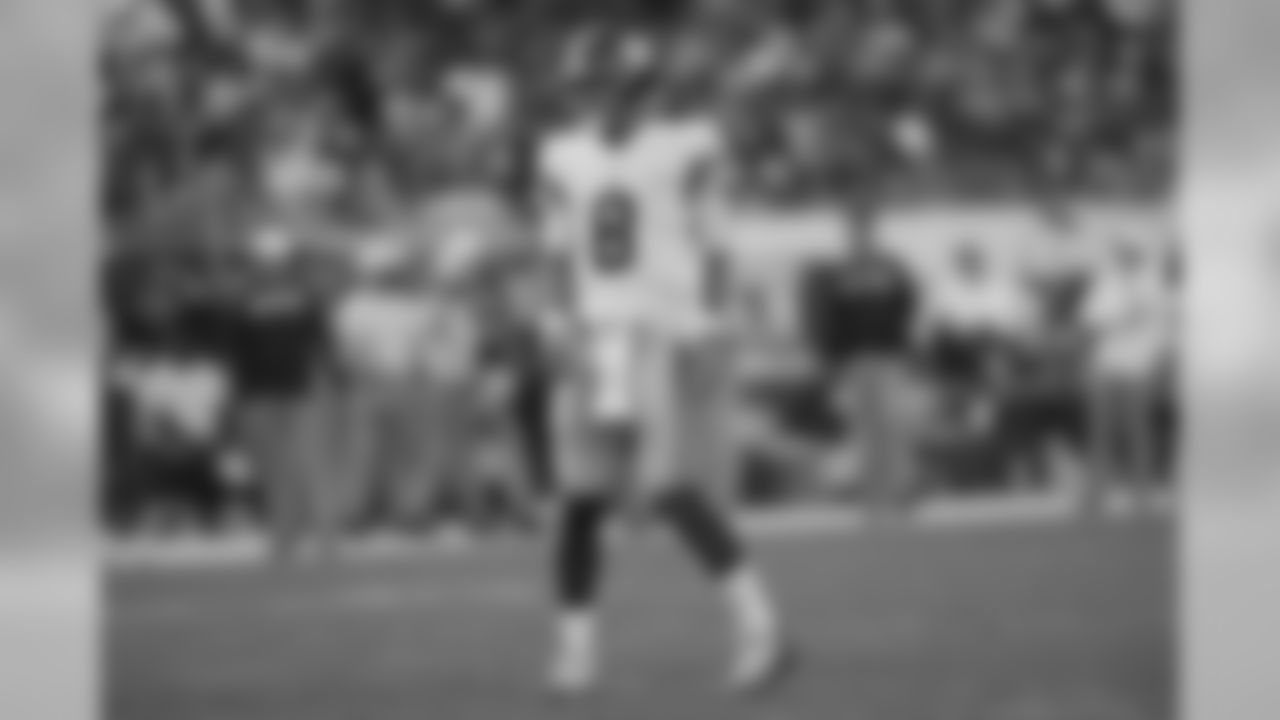
New York Giants quarterback Daniel Jones during the second half of an NFL football game against the Tampa Bay Buccaneers Sunday, Sept. 22, 2019, in Tampa, Fla. (AP Photo/Jason Behnken)

New York Giants quarterback Daniel Jones (8) shakes hands with offensive guard Kevin Zeitler (70) during the second half of an NFL football game Sunday, Sept. 22, 2019, in Tampa, Fla. (AP Photo/Jason Behnken)
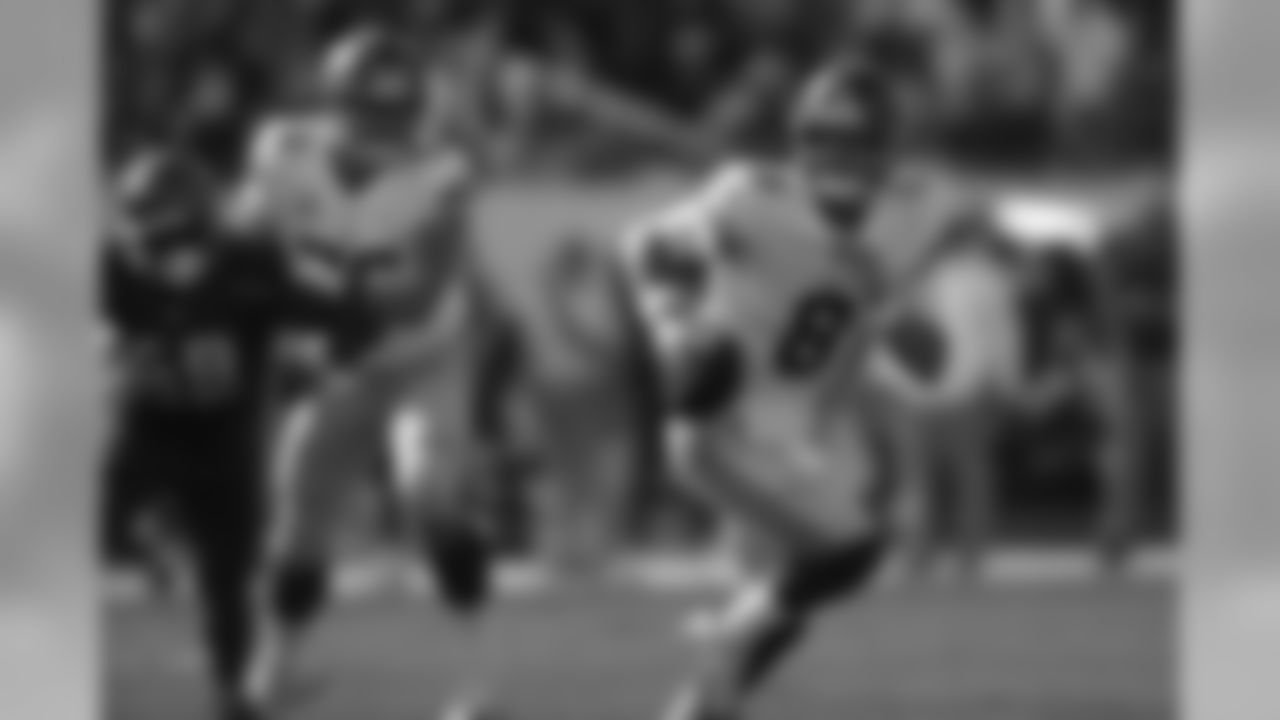
New York Giants quarterback Daniel Jones (8) runs against the Tampa Bay Buccaneers during the first half of an NFL football game Sunday, Sept. 22, 2019, in Tampa, Fla. (AP Photo/Jason Behnken)

New York Giants quarterback Daniel Jones (8) passes against the Minnesota Vikings during the second half of an NFL football game, Sunday, Oct. 6, 2019, in East Rutherford, N.J. (AP Photo/Adam Hunger)

New York Giants quarterback Daniel Jones (8) throws a pass against the Tampa Bay Buccaneers during the first half of an NFL football game Sunday, Sept. 22, 2019, in Tampa, Fla. (AP Photo/Jason Behnken)

New York Giants quarterback Daniel Jones (8) scrambles against the Tampa Bay Buccaneers during the first half of an NFL football game Sunday, Sept. 22, 2019, in Tampa, Fla. (AP Photo/Mark LoMoglio)
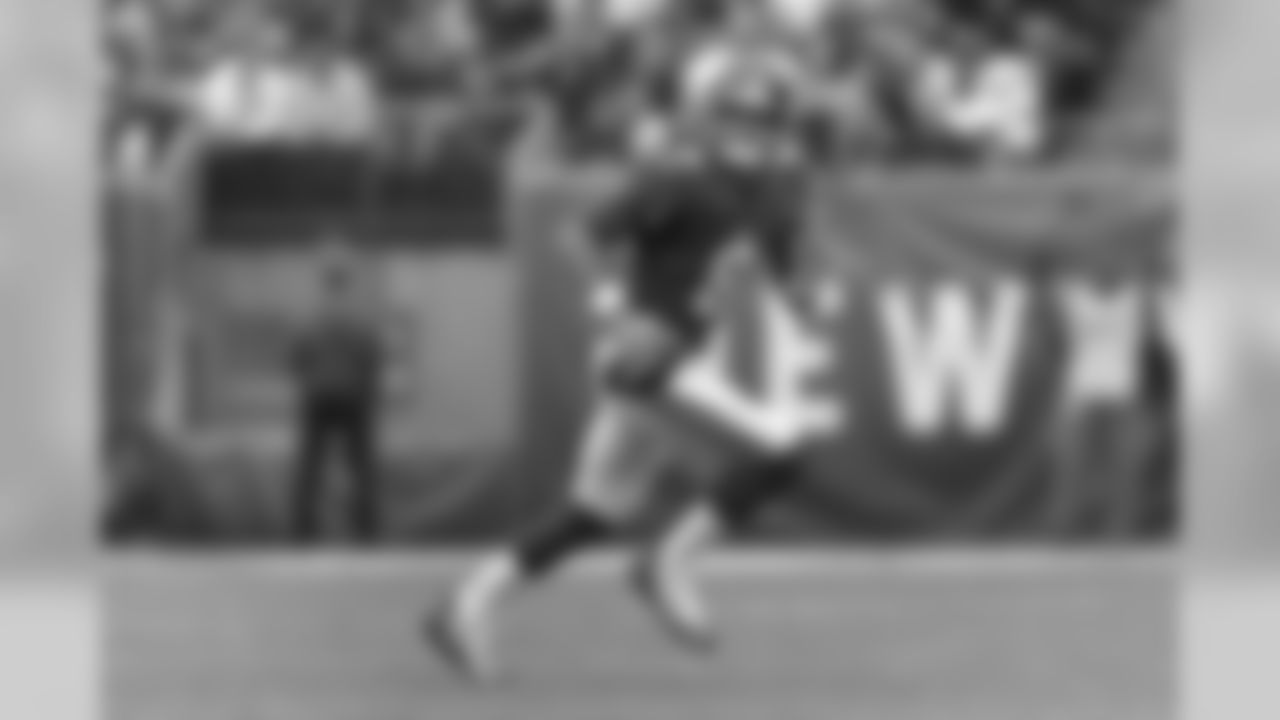
New York Giants quarterback Daniel Jones (8) rolls out of the pocket against the Minnesota Vikings during the first quarter of an NFL football game, Sunday, Oct. 6, 2019, in East Rutherford, N.J. (AP Photo/Adam Hunger)

New York Giants quarterback Daniel Jones (8) runs against the Tampa Bay Buccaneers during the first half of an NFL football game Sunday, Sept. 22, 2019, in Tampa, Fla. (AP Photo/Mark LoMoglio)
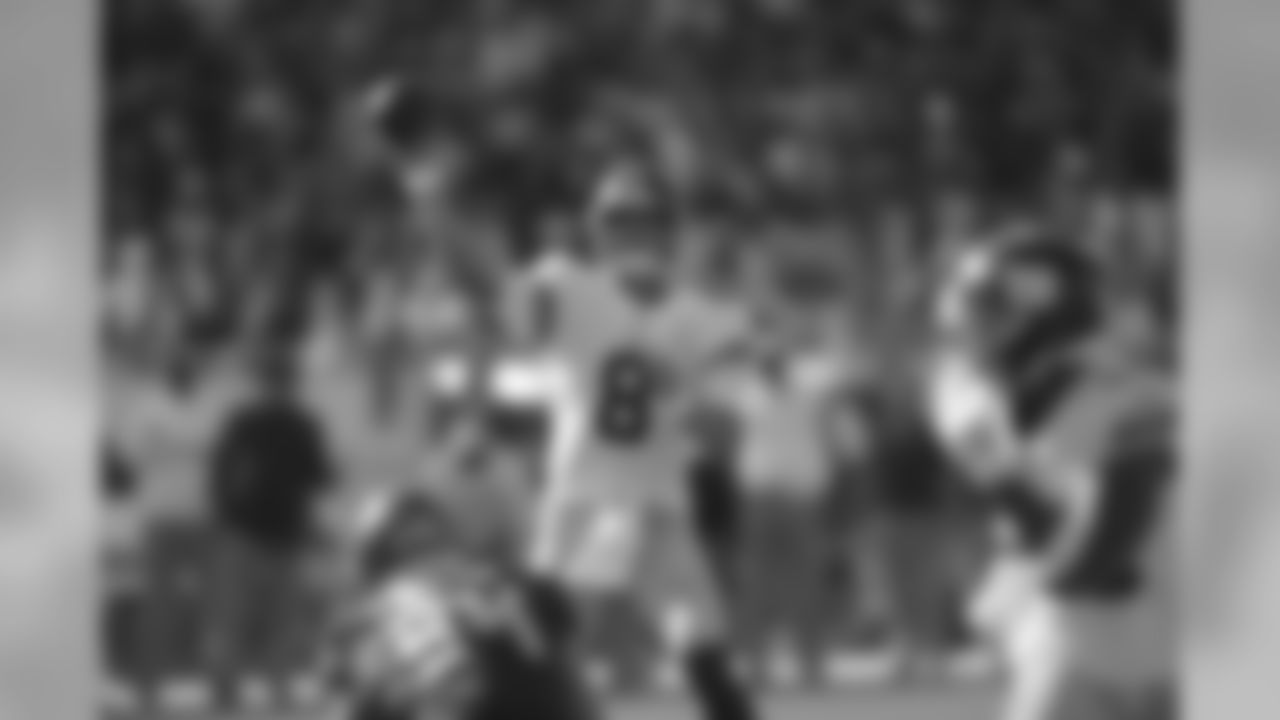
New York Giants quarterback Daniel Jones (8) throws a pass against the Tampa Bay Buccaneers during the first half of an NFL football game Sunday, Sept. 22, 2019, in Tampa, Fla. (AP Photo/Jason Behnken)

New York Giants quarterback Daniel Jones (8) during an NFL football game against the Washington Redskins Sunday September 29, 2019 in East Rutherford, NJ (Evan Pinkus via AP)
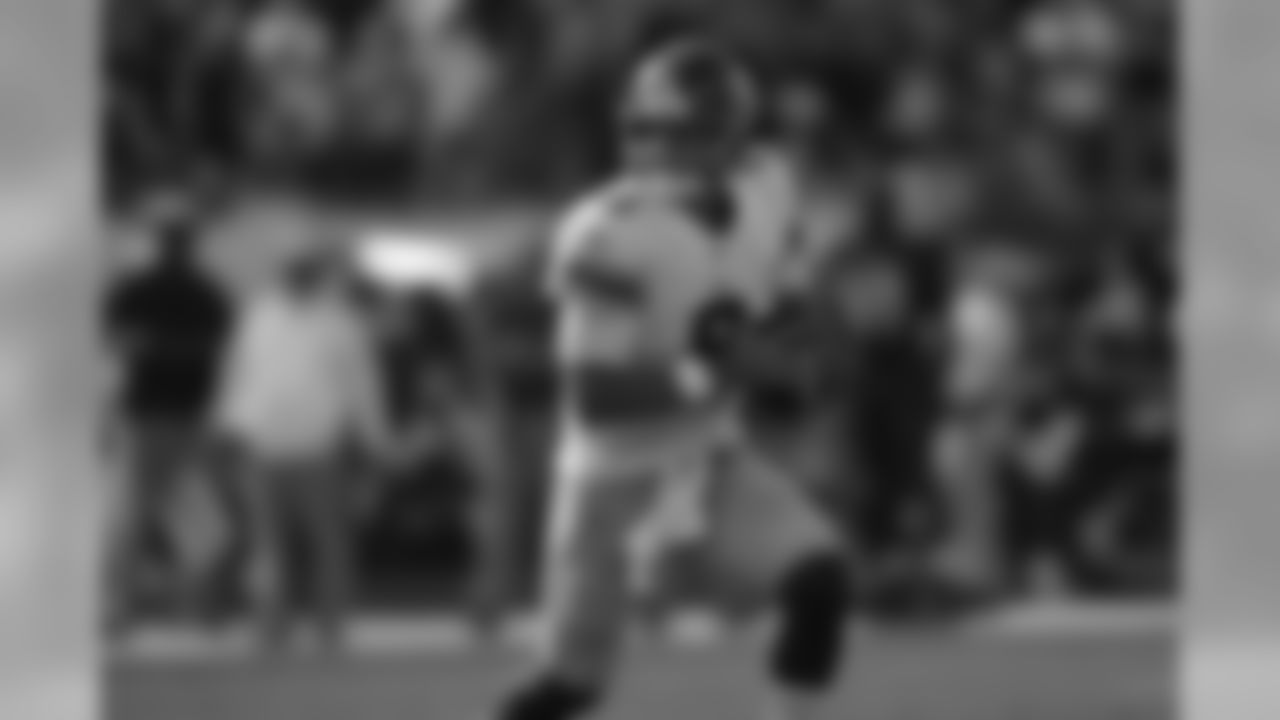
New York Giants quarterback Daniel Jones (8) runs against the Tampa Bay Buccaneers during the first half of an NFL football game Sunday, Sept. 22, 2019, in Tampa, Fla. (AP Photo/Jason Behnken)
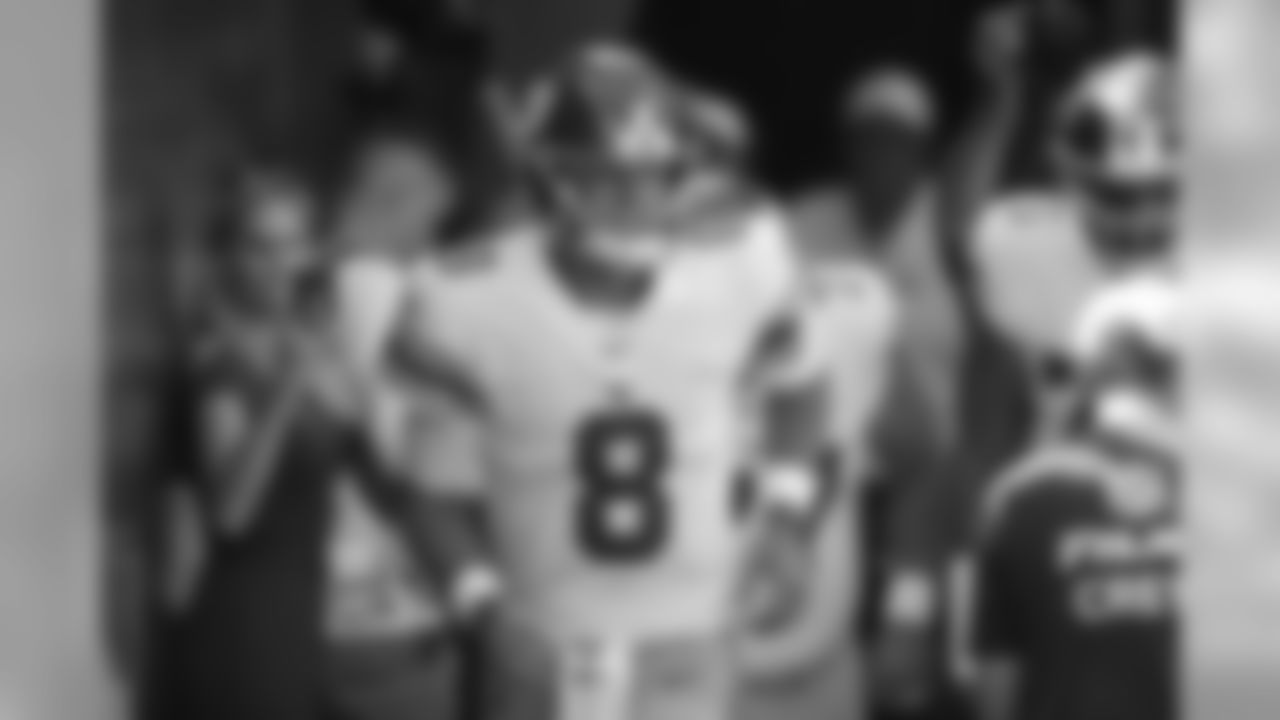
New York Giants quarterback Daniel Jones (8) runs onto the field for wampups before an NFL football game against the Tampa Bay Buccaneers Sunday, Sept. 22, 2019, in Tampa, Fla. (AP Photo/Chris O'Meara)

Duke quarterback Daniel Jones (17) runs during the first half of an NCAA college football game against Miami, Saturday, Nov. 3, 2018, in Miami Gardens, Fla. (AP Photo/Lynne Sladky)
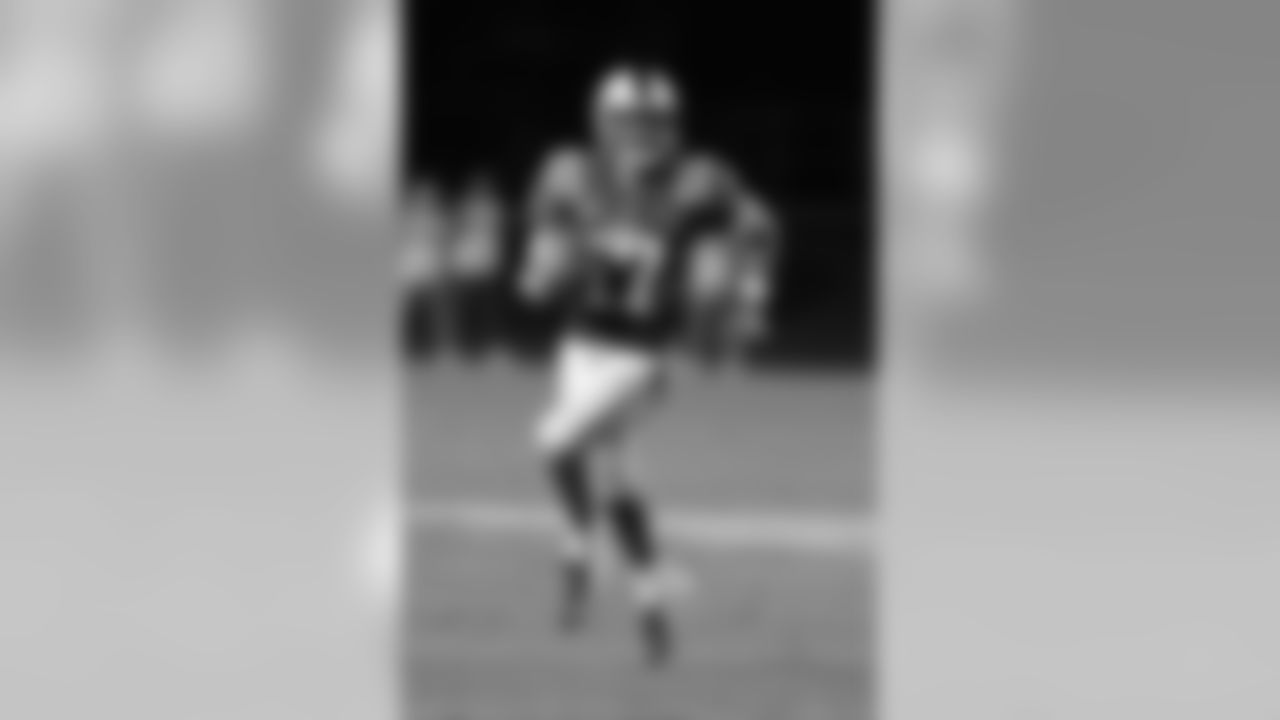
Duke quarterback Daniel Jones (17) runs against Virginia Tech during the first half of an NCAA college football game in Durham, N.C., Saturday, Sept. 29, 2018. (AP Photo/Gerry Broome)

Duke quarterback Daniel Jones stands back to pass during the first half of an NCAA college football game against Miami, Saturday, Nov. 3, 2018, in Miami Gardens, Fla. (AP Photo/Lynne Sladky)
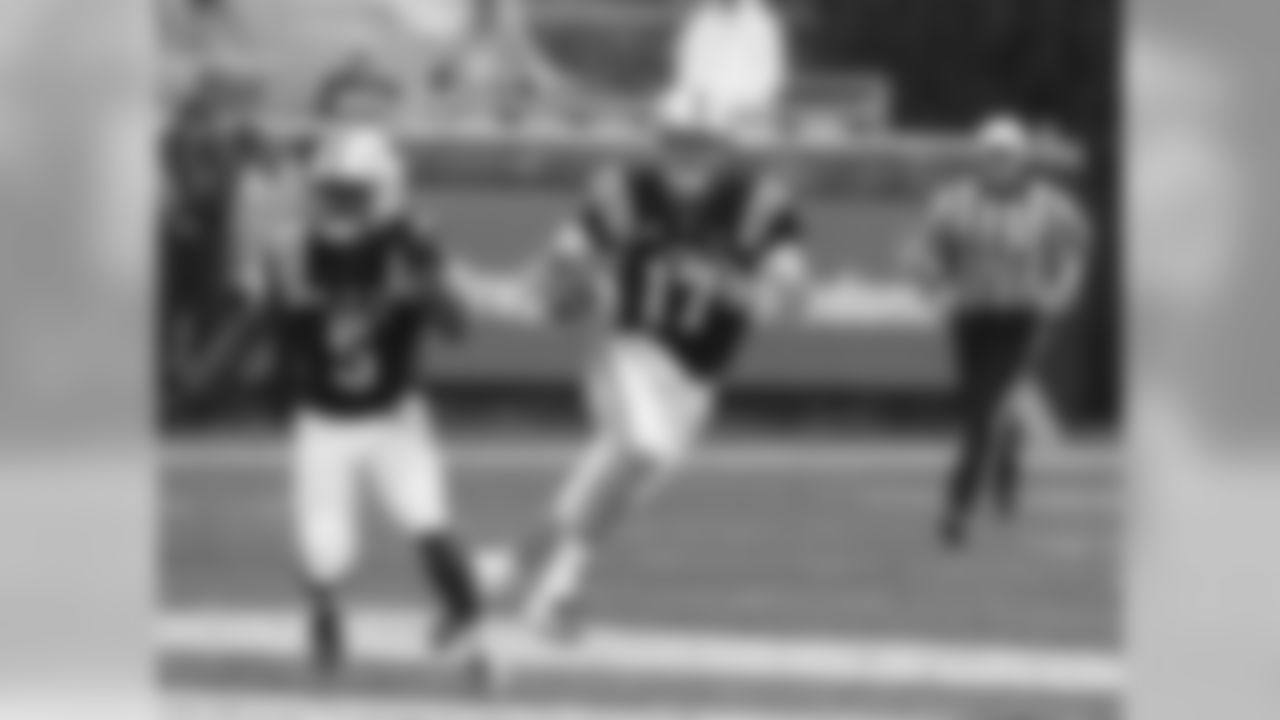
Duke quarterback Daniel Jones (17) runs against Virginia during the first half of an NCAA college football game in Durham, N.C., Saturday, Oct. 20, 2018. (AP Photo/Gerry Broome)
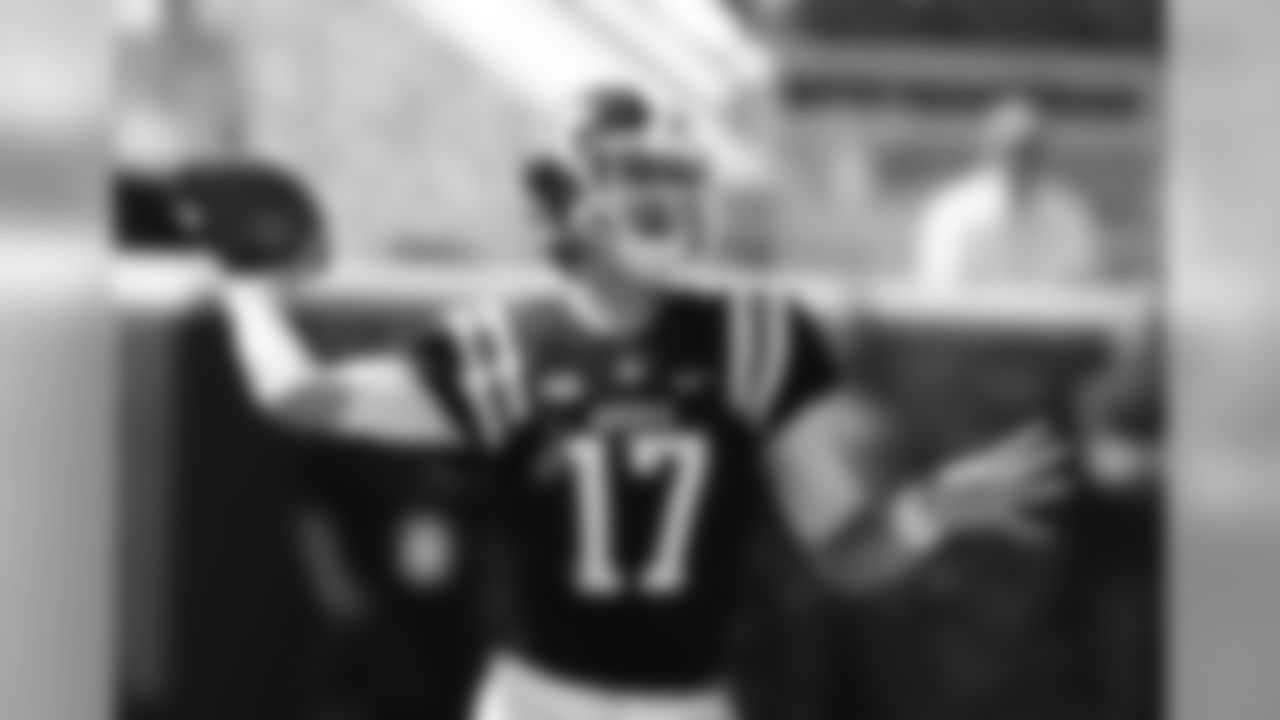
Duke quarterback Daniel Jones (17) passes against Virginia during the first half of an NCAA college football game in Durham, N.C., Saturday, Oct. 1, 2016. (AP Photo/Gerry Broome)
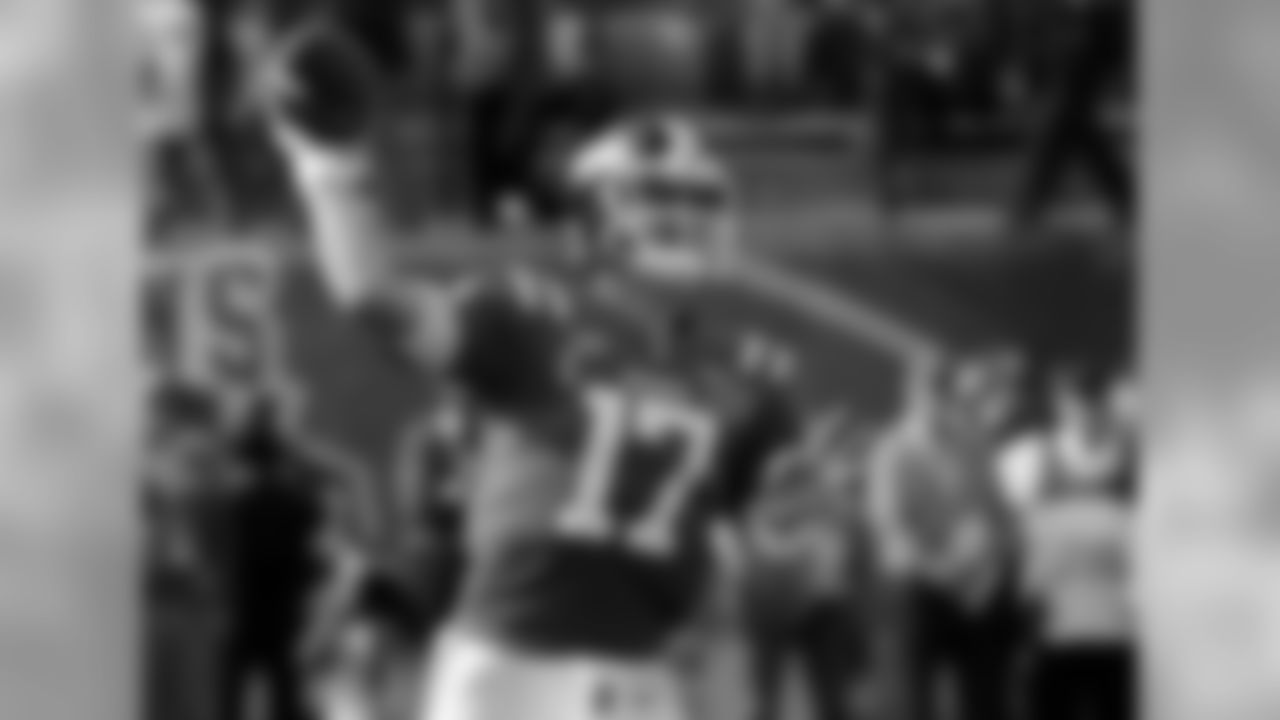
Duke quarterback Daniel Jones (17) passes against Temple during the first half of the Independence Bowl, an NCAA college football game in Shreveport, La., Thursday, Dec. 27, 2018. (AP Photo/Rogelio V. Solis)
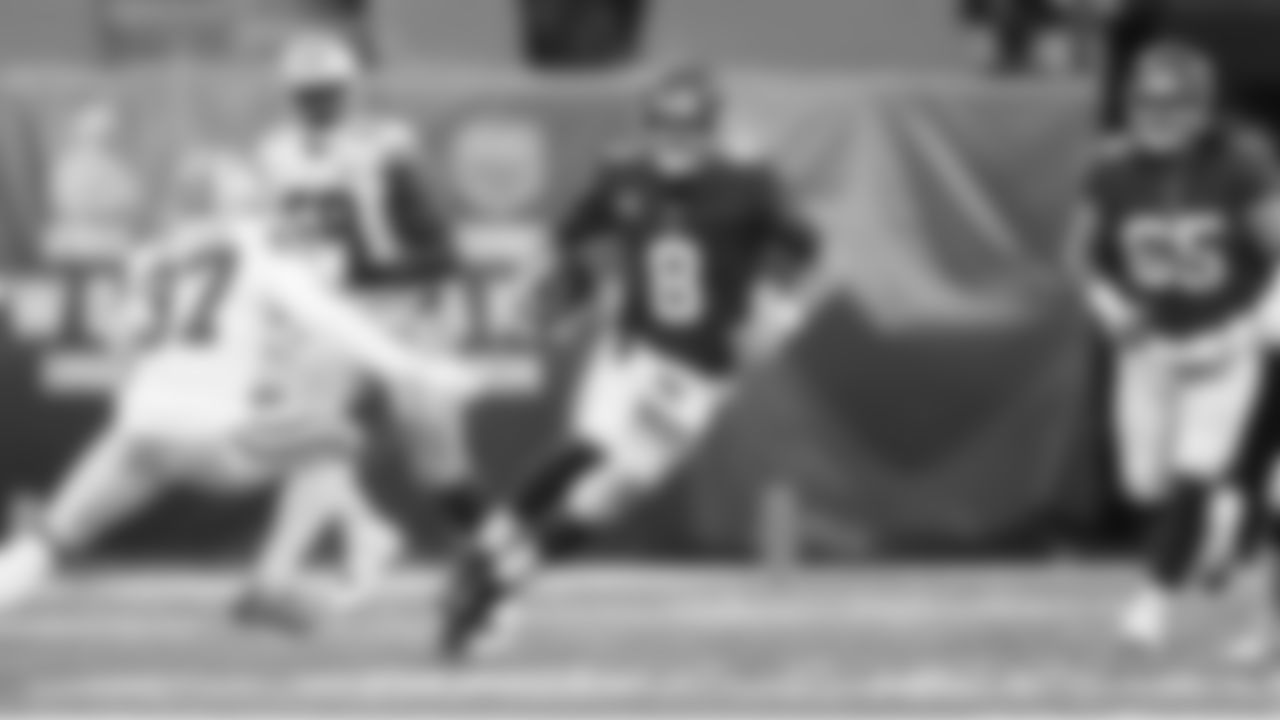
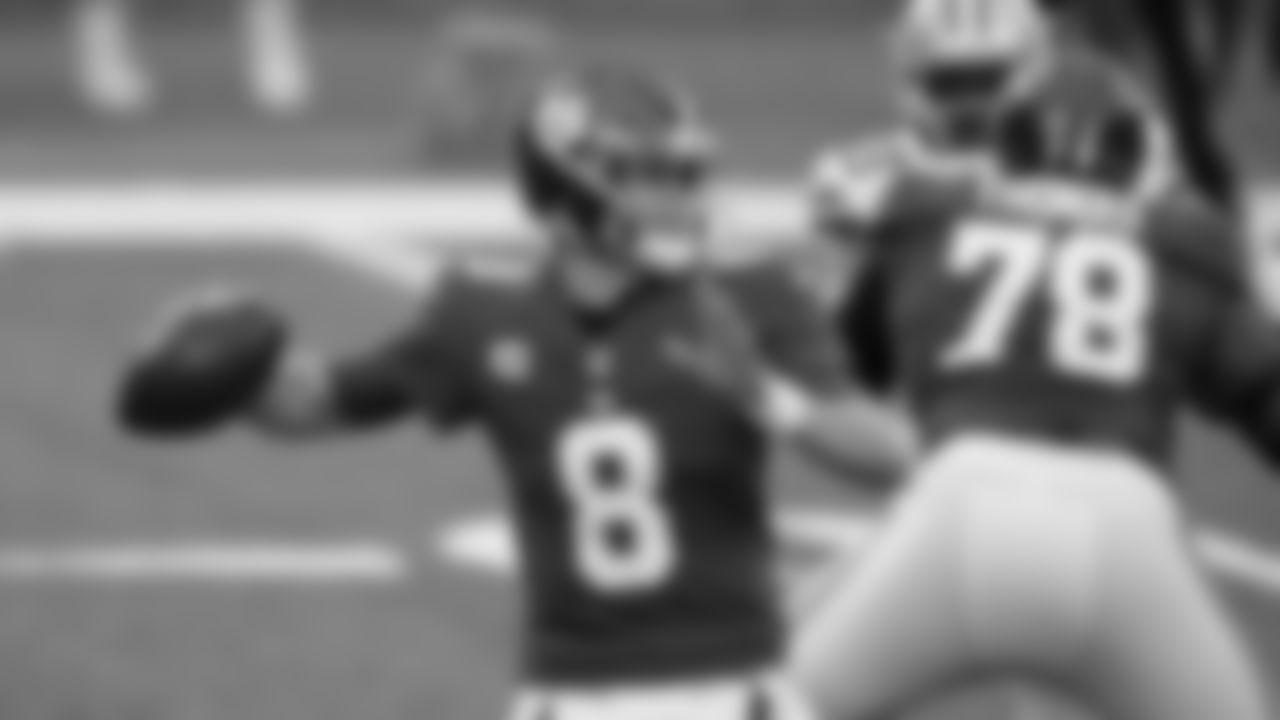
Daniel Jones
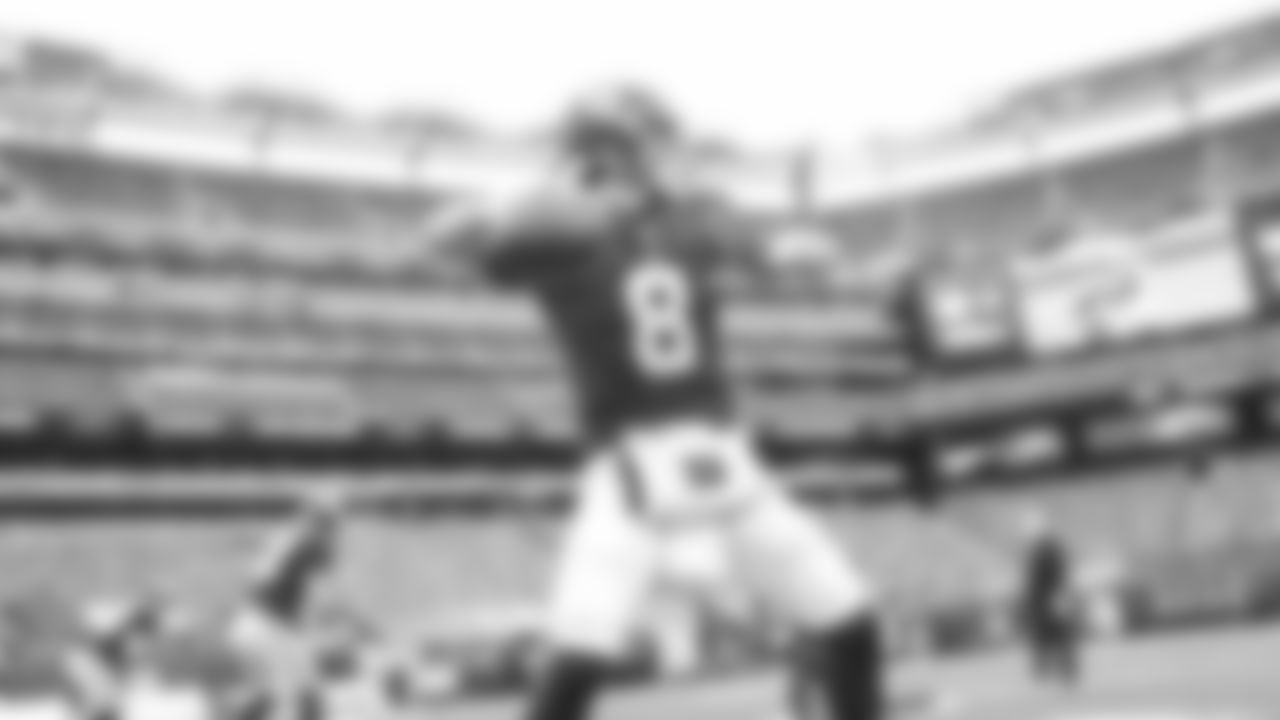
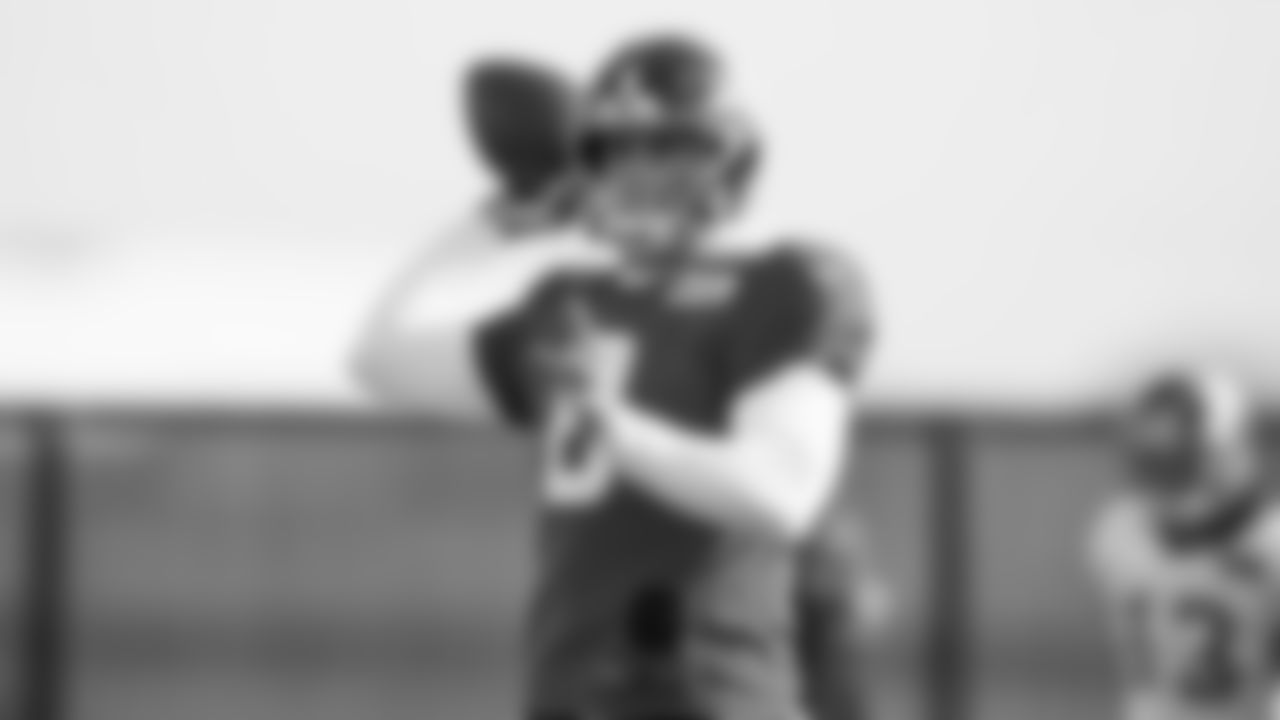
Daniel Jones (8)

Daniel Jones (8)

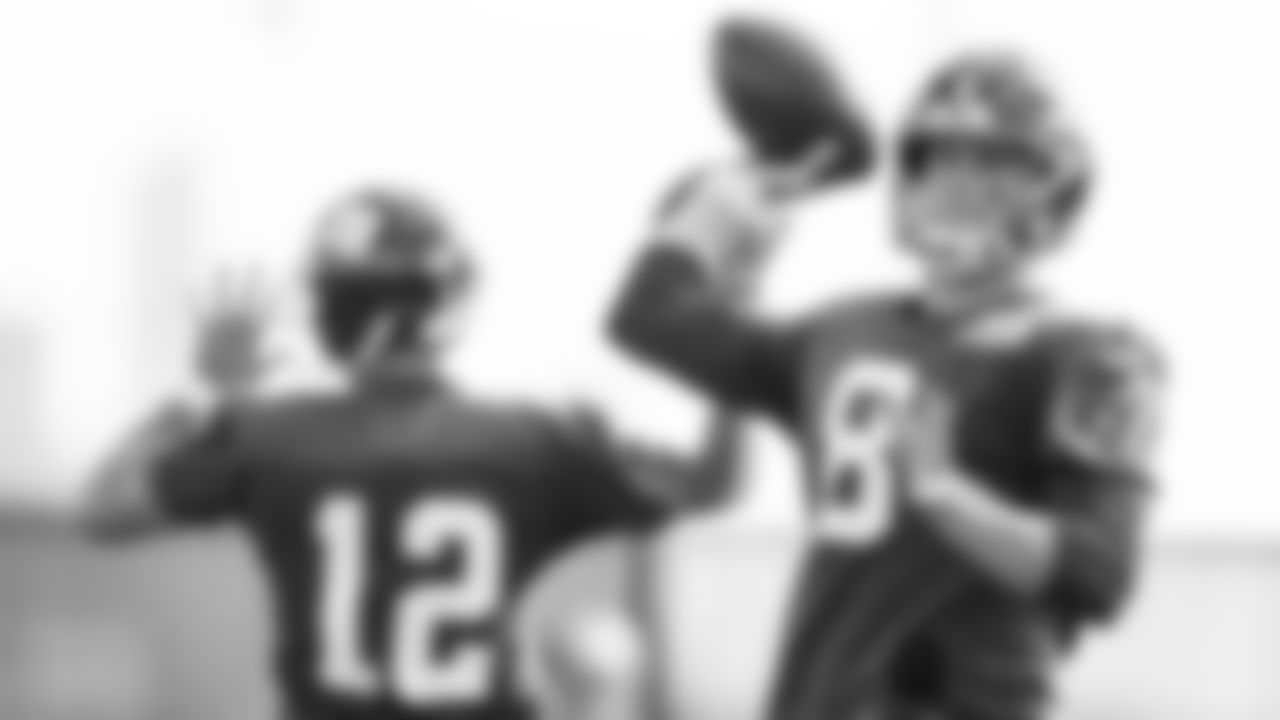
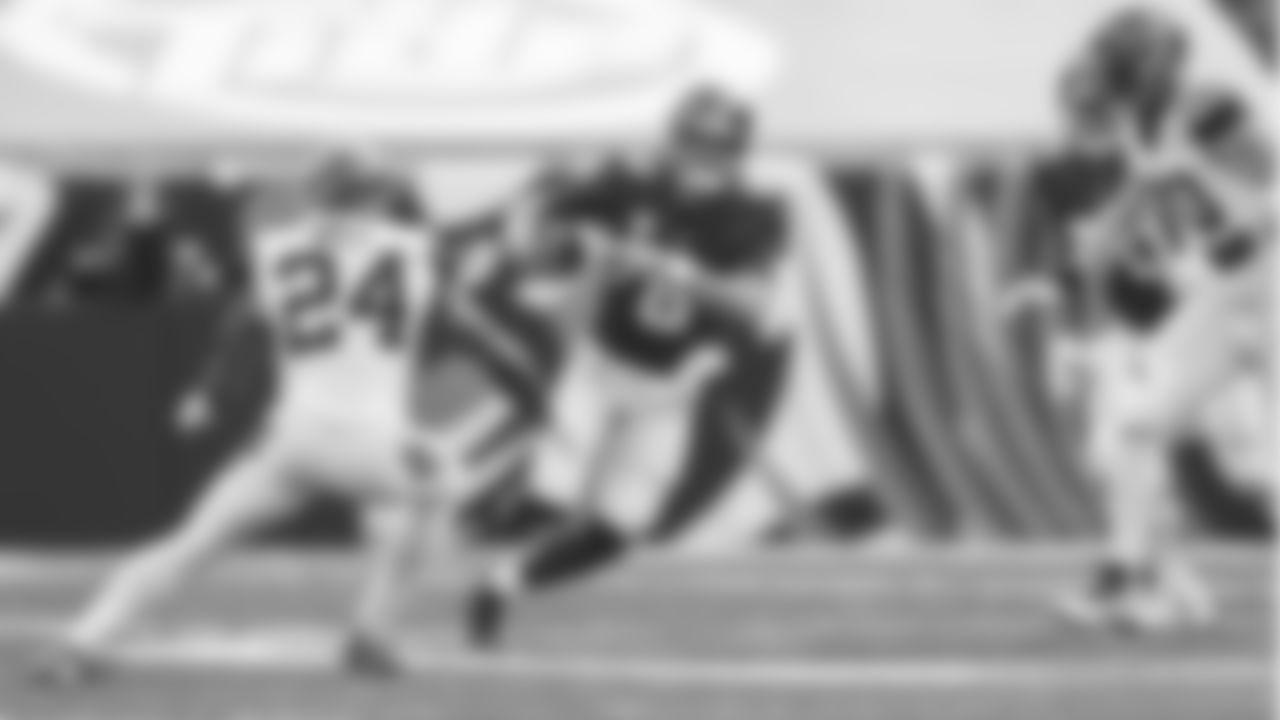

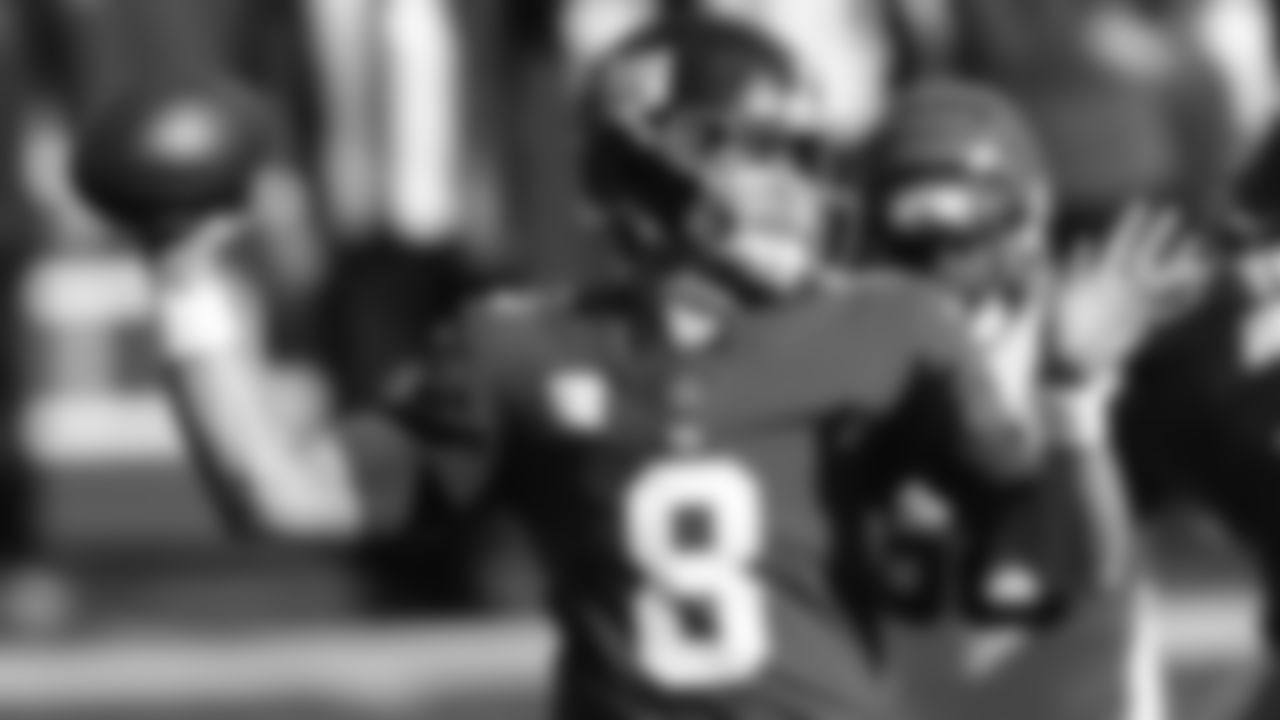
New York Giants quarterback Daniel Jones throws during the first half of NFL football game against the Cincinnati Bengals, Sunday, Nov. 29, 2020, in Cincinnati. (AP Photo/Aaron Doster)
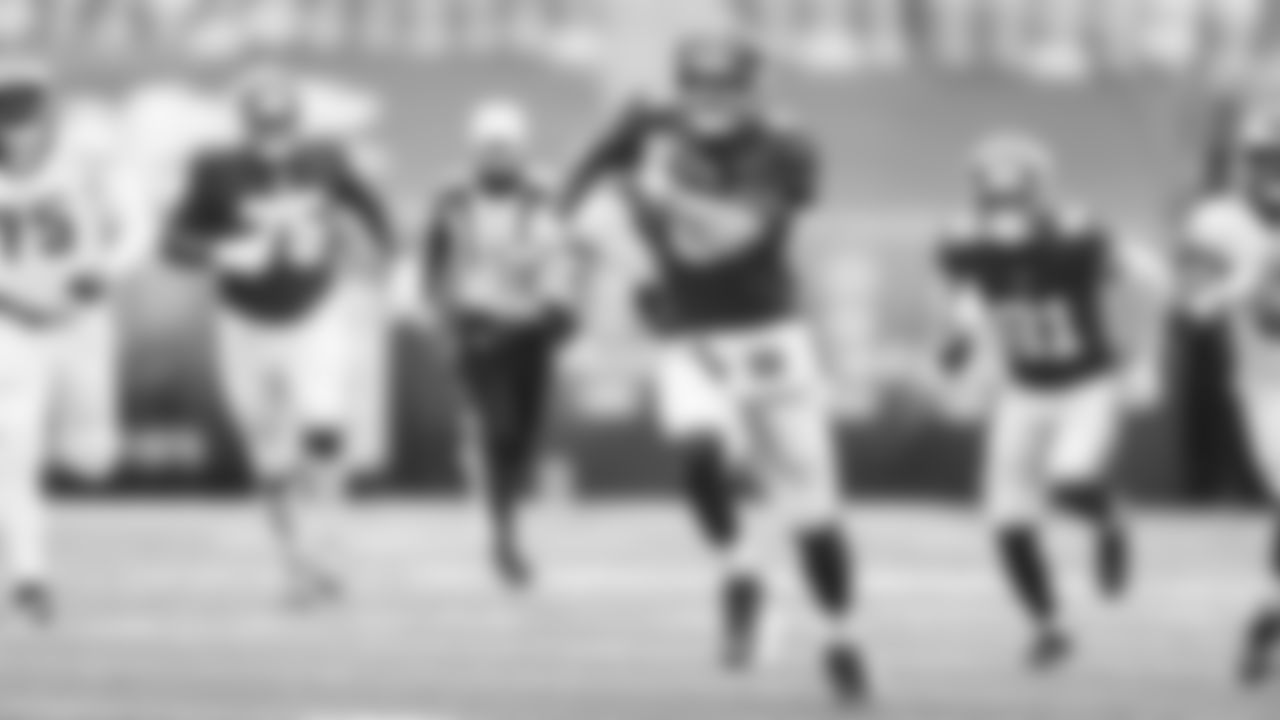
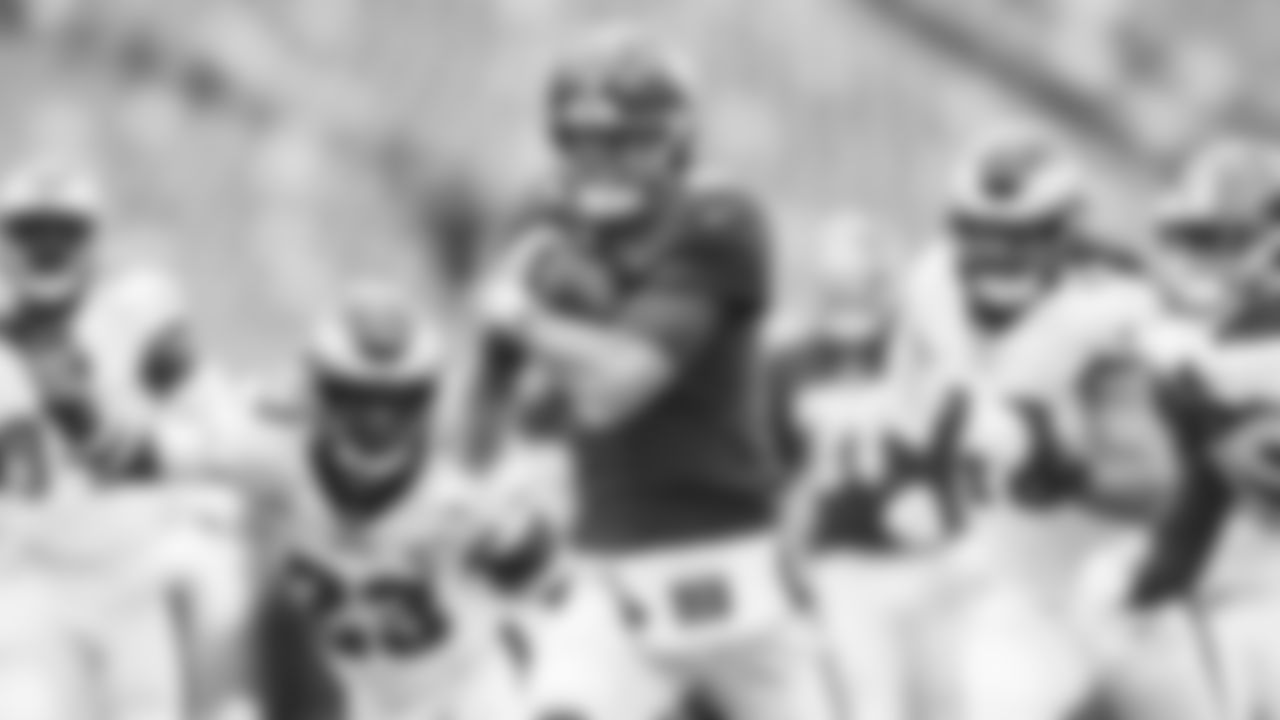

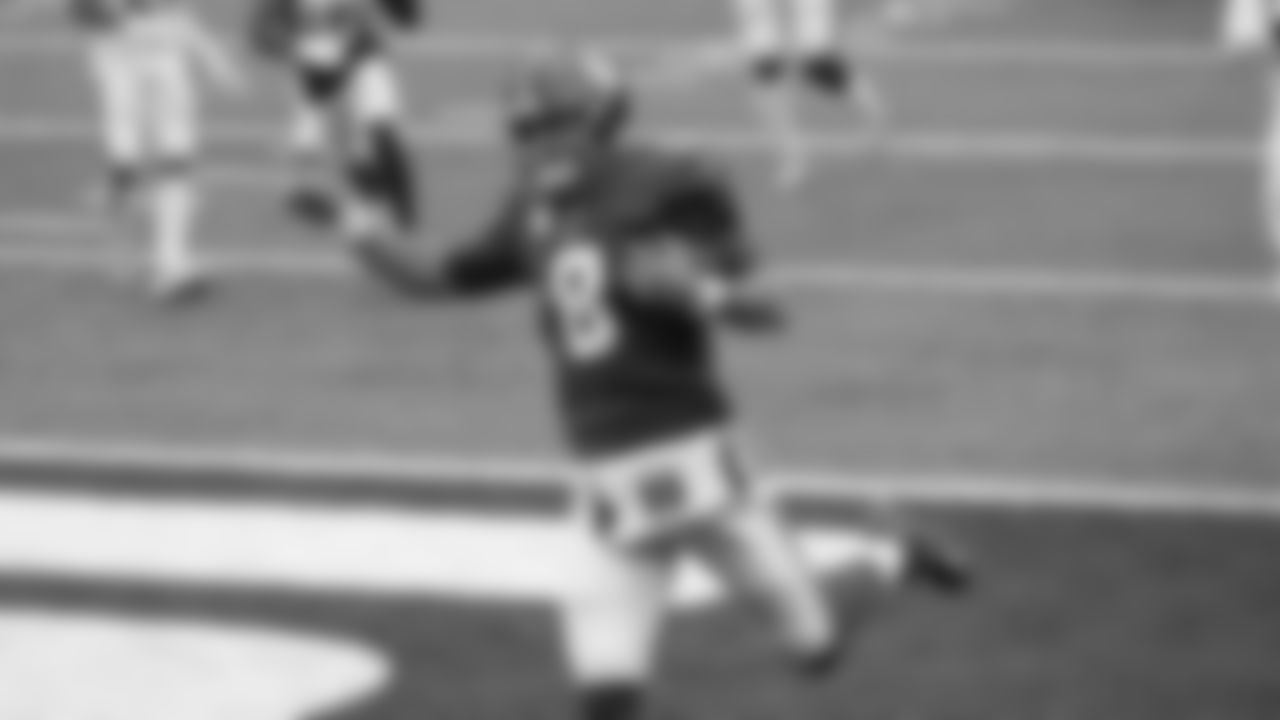
New York Giants quarterback Daniel Jones (8) rushes for a touchdown during the first half of an NFL football game against the Philadelphia Eagles Sunday, Nov. 15, 2020, in East Rutherford, N.J. (AP Photo/Seth Wenig)
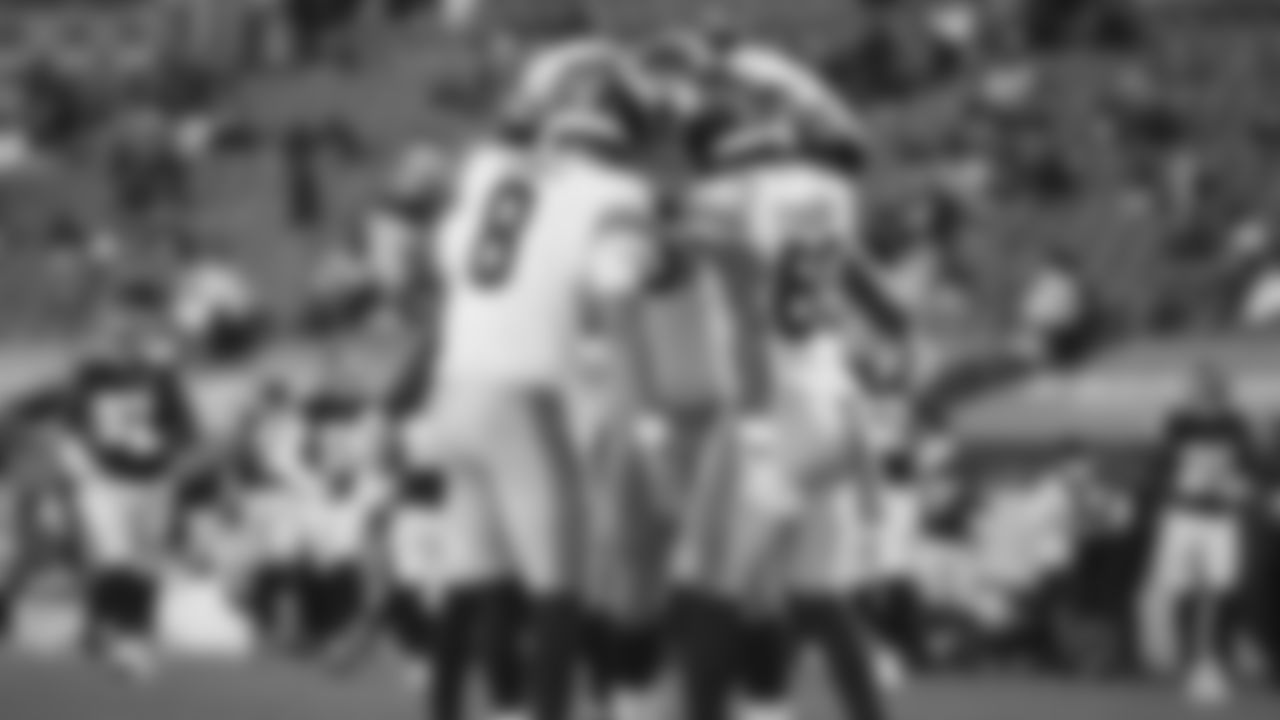
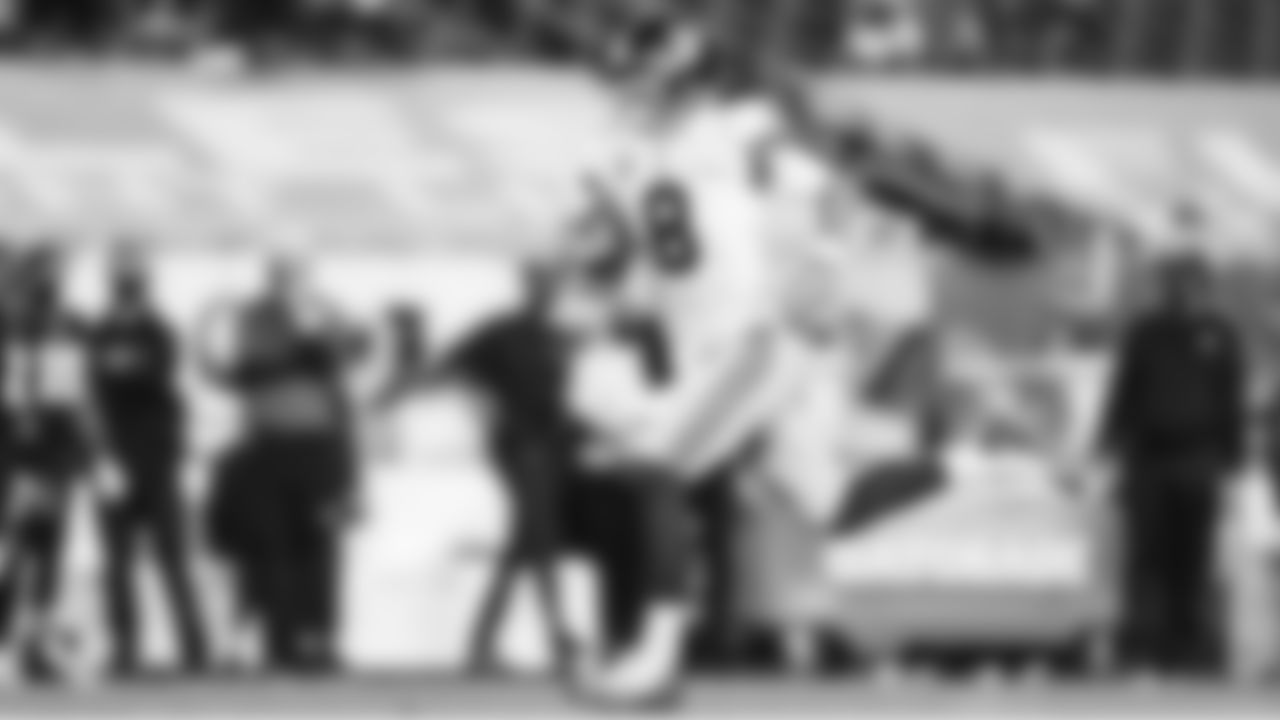

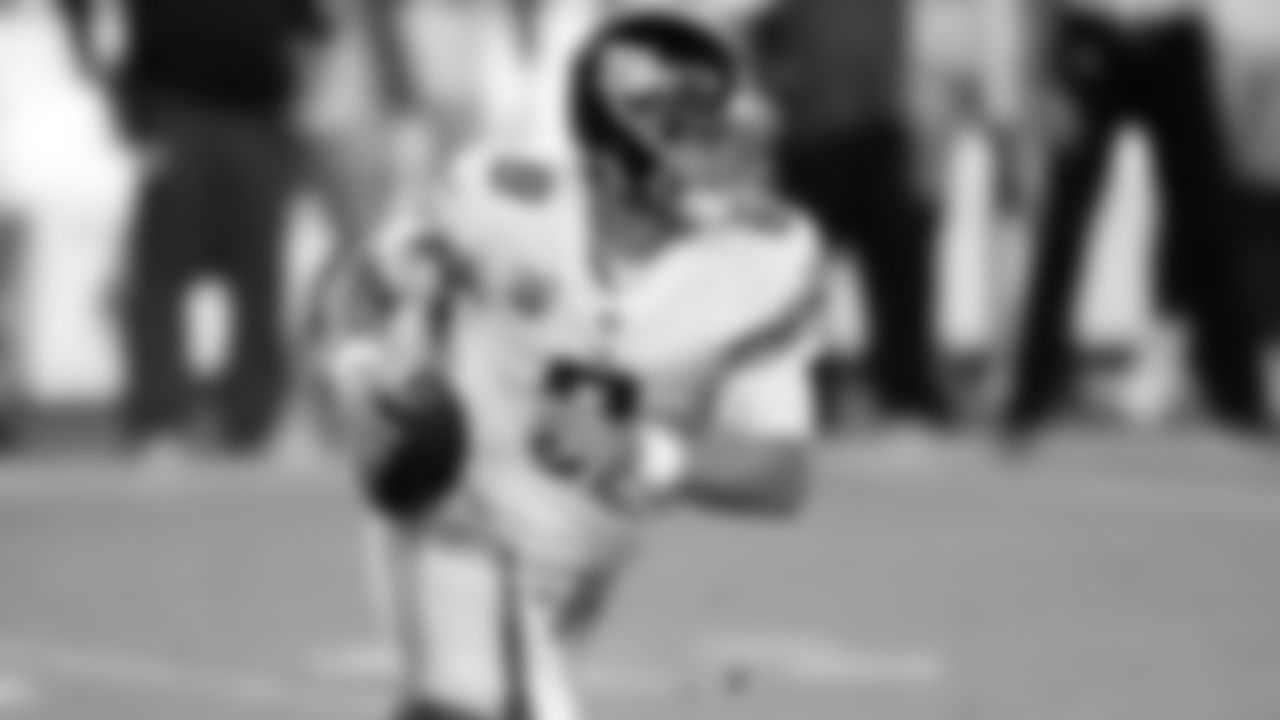
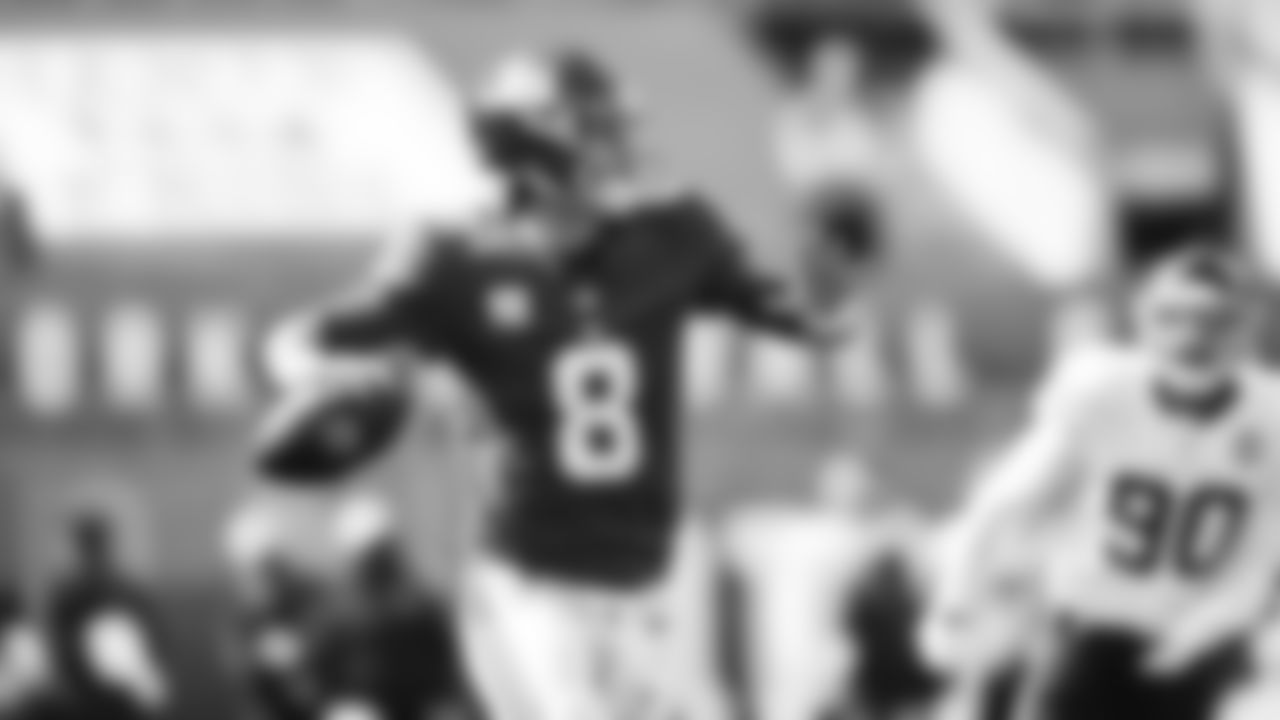
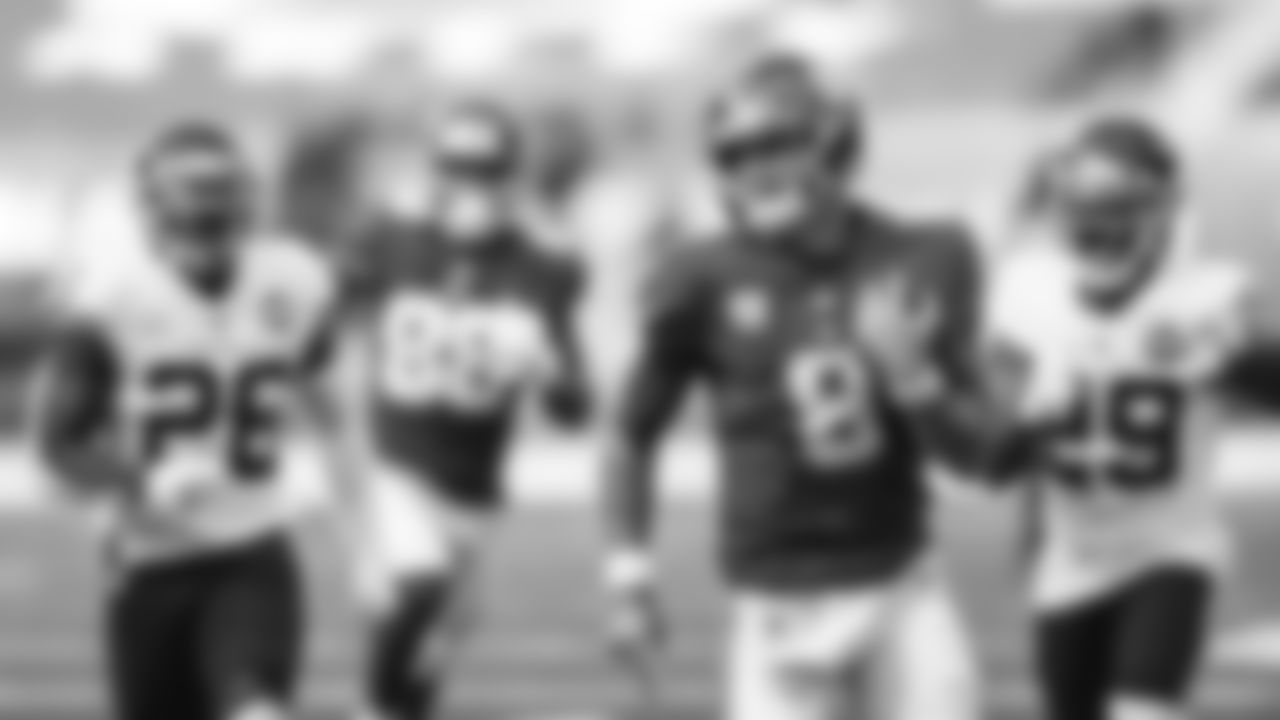
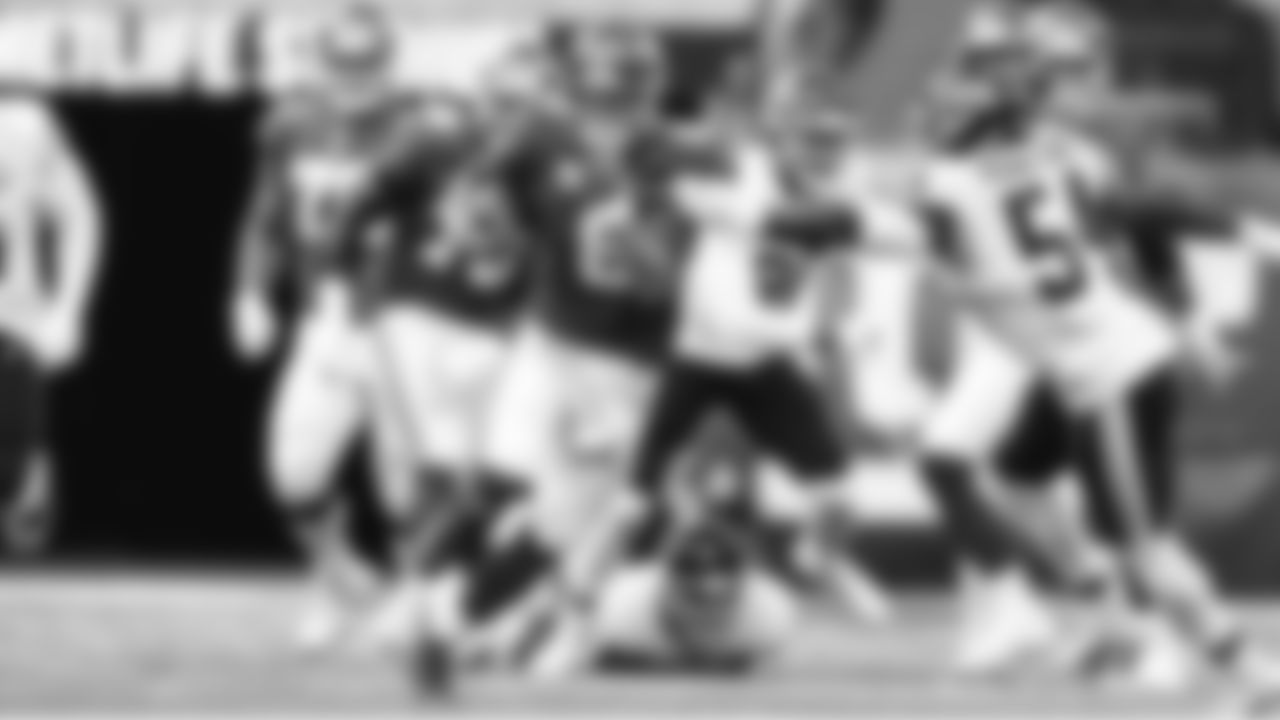

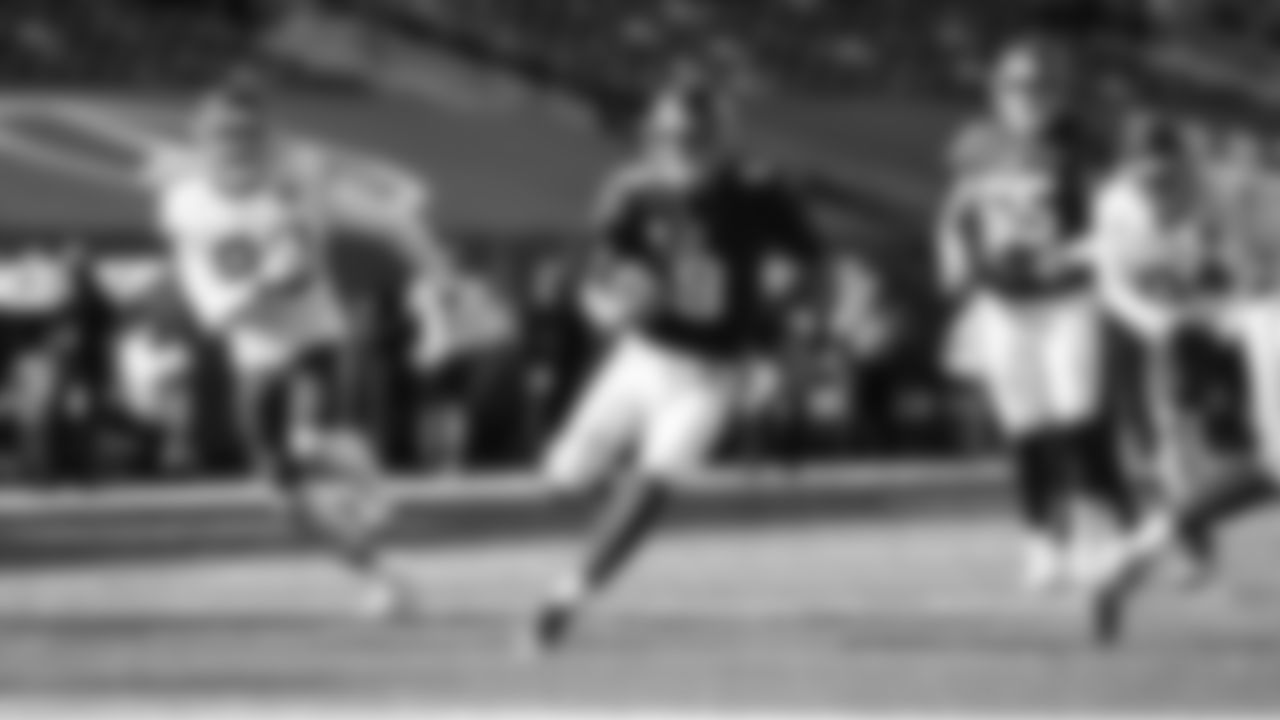
Daniel Jones (8)
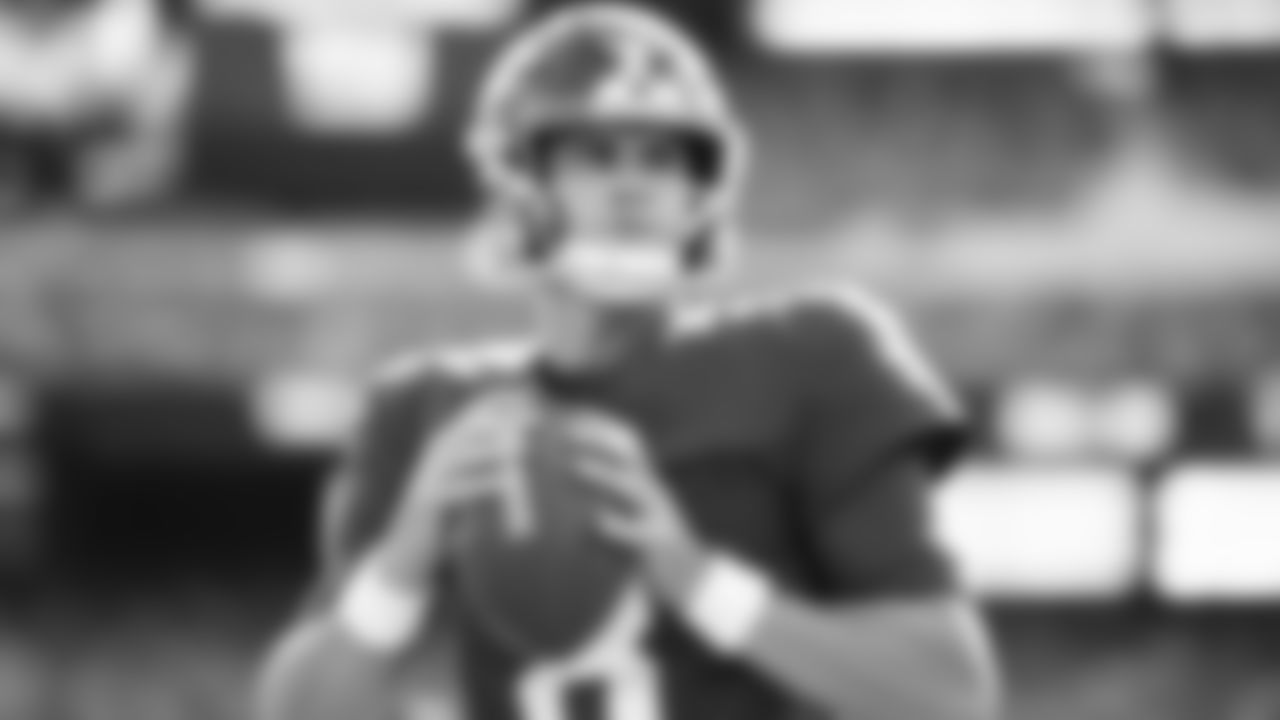
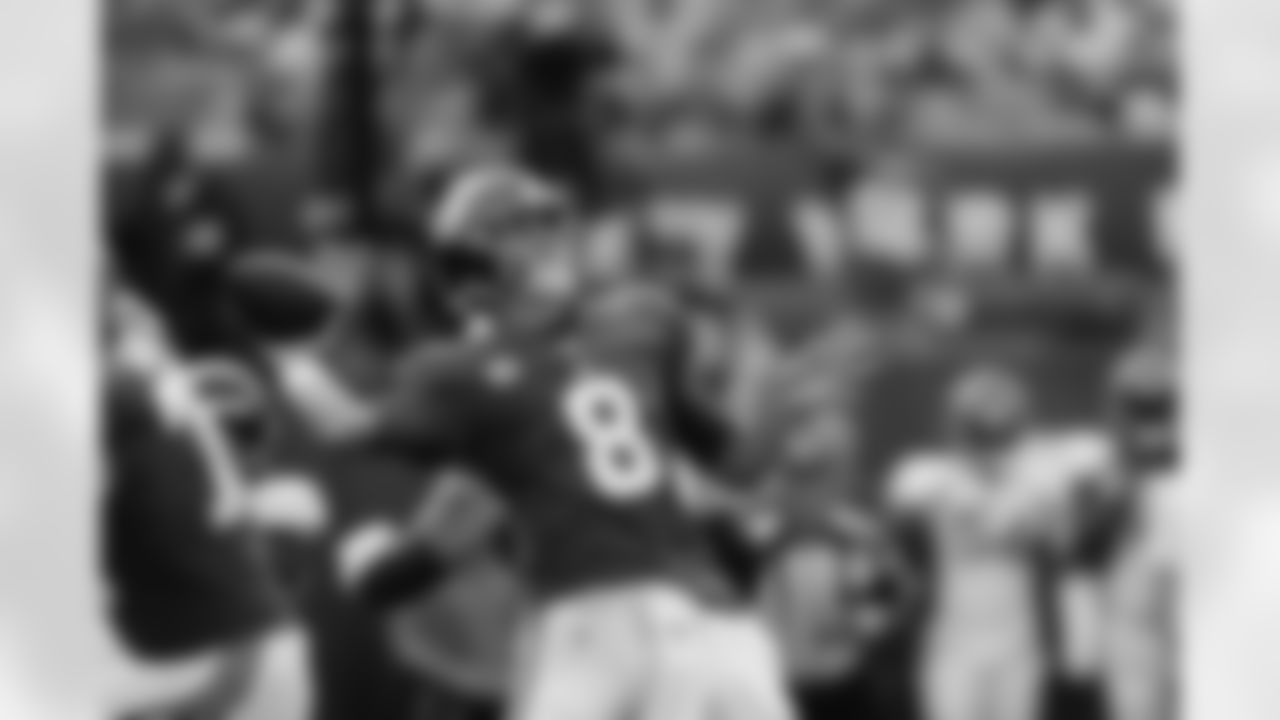
New York Giants quarterback Daniel Jones in action during an NFL football game against the Denver Broncos Sunday, Sept. 12, 2021, in East Rutherford, N.J. (AP Photo/Matt Rourke)

Daniel Jones (8)

Daniel Jones (8)
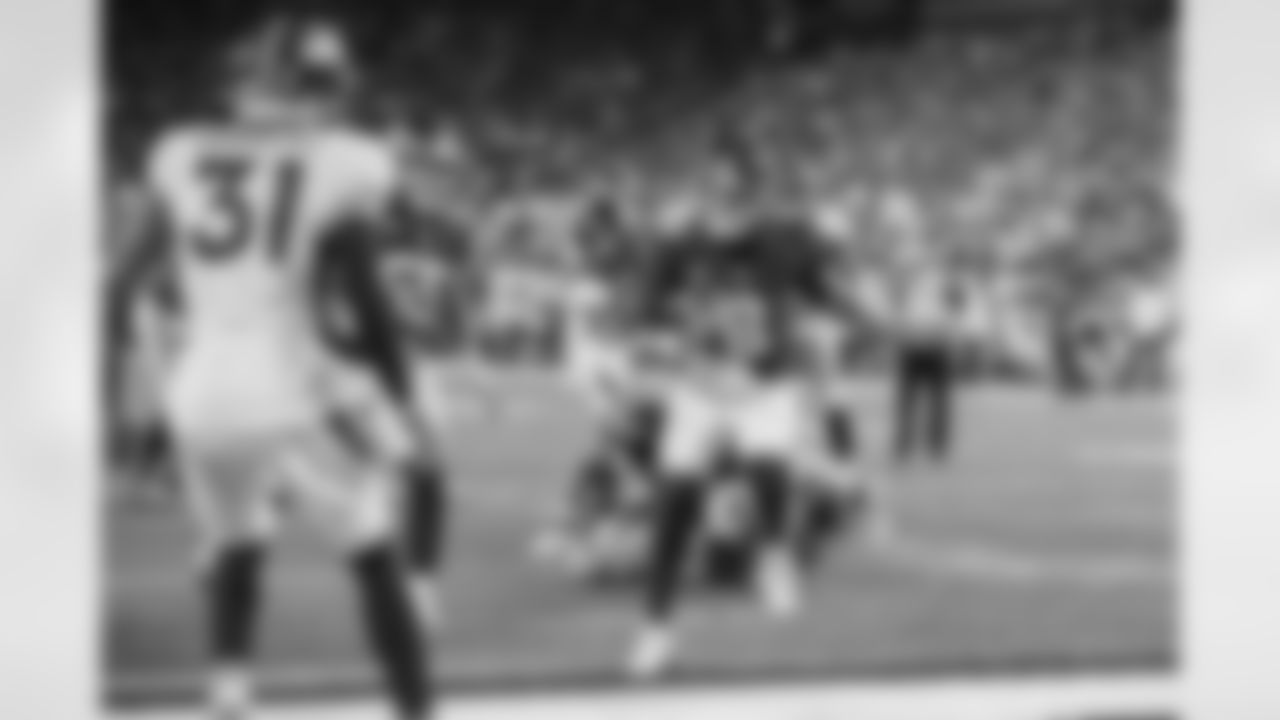
Daniel Jones (8)

Daniel Jones (8)

New York Giants quarterback Daniel Jones (8) during a week 1 game against the Denver Broncos on September 12th, 2021 in East Rutherford, New Jersey

New York Giants quarterback Daniel Jones (8) during a week 2 Thursday Night football game against the Washington Football Team on Thursday September 16th, 2021 in Landover, Maryland.

New York Giants quarterback Daniel Jones (8) celebrates a touchdown run during a week 2 Thursday Night football game against the Washington Football Team on Thursday September 16th, 2021 in Landover, Maryland.

New York Giants quarterback Daniel Jones (8) during a week 1 game against the Denver Broncos on September 12th, 2021 in East Rutherford, New Jersey

New York Giants quarterback Daniel Jones (8) runs with the ball in an NFL game against the Washington Football Team, Thursday, Sept. 16, 2021, in Landover, Md. The Washington Football Team defeated the Giants 30-29. (Margaret Bowles via AP)
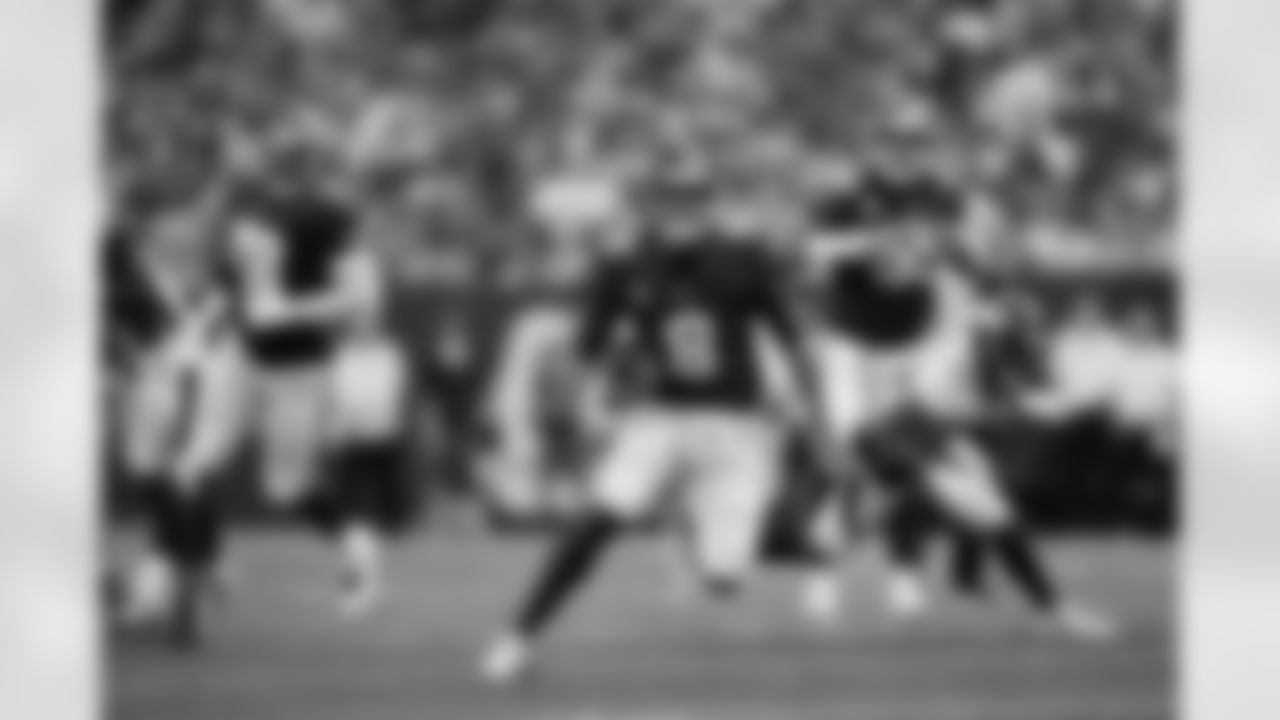
New York Giants quarterback Daniel Jones in action during an NFL football game against the Denver Broncos Sunday, Sept. 12, 2021, in East Rutherford, N.J. (AP Photo/Matt Rourke)
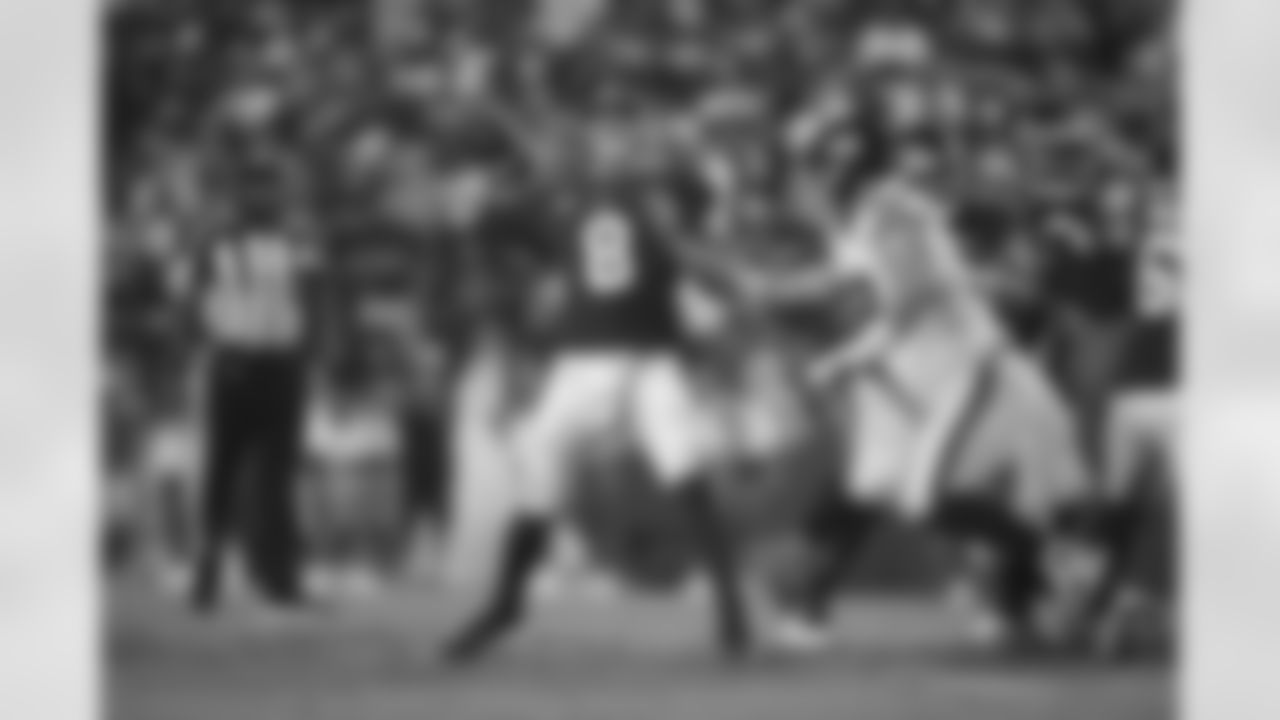
New York Giants quarterback Daniel Jones (8) throws over Washington Football Team defensive tackle Matt Ioannidis (98) during an NFL game, Thursday, Sep. 16, 2021, in Landover, Md. Washington beat the Giants 30-29. (Cooper Neill via AP)
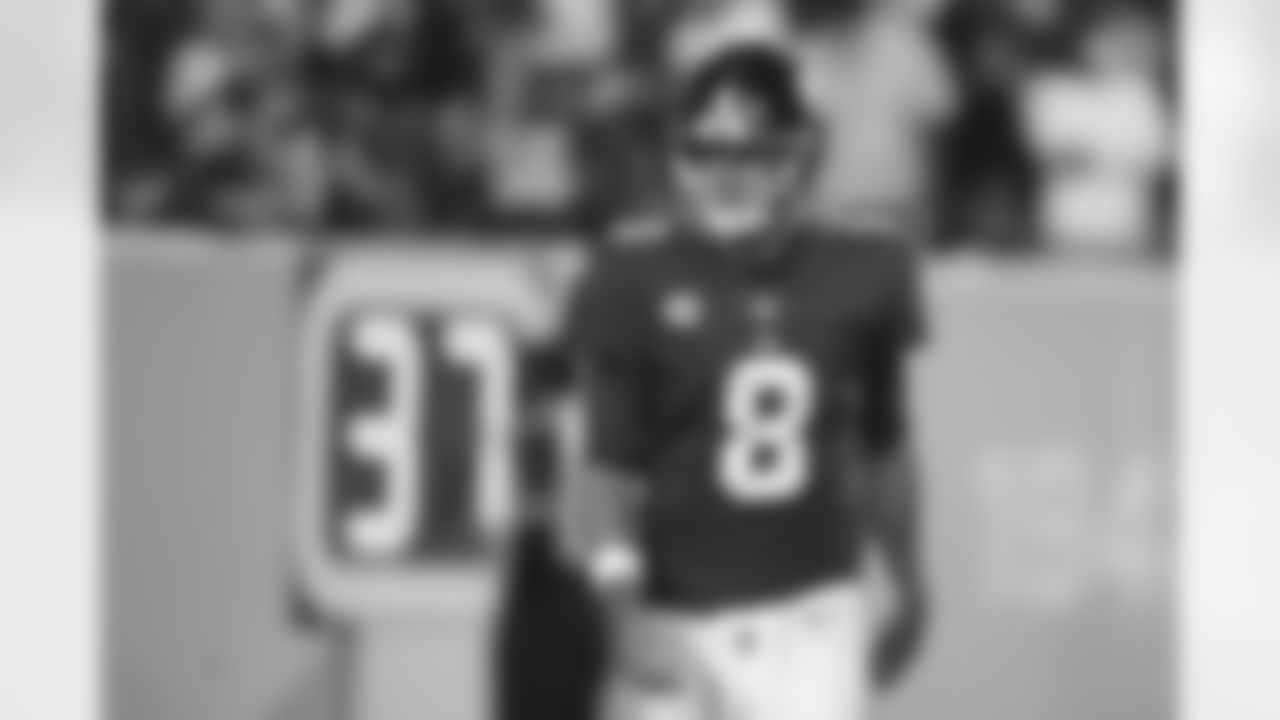
New York Giants quarterback Daniel Jones (8) looks on against the Washington Football Team during an NFL game, Thursday, Sep. 16, 2021, in Landover, Md. Washington beat the Giants 30-29. (Cooper Neill via AP)
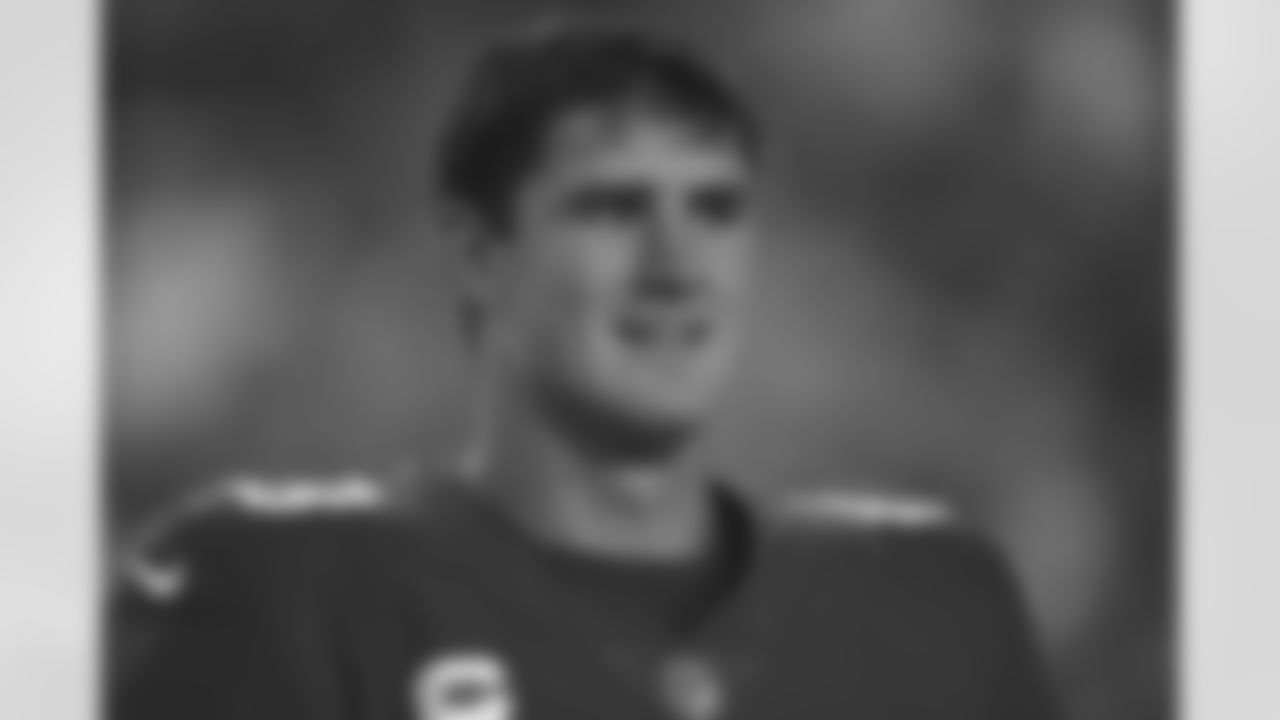
New York Giants quarterback Daniel Jones (8) looks on during the national anthem against the Washington Football Team prior to an NFL Game, Thursday, Sep. 16, 2021, in Landover, Md. Washington beat the Giants 30-29. (Cooper Neill via AP)

New York Giants quarterback Daniel Jones (8) runs the ball against the Washington Football Team during an NFL game, Thursday, Sep. 16, 2021, in Landover, Md. Washington beat the Giants 30-29. (Cooper Neill via AP)

New York Giants quarterback Daniel Jones (8) runs during an NFL football game against the Washington Football Team, Thursday, Sept. 16, 2021 in Landover, Md. (AP Photo/Daniel Kucin Jr.)

New York Giants quarterback Daniel Jones (8) looks to pass the ball during the fourth quarter of an NFL football game against the Washington Football Team, Thursday, Sept. 16, 2021, in Landover, Md. (AP Photo/Terrance Williams)
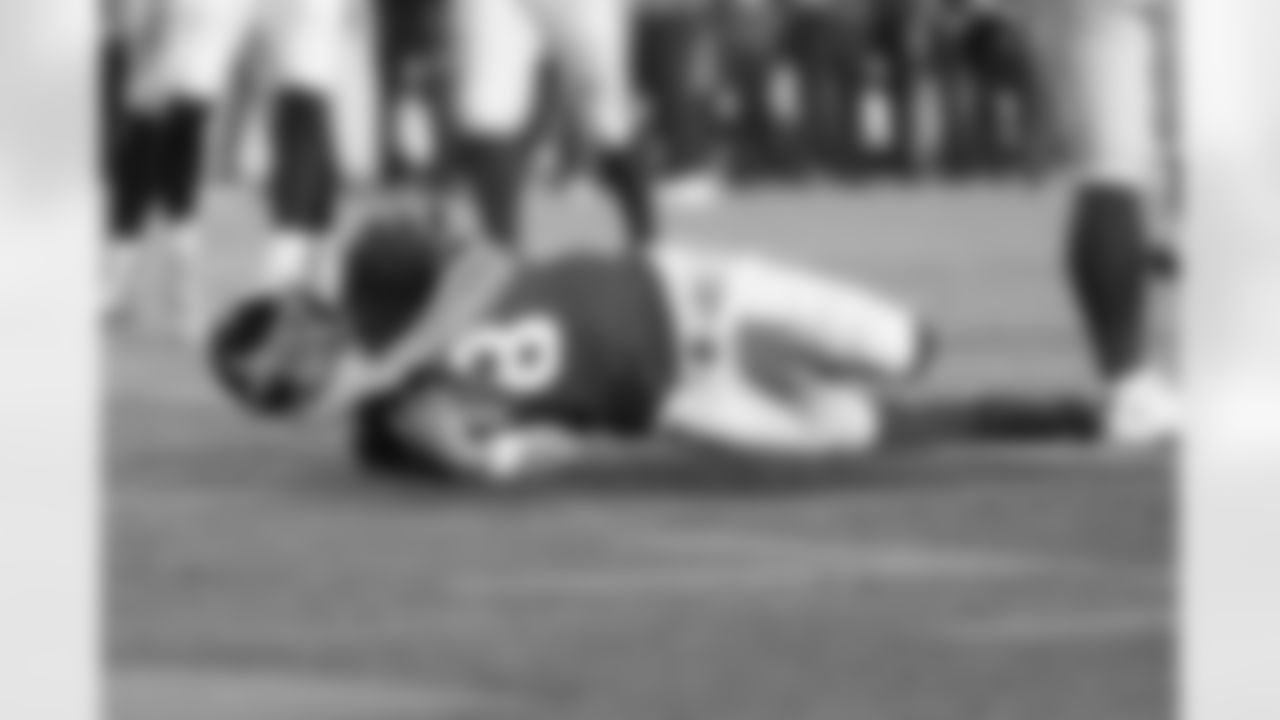
New York Giants quarterback Daniel Jones (8) scoring a touchdown against the Washington Football Team during the first half of an NFL football game, Thursday, Sept. 16, 2021, in Landover, Md. (AP Photo/Patrick Semansky)

Daniel Jones (8)

New York Giants quarterback Daniel Jones (8) runs the ball during the first half of an NFL football game against the Washington Football Team, Thursday, Sept. 16, 2021, in Landover, Md. (AP Photo/Terrance Williams)

New York Giants quarterback Daniel Jones in action during an NFL football game against the Denver Broncos Sunday, Sept. 12, 2021, in East Rutherford, N.J. (AP Photo/Matt Rourke)

Daniel Jones (8), Saquon Barkley (26)

New York Giants quarterback Daniel Jones (8) throws a pass to Saquon Barkley (26) during a week 2 Thursday Night football game against the Washington Football Team on Thursday September 16th, 2021 in Landover, Maryland.

New York Giants quarterback Daniel Jones (8) carries the ball during a Week 4 football game against the New Orleans Saints on Sunday October 3, 2021 in New Orleans, Louisiana

New York Giants quarterback Daniel Jones (8) carries the ball during a Week 4 football game against the New Orleans Saints on Sunday October 3, 2021 in New Orleans, Louisiana

New York Giants quarterback Daniel Jones (8) throws a pass during a Week 4 football game against the New Orleans Saints on Sunday October 3, 2021 in New Orleans, Louisiana

New York Giants quarterback Daniel Jones (8) during a week 1 game against the Denver Broncos on September 12th, 2021 in East Rutherford, New Jersey

New York Giants quarterback Daniel Jones (8) looks to pass after breaking away from Atlanta Falcons defensive end Dante Fowler Jr. (6) during the first half of an NFL football game, Sunday, Sept. 26, 2021, in East Rutherford, N.J. (AP Photo/Seth Wenig)

New York Giants quarterback Daniel Jones (8) throws a pass during a Week 4 football game against the New Orleans Saints on Sunday October 3, 2021 in New Orleans, Louisiana

New York Giants quarterback Daniel Jones (8) during a week 1 game against the Denver Broncos on September 12th, 2021 in East Rutherford, New Jersey

New York Giants quarterback Daniel Jones (8) looks for an open man during the second half of an NFL football game against the Washington Football Team, Thursday, Sept. 16, 2021, in Landover, Md. Washington won 30 - 29. (AP Photo/Al Drago)
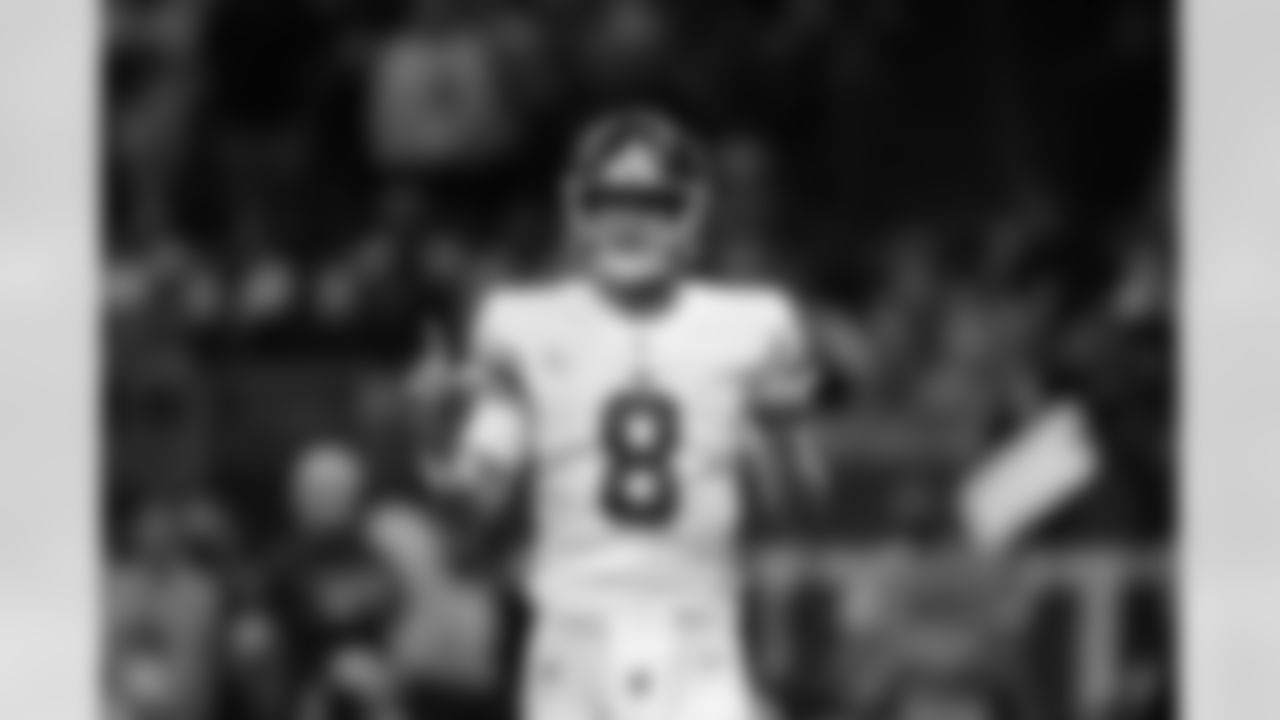
New York Giants quarterback Daniel Jones (8) calls out between plays in the first half of an NFL football game against the New Orleans Saints in New Orleans, Sunday, Oct. 3, 2021. (AP Photo/Brett Duke)
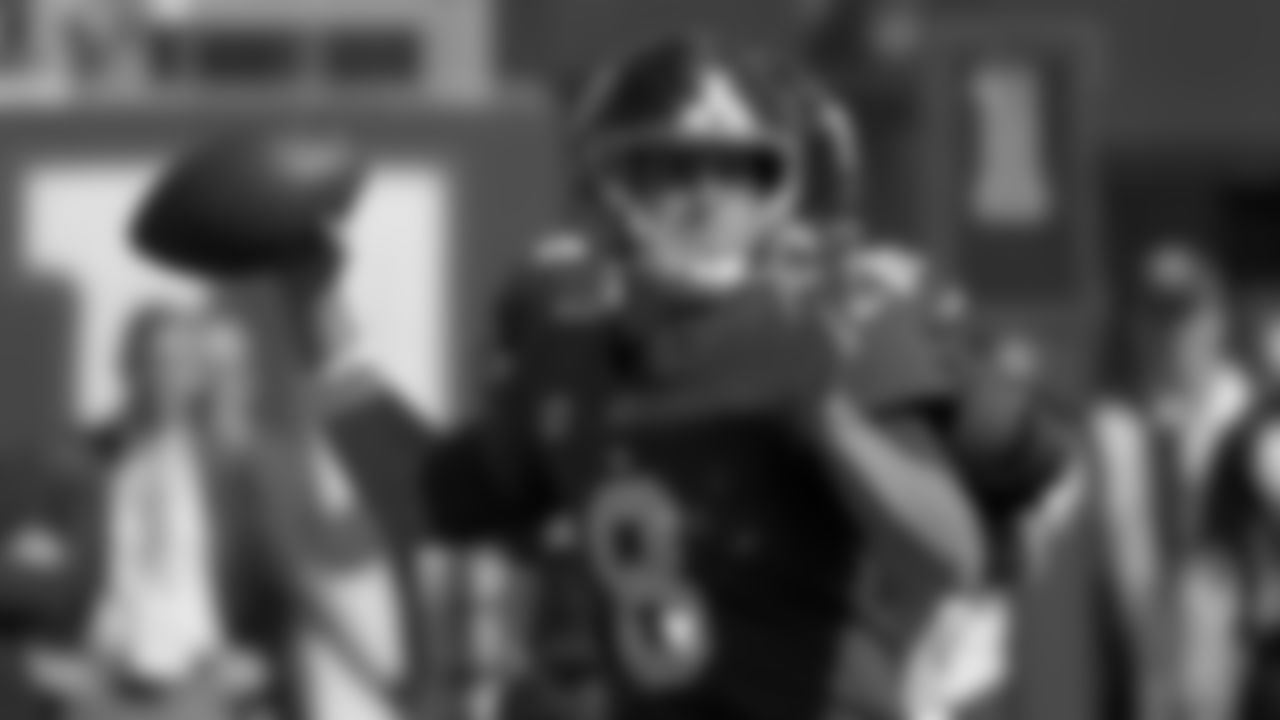
New York Giants quarterback Daniel Jones passes during the first half of an NFL football game against the Atlanta Falcons, Sunday, Sept. 26, 2021, in East Rutherford, N.J. (AP Photo/Bill Kostroun)

New York Giants quarterback Daniel Jones (8) during a NFL football game against the Green Bay Packers, Sunday October 9, 2022 in Tottenham Hotspur Stadium Credit Evan/New York Giants

Daniel Jones (8)

Daniel Jones (8)

Daniel Jones (8)

Daniel Jones (8), Andrew Thomas (78)
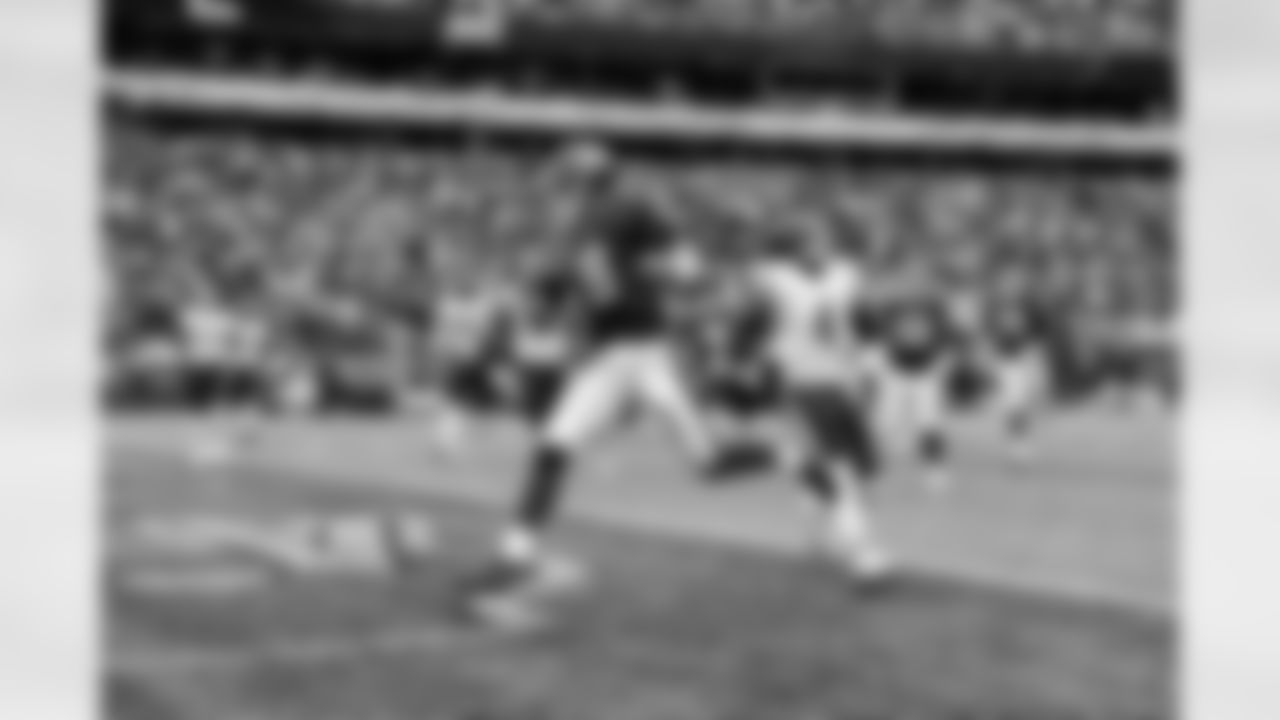
Daniel Jones (8)

Daniel Jones (8)

Daniel Jones (8)

Daniel Jones (8)
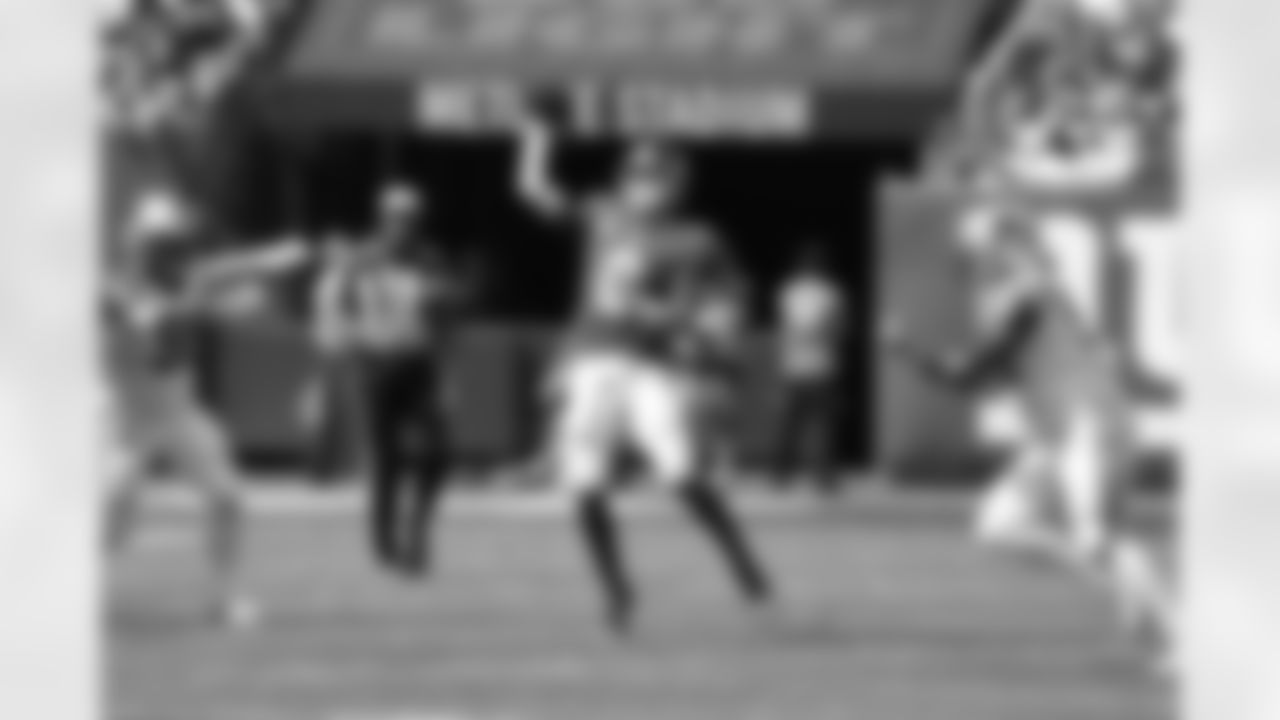
New York Giants quarterback Daniel Jones (8) throws a pass during a football game against the Carolina Panthers on Sunday September 18, 2022 in East Rutherford, New Jersey (Evan Pinkus/NY Giants)

New York Giants quarterback Daniel Jones (8) during a football game against the Chicago Bears on Sunday October 2, 2022 in East Rutherford, New Jersey (Evan Pinkus/NY Giants)

Daniel Jones

New York Giants quarterback Daniel Jones (8) during a football game against the Baltimore Ravens on Sunday October 16, 2022 in East Rutherford, New Jersey (Evan Pinkus/NY Giants)


The New York Giants take on the Baltimore Ravens at Metlife Stadium in East Rutherford, NJ on Sunday October 16, 2022. (Ben Solomon/New York Giants)

New York Giants quarterback Daniel Jones (8)gets introduced before a football game against the Baltimore Ravens on Sunday October 16, 2022 in East Rutherford, New Jersey (Evan Pinkus/NY Giants)

Daniel Jones
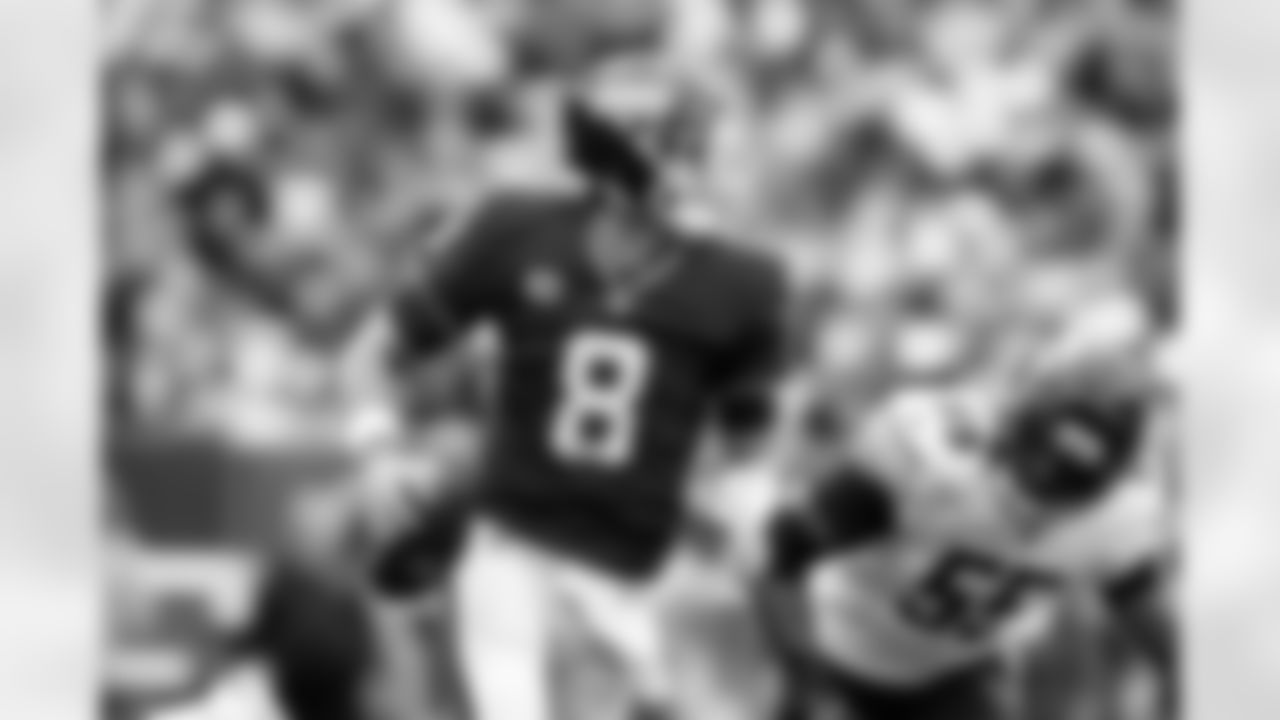
Daniel Jones (8)

Daniel Jones (8)

Daniel Jones (8)

Daniel Jones (8)

Daniel Jones (8)

New York Giants quarterback Daniel Jones (8) during a NFL football game against the Green Bay Packers, Sunday October 9, 2022 in Tottenham Hotspur Stadium Credit Evan/New York Giants

New York Giants quarterback Daniel Jones (8) during a week 7 football game against the Carolina Panthers on Sunday October 24th, 2021 in East Rutherford, New Jersey

Daniel Jones (8),
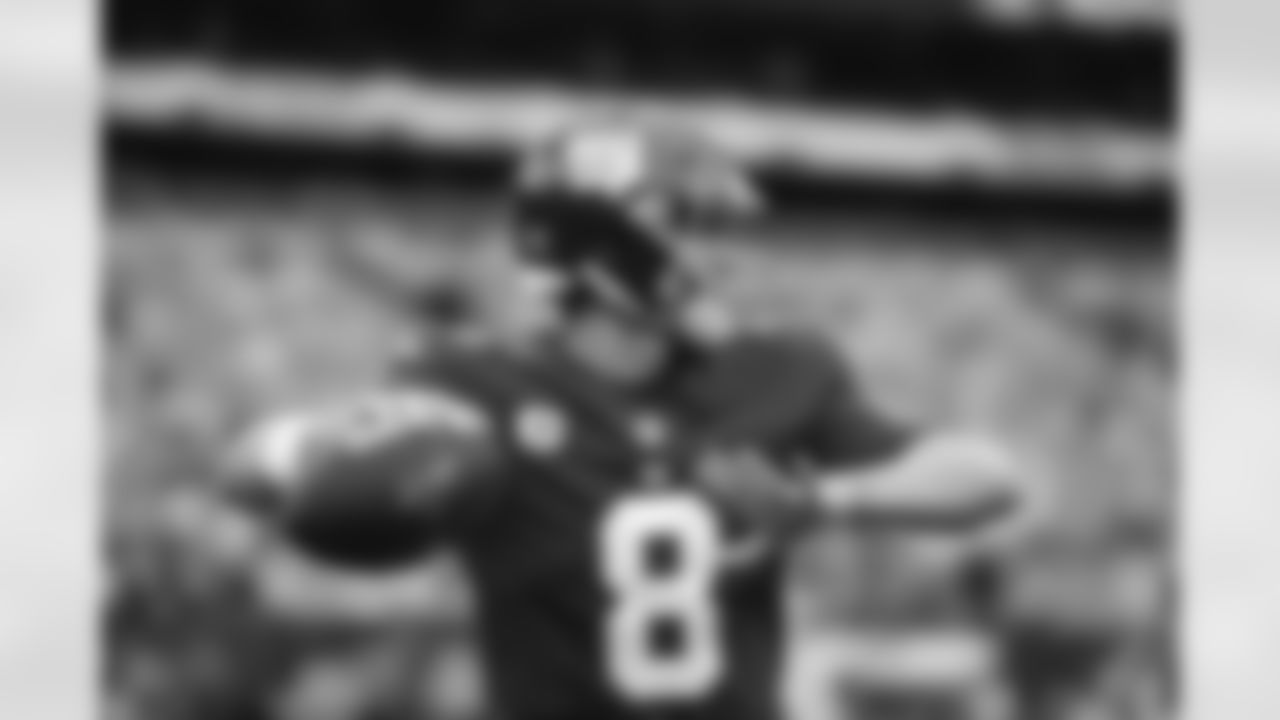
Daniel Jones (8)

New York Giants quarterback Daniel Jones (8) during a week 7 football game against the Carolina Panthers on Sunday October 24th, 2021 in East Rutherford, New Jersey

New York Giants tight end Daniel Bellinger (82) celebrates a touchdown catch with New York Giants quarterback Daniel Jones (8) during a football game against the Carolina Panthers on Sunday September 18, 2022 in East Rutherford, New Jersey (Evan Pinkus/NY Giants)

New York Giants quarterback Daniel Jones (8) during a week 7 football game against the Carolina Panthers on Sunday October 24th, 2021 in East Rutherford, New Jersey

Daniel Jones (8)

Daniel Jones

Daniel Jones (8)

Daniel Jones (8)


Daniel Jones (8)

Daniel Jones

Daniel Jones (8)

The New York Giants take on the Baltimore Ravens at Metlife Stadium in East Rutherford, NJ on Sunday October 16, 2022. (Ben Solomon/New York Giants)


Daniel Jones (8)

New York Giants quarterback Daniel Jones (8) during a NFL football game against the Green Bay Packers, Sunday October 9, 2022 in Tottenham Hotspur Stadium Credit Evan/New York Giants
The best way to help a quarterback is by adding offensive linemen.
John Schmeelk: Fact - Having explosive weapons to throw to is a big help for quarterbacks, but without good offensive linemen, their impact can be blunted. The Super Bowl should be the only evidence anyone needs. The Chiefs had Patrick Mahomes and their array of offensive weapons, but without a healthy offensive line in front of him to give him time to utilize them, the passing game couldn't function.
A team does not have to have a top-five or even top-10 offensive line in the league, but it is paramount they do not have a bottom-quarter offensive line when it comes to protecting the quarterback. Once a team meets the threshold of having an average line, upgrading at wide receiver is probably the better move. It should also be noted, however, that offensive linemen are generally tougher to find than receivers coming out of college and a team has to start five of them, which usually means reinforcing ang fortifying the future of the position is never over.
Dan Salomone: Fact – More than any other sport, the success of a player depends on the environment in the NFL. So, it takes the entire organization to help their quarterback, the most important position on the field. But in terms of acquiring personnel, the best way to help him is to keep him upright and give him a running game - the job requirement for offensive linemen.
Lance Medow: Fact - This is a fact raised to the fourth power, for those of you mathematicians. You can never have enough offensive linemen on a roster for the sake of depth and competition and those two factors directly impact the quarterback's performance. The best offenses in the NFL consistently protect the signal caller and that was made evident in Super Bowl 55. Chiefs' quarterback Patrick Mahomes absorbed three sacks and 10 quarterback hits while the Bucs' Tom Brady of the Bucs was sacked once and hit twice. On top of that, by the time Kansas City advanced to the biggest stage in the NFL, it had lost four of its five starting offensive linemen. Based on those developments, it's no coincidence that Tampa Bay claimed the Lombardi Trophy.
The main reason young receivers have been able to have early success is because the college game has crept into NFL offenses.
John Schmeelk: Fact - They are far from identical, but the distance between college and NFL offenses has shrunk in the last 10 years. The use of RPO's, for example, have crept into the NFL. Route combinations and concepts have also moved from the college game into the pros. Concepts that are easier to execute and do not require quite as much precise route-running and timing have become more common in the NFL. There are more quick screens and other plays designed to get the ball into the hands of an explosive wide receiver in the NFL than in the past. It's a big reason why wide receivers have been able to have more success earlier in their pro careers.
Dan Salomone: Fact – It's also why you've seen quarterbacks accomplish tremendous things in their first and second seasons. The same goes for wide receivers. More than that, they are expected to produce right away these days, as opposed to learning the ropes early in their careers.
Lance Medow: Fact - From the wide receiver perspective or based on what receivers are asked to do on the collegiate level, it's fair to say there's not that big of a transition to the NFL compared to other positions. In college, receivers are constantly moved around and asked to line up at different spots, much like the NFL. They're also exposed to a variety of defenses and schemes they'll see on the next level from man-to-man to zone to press coverage, etc. You can argue the biggest adjustment for receivers is having to get both feet inbounds on a catch in the NFL compared to just one in college.



















